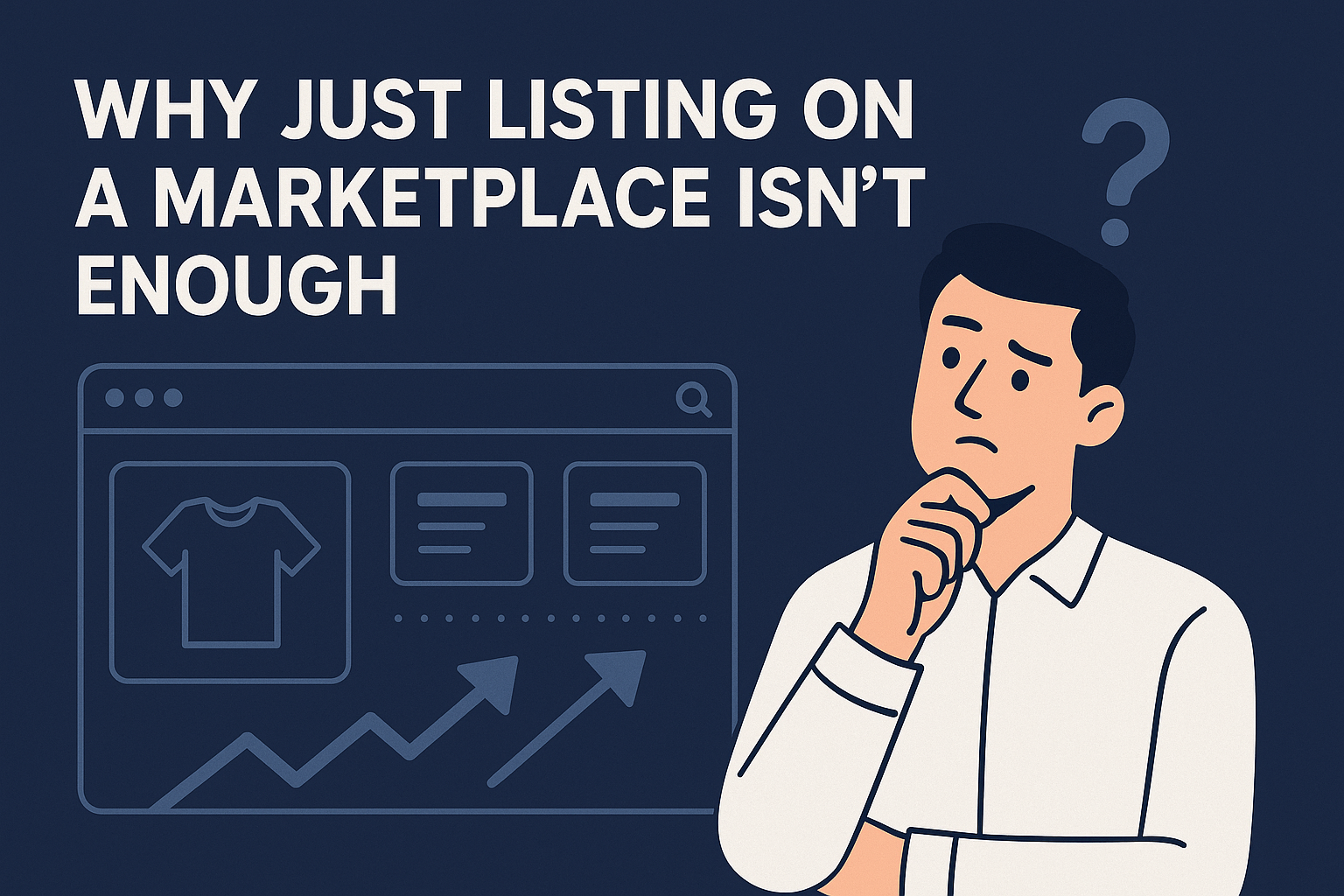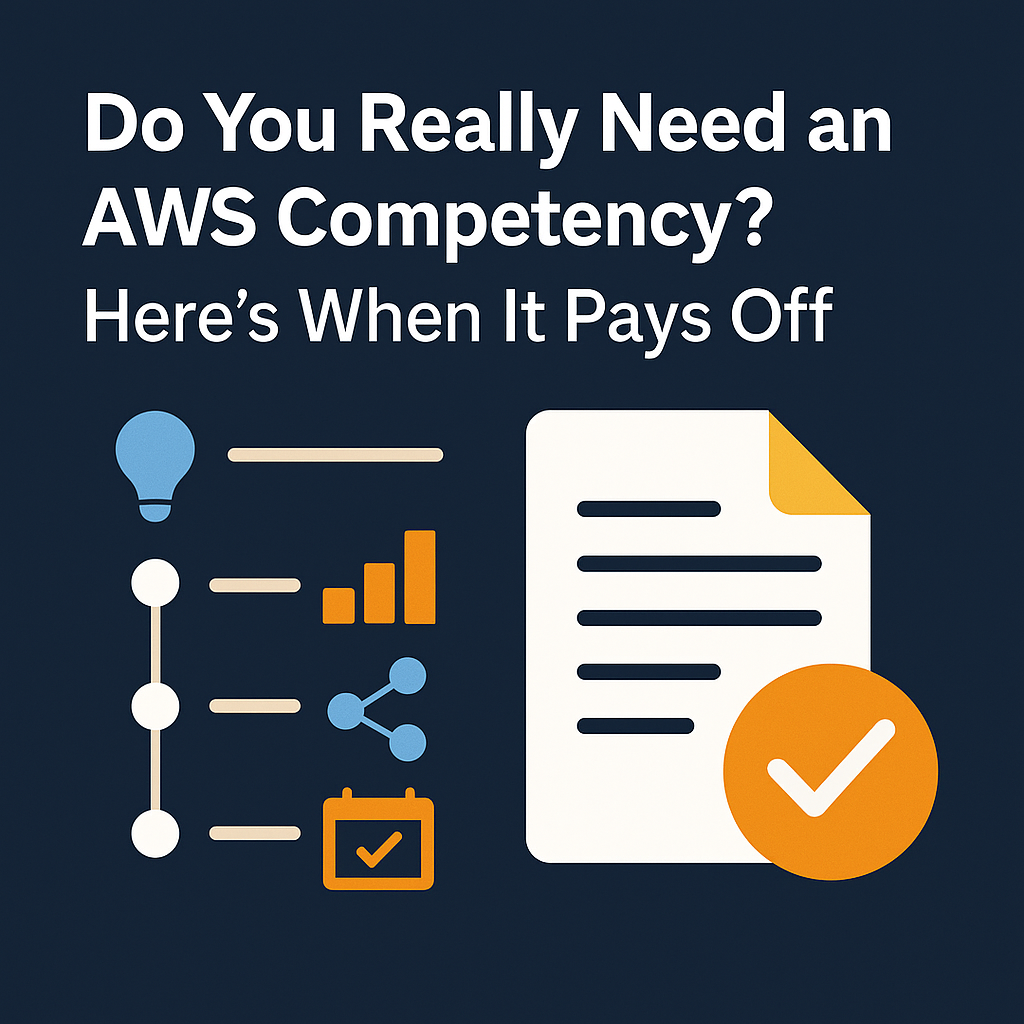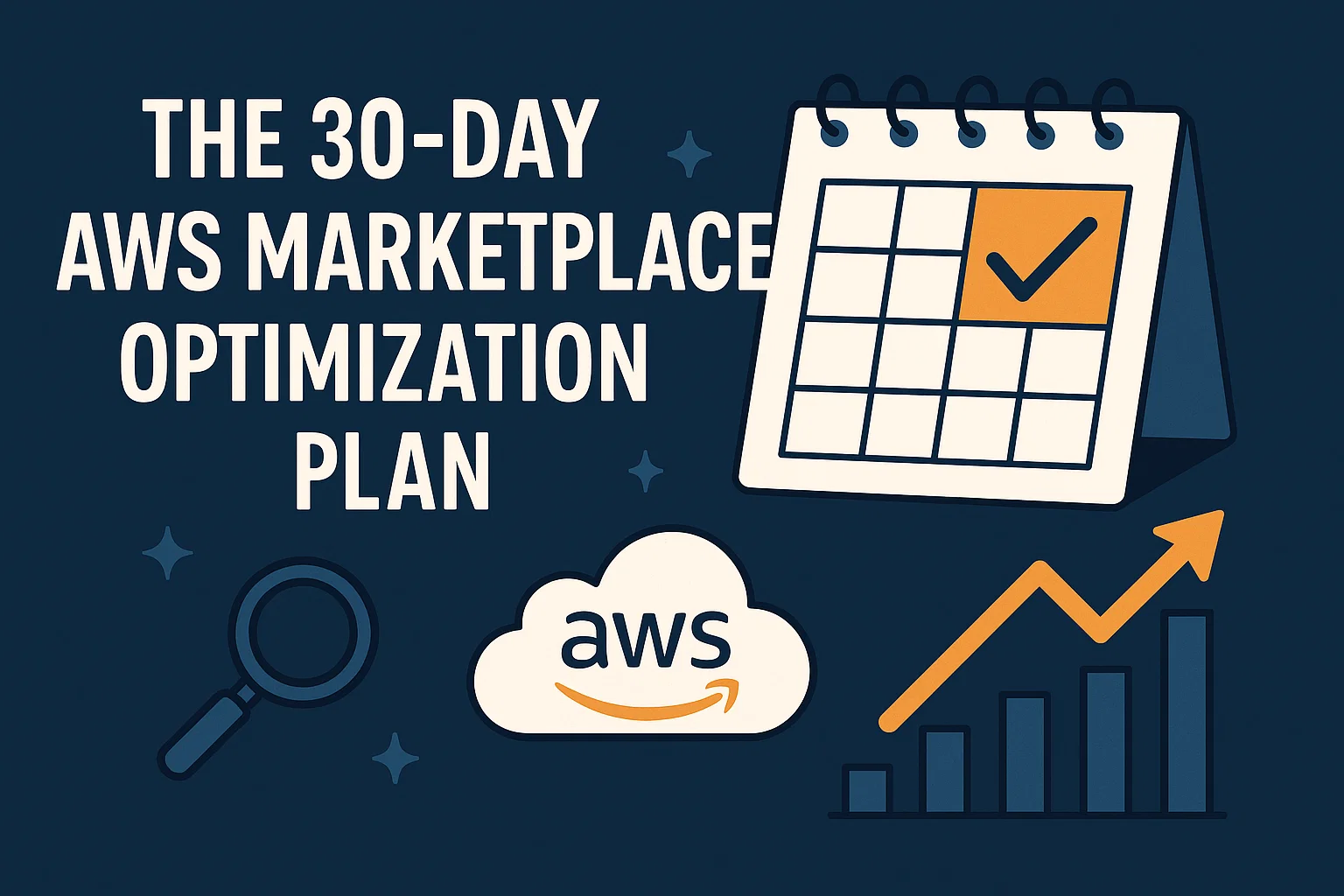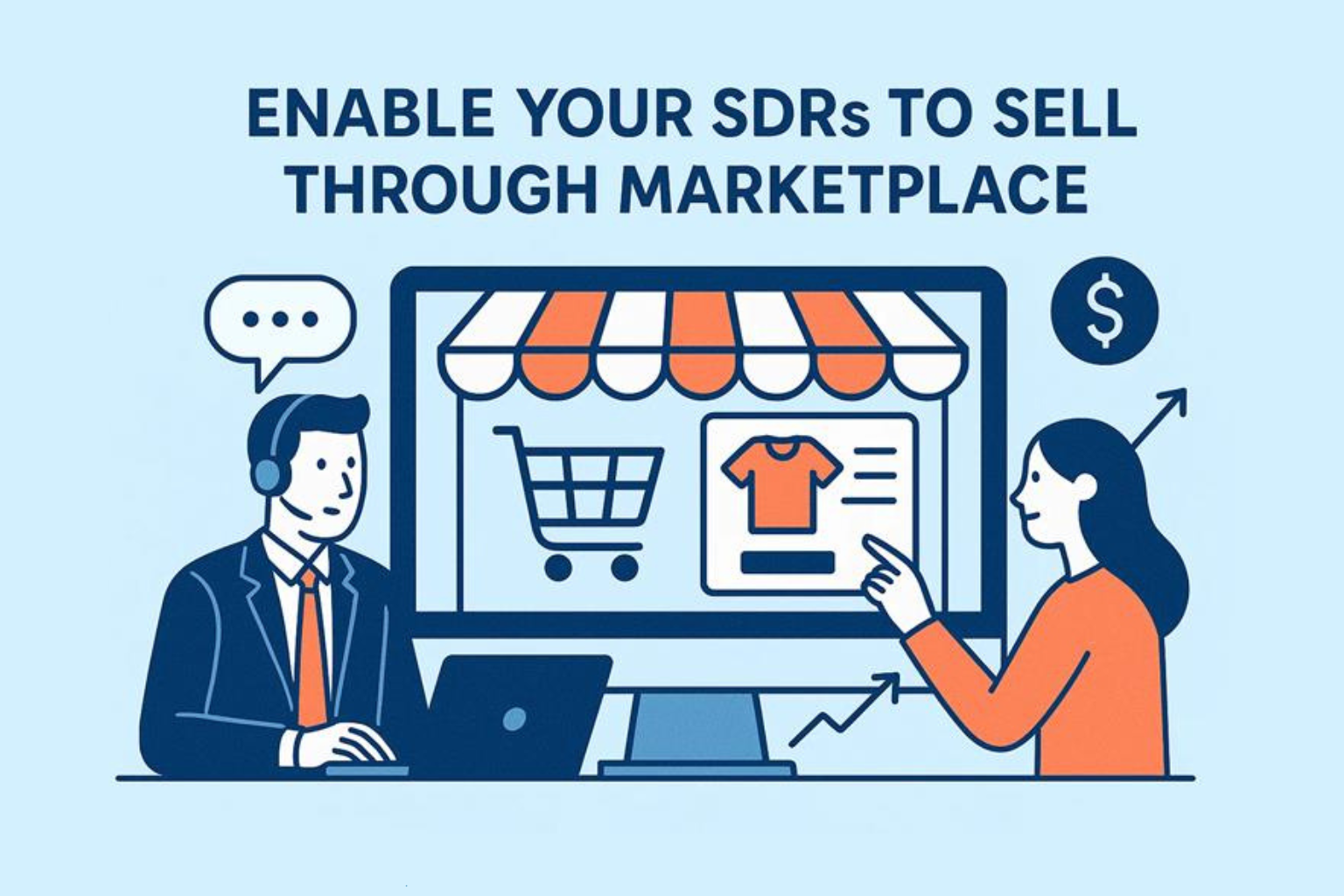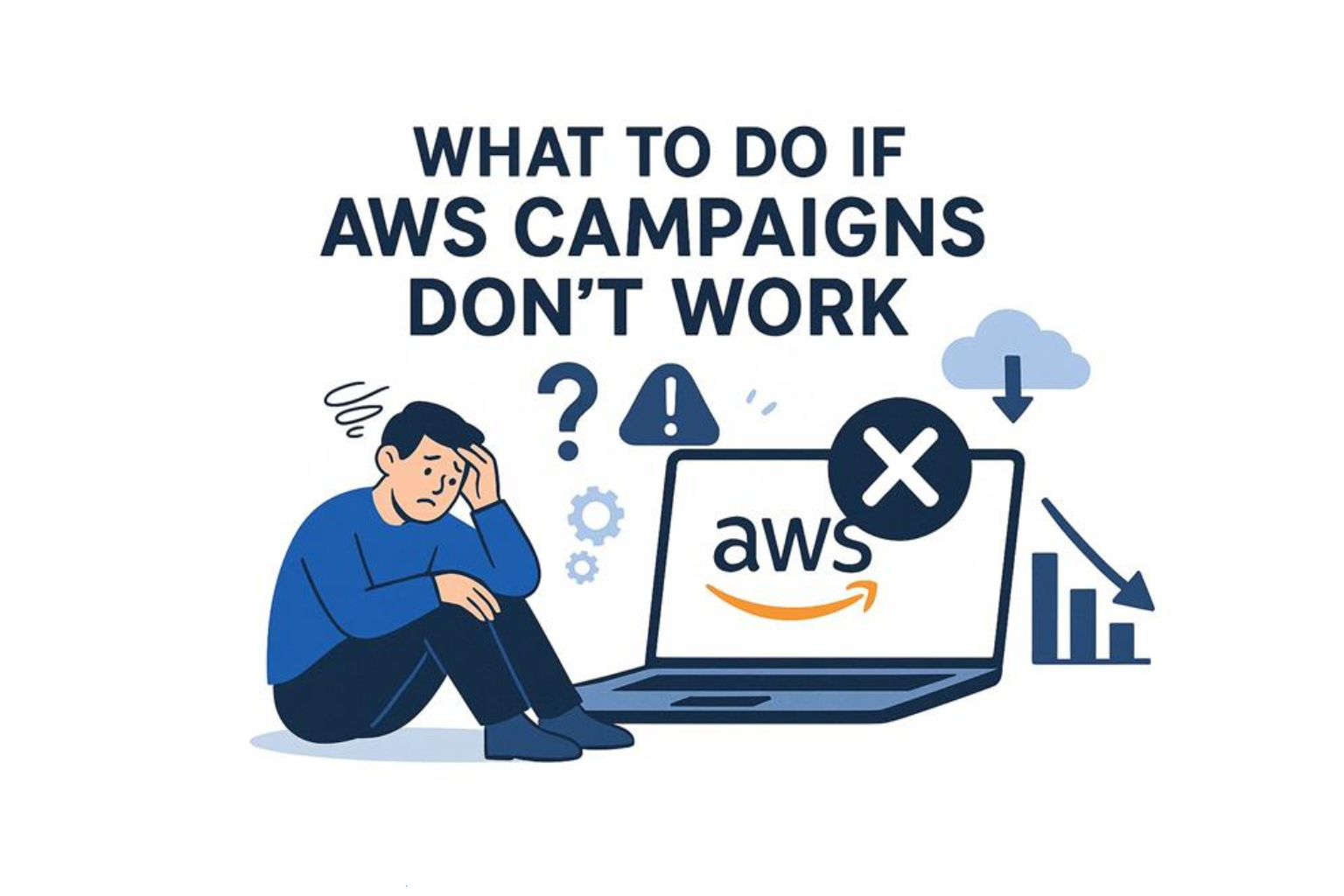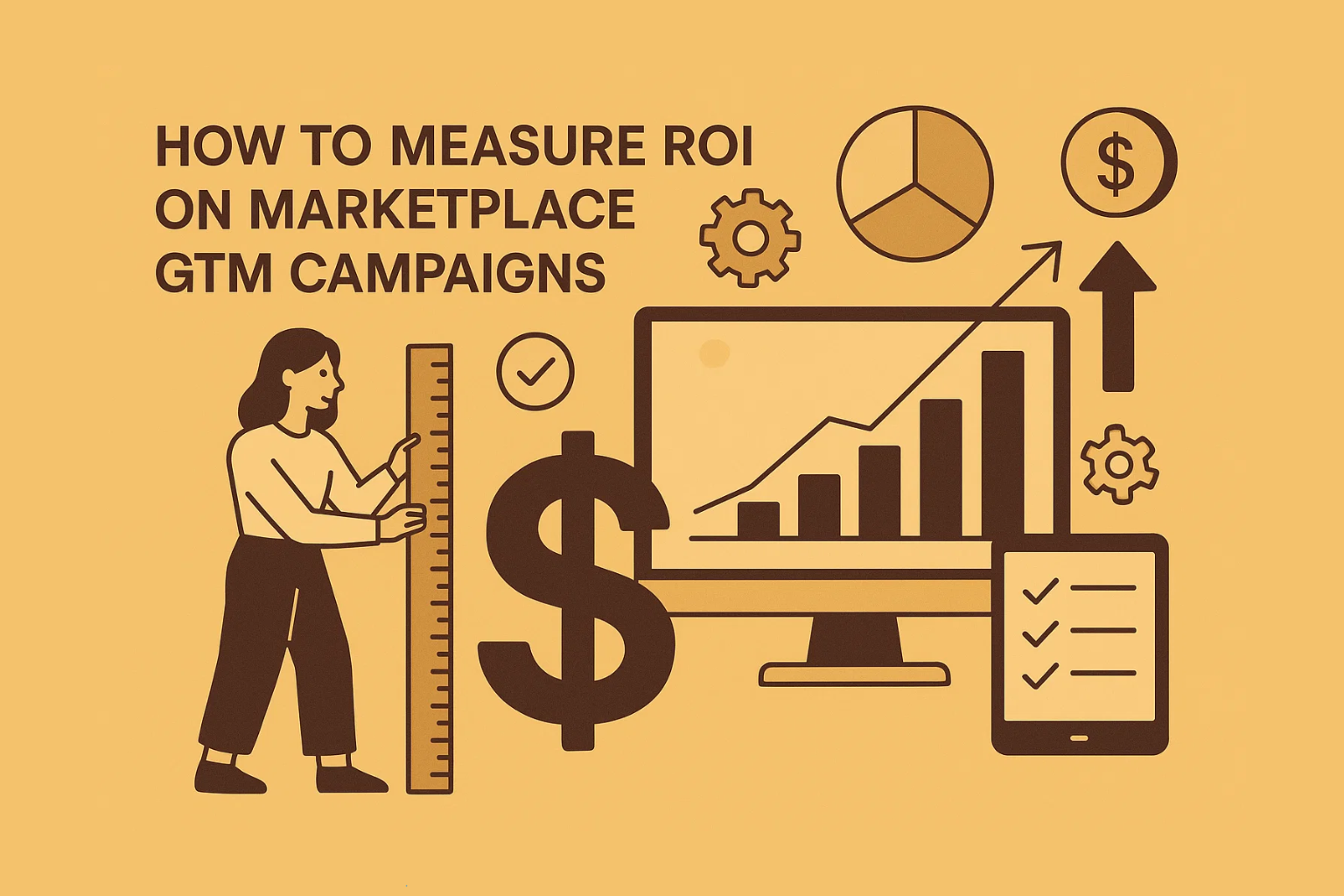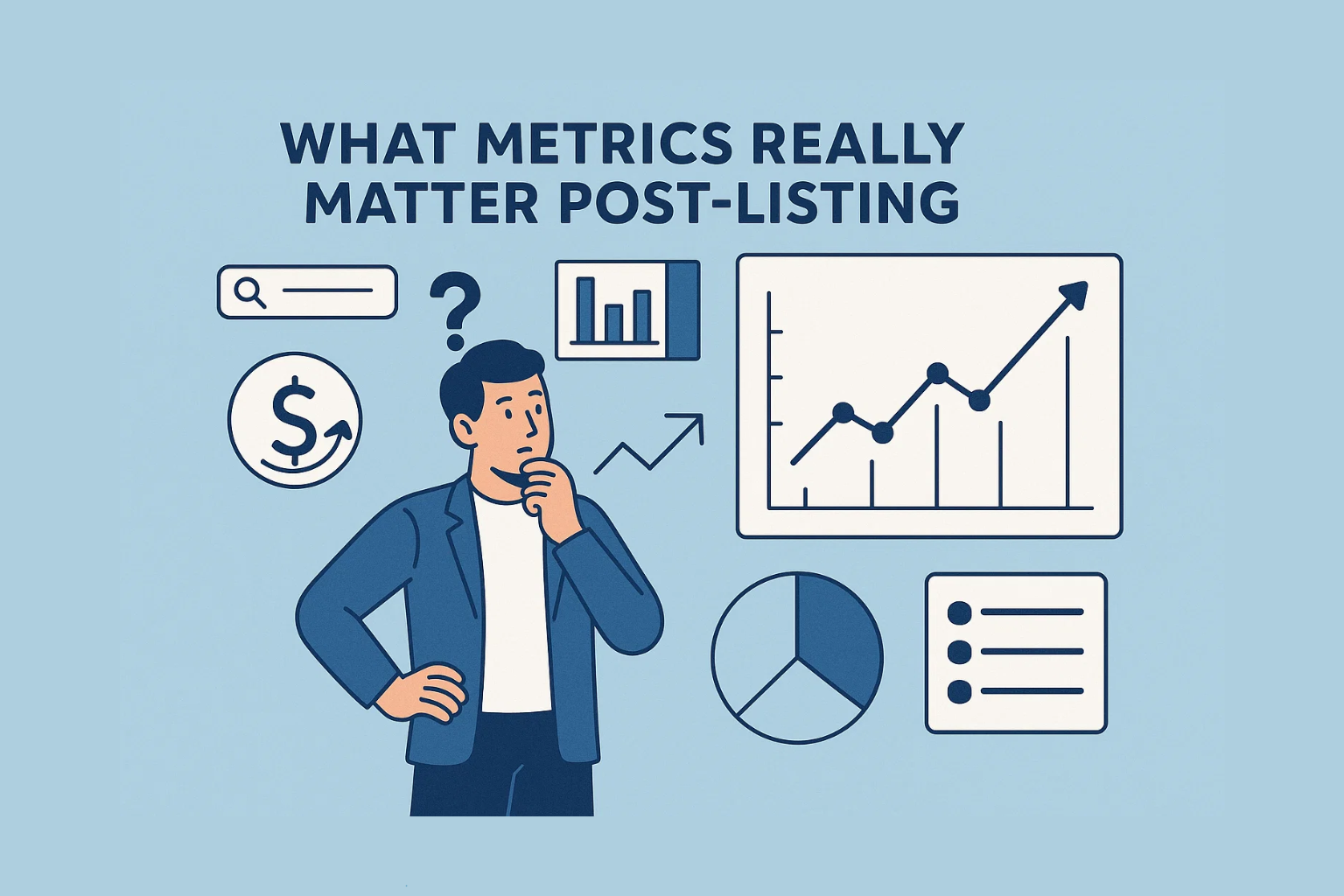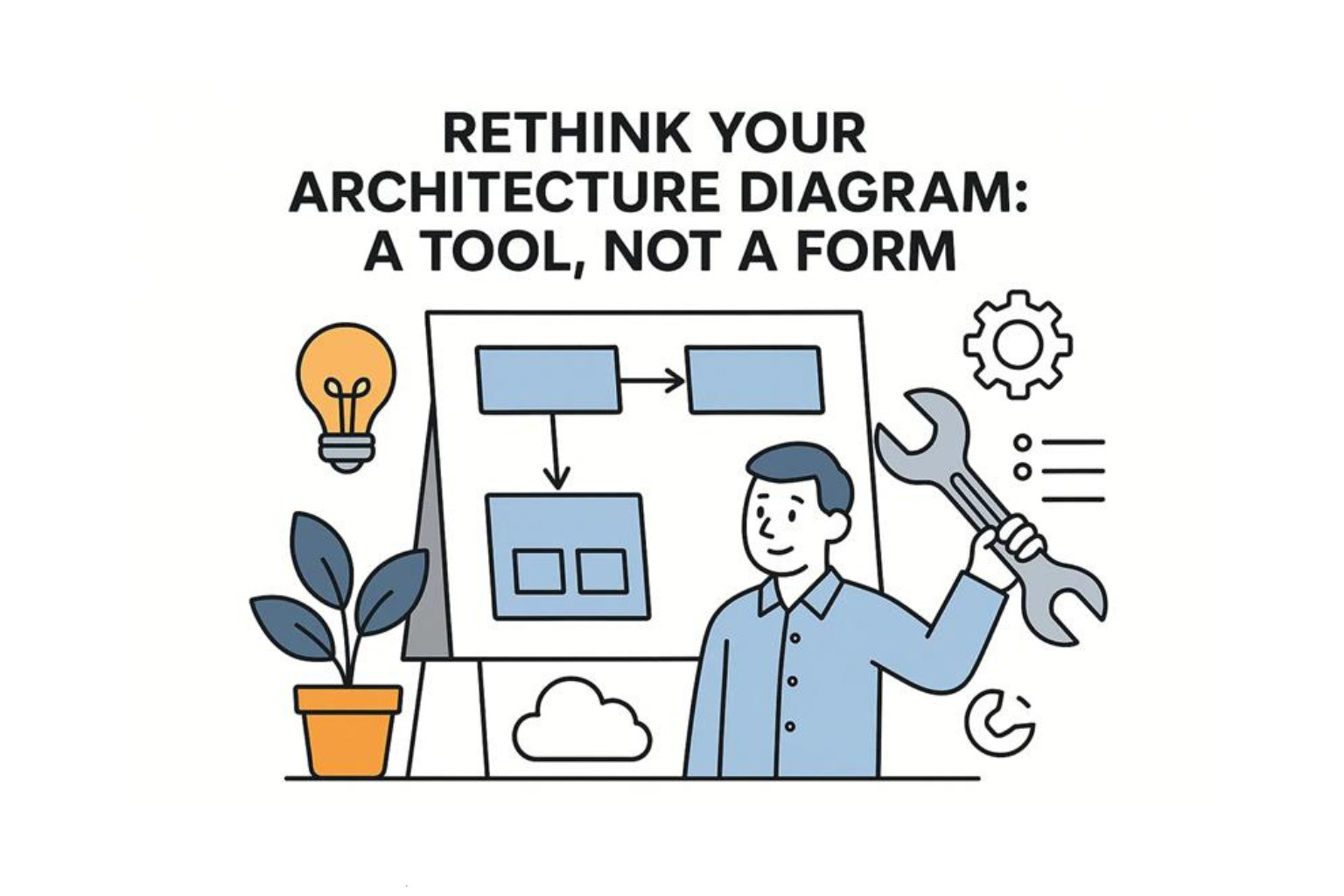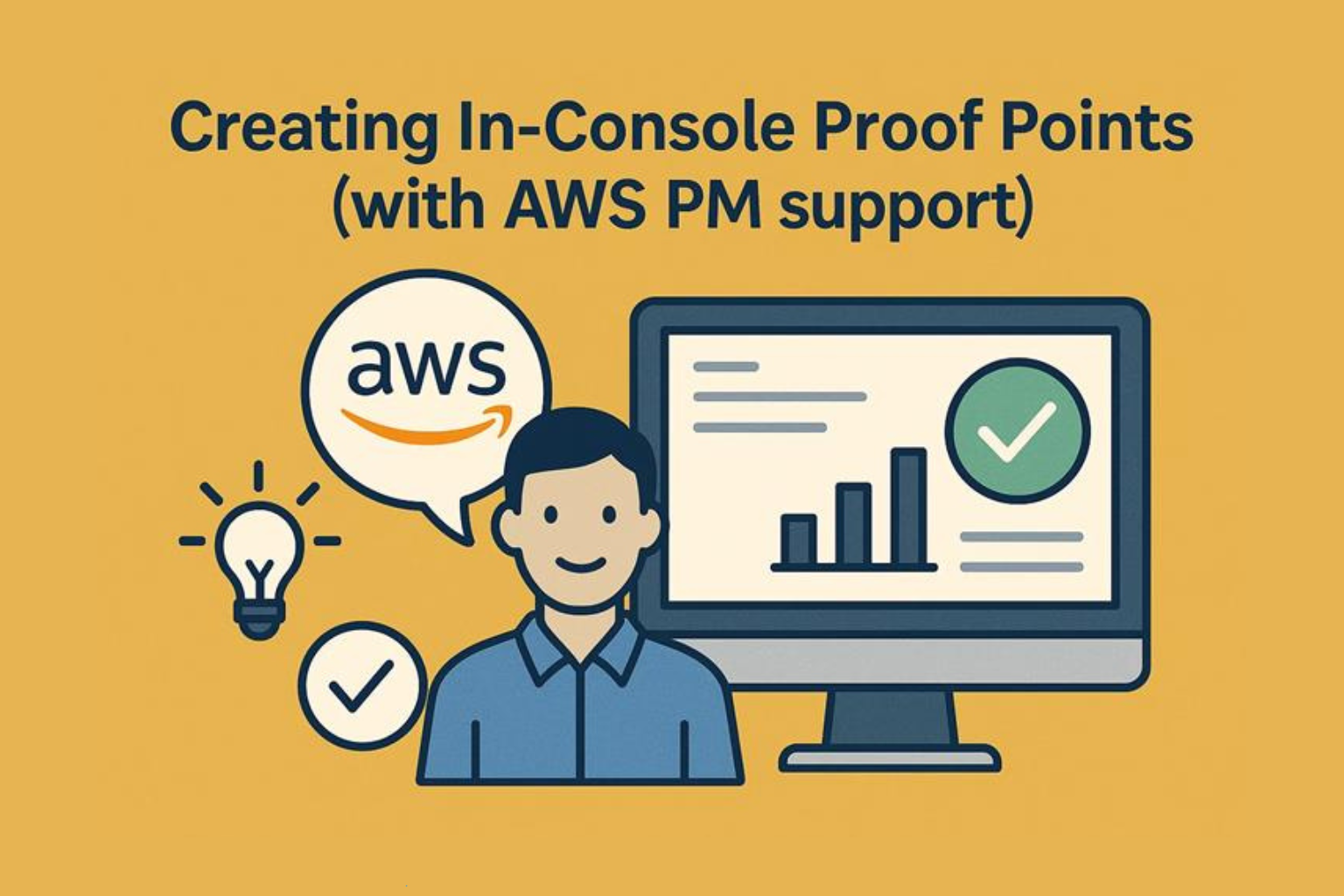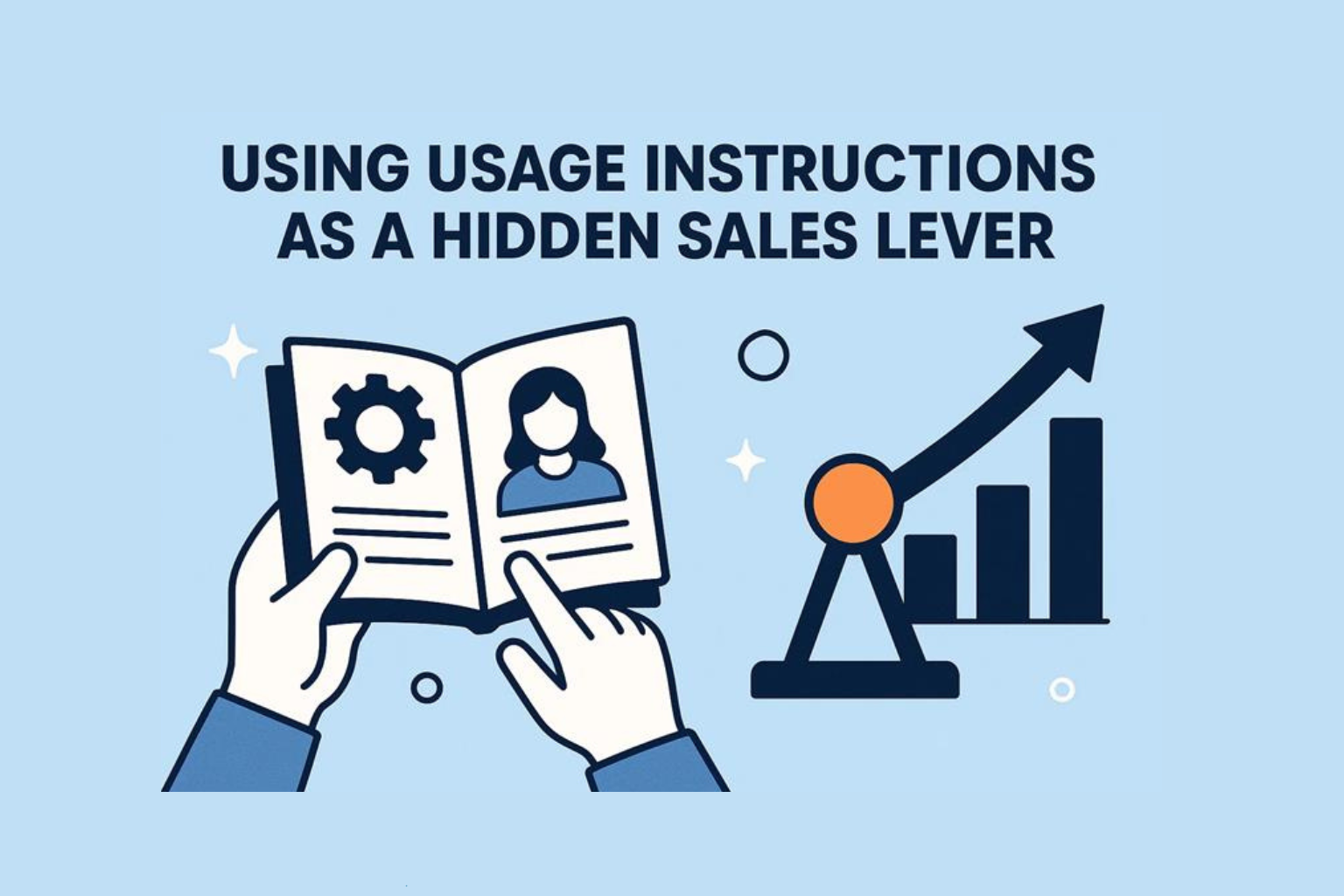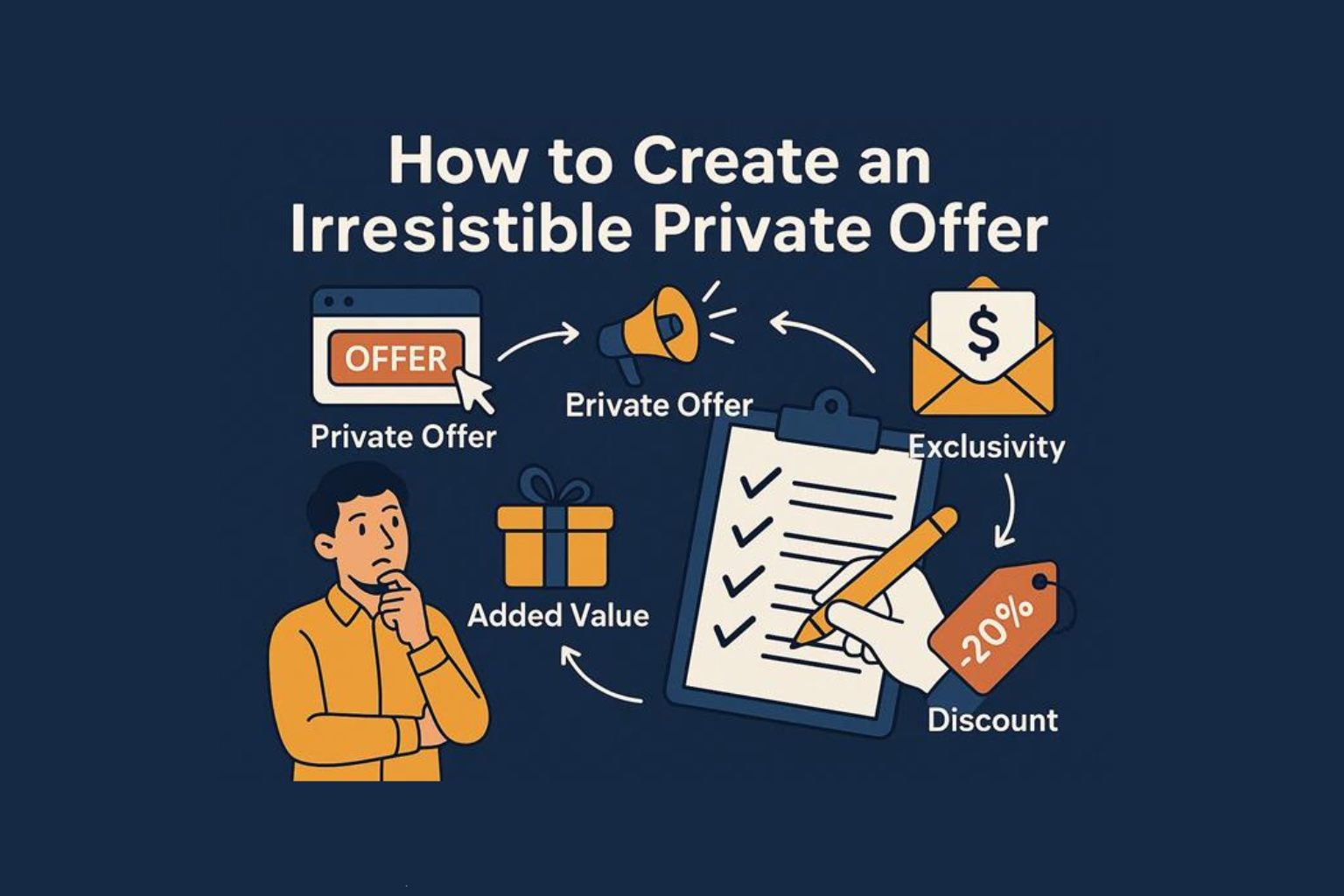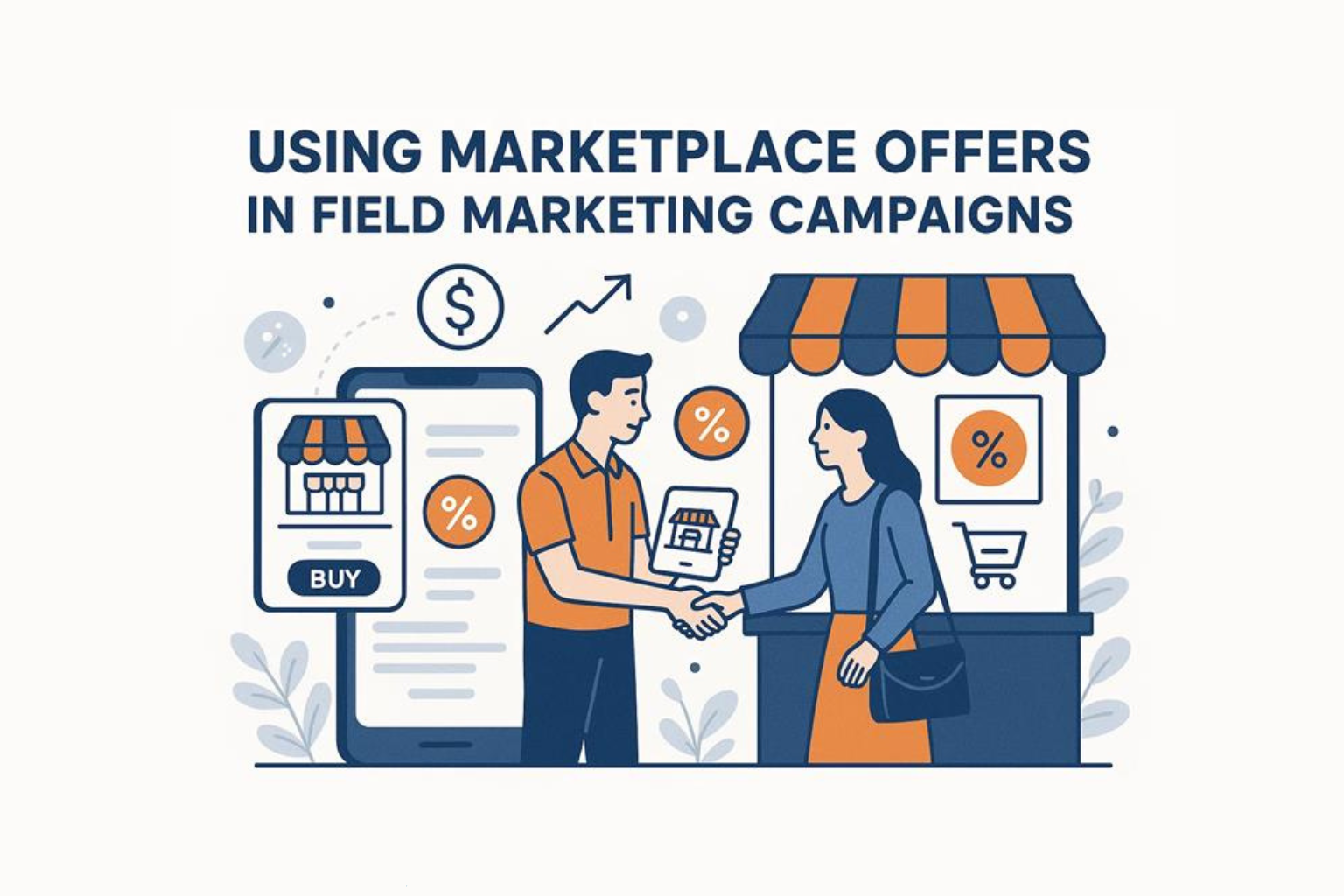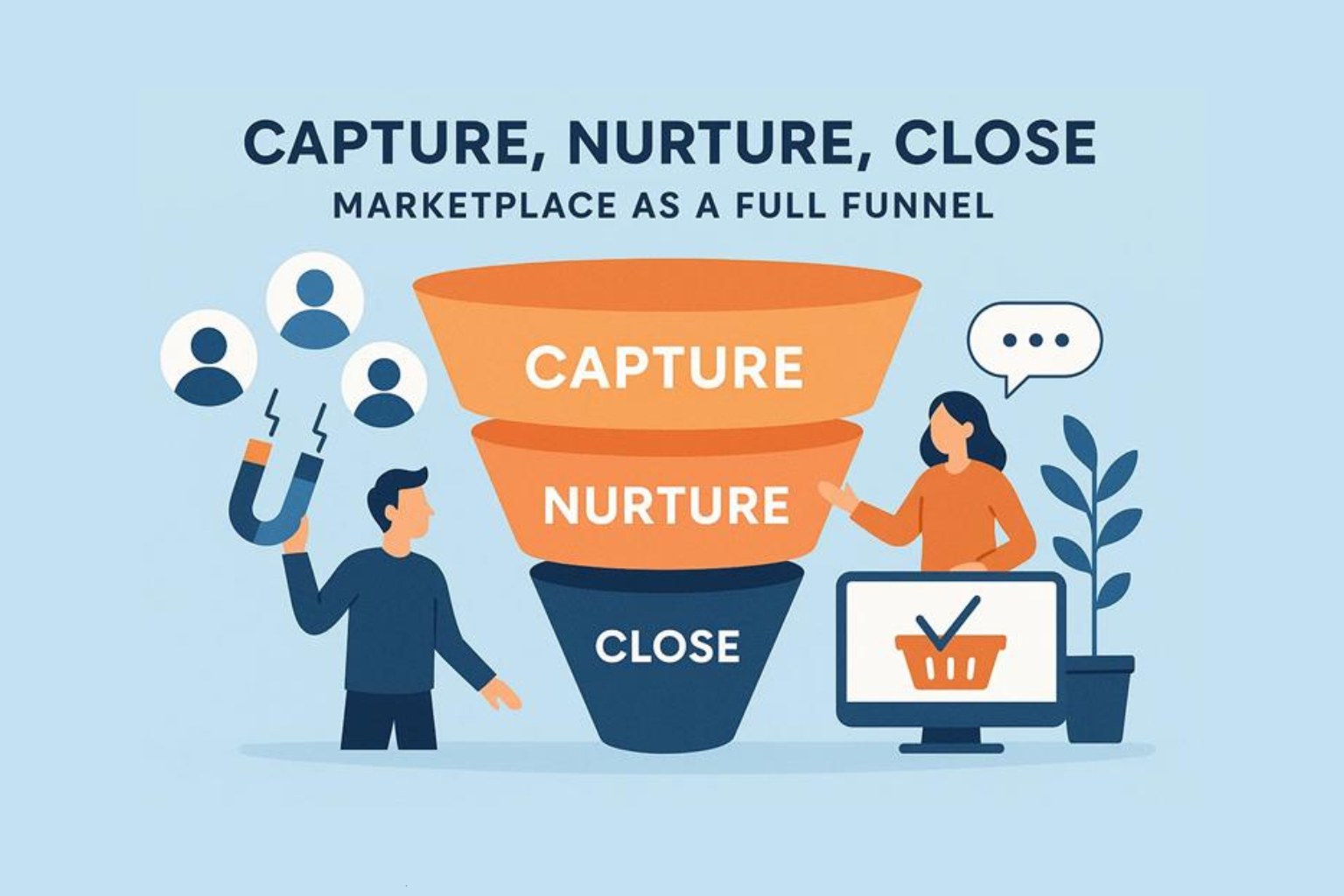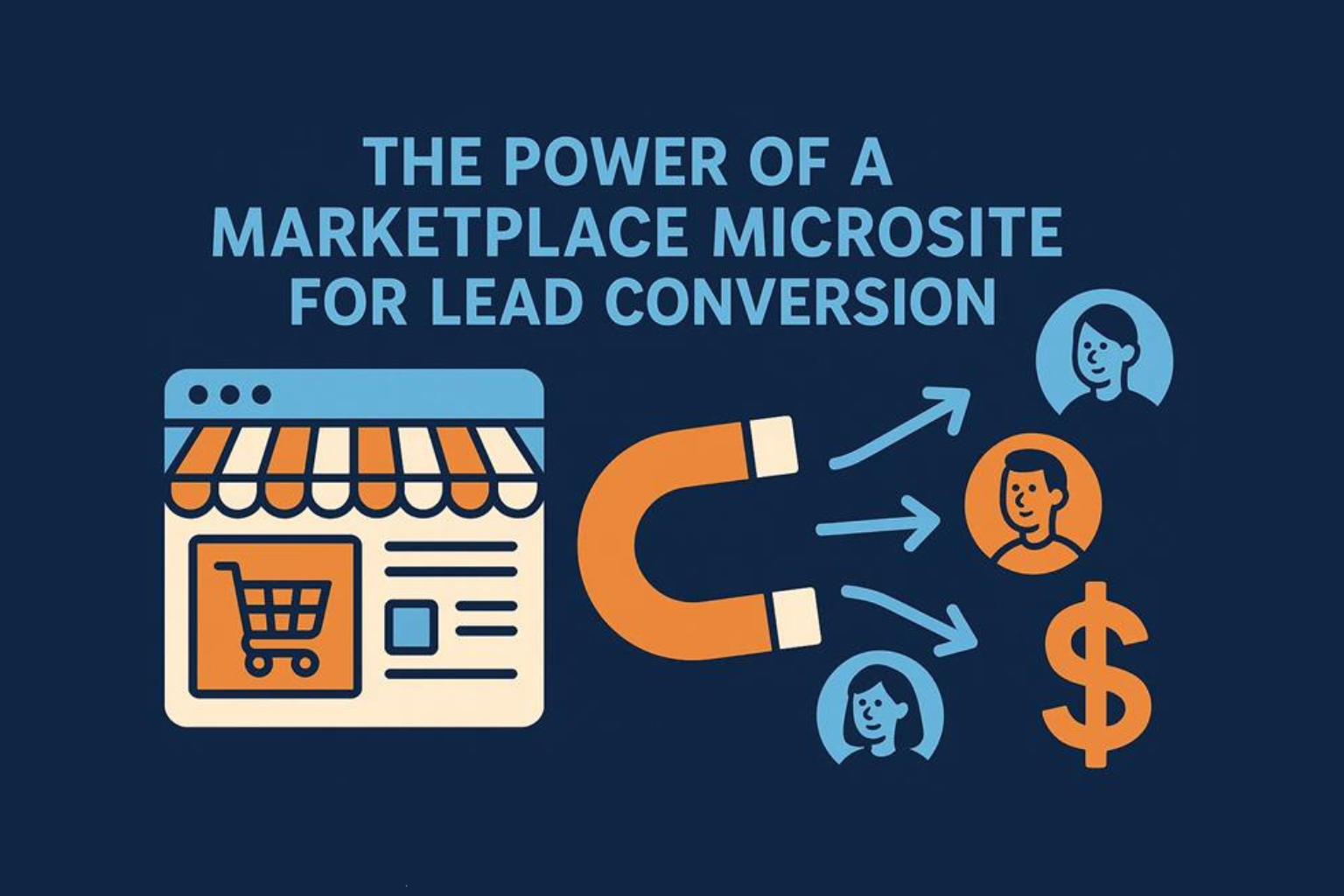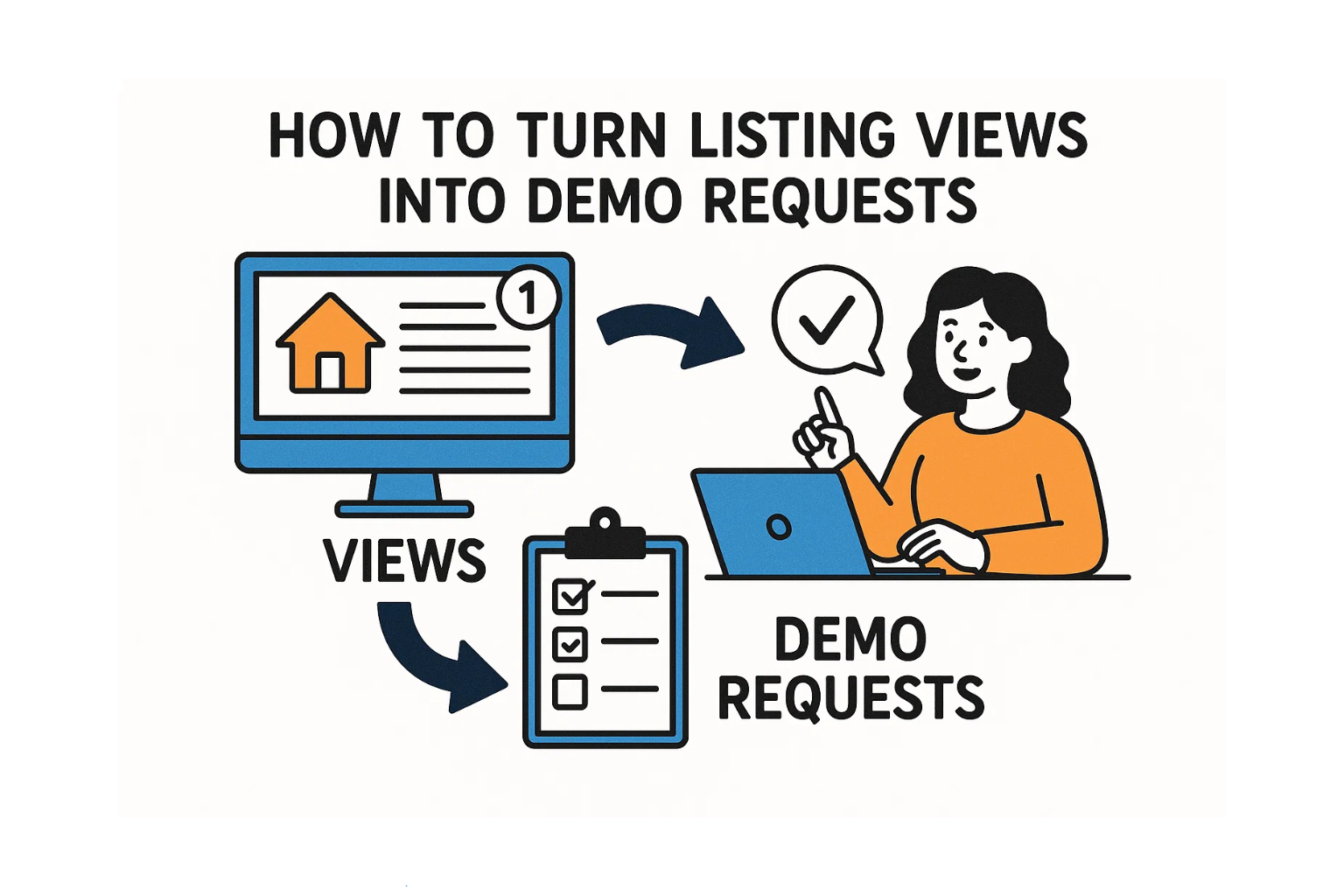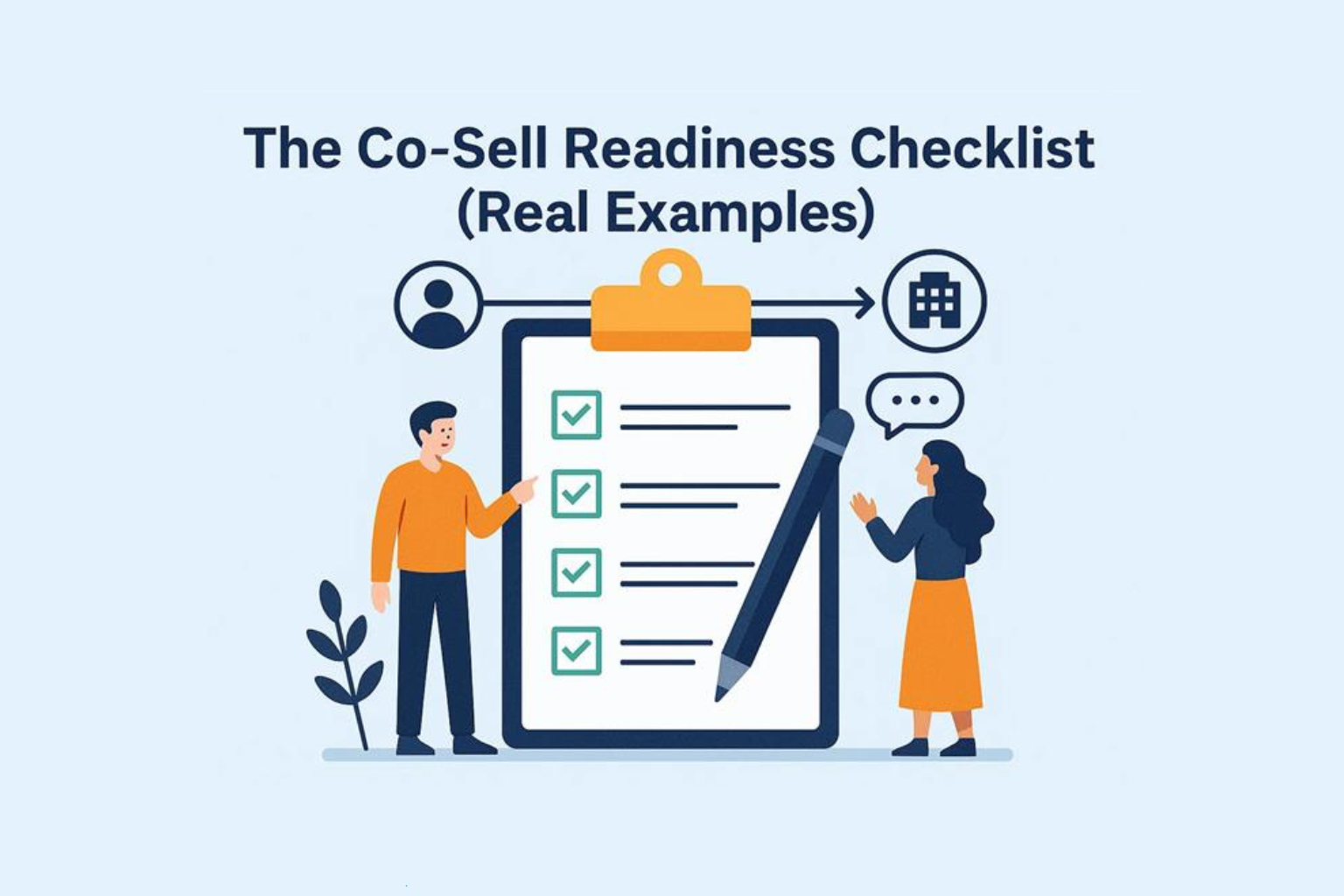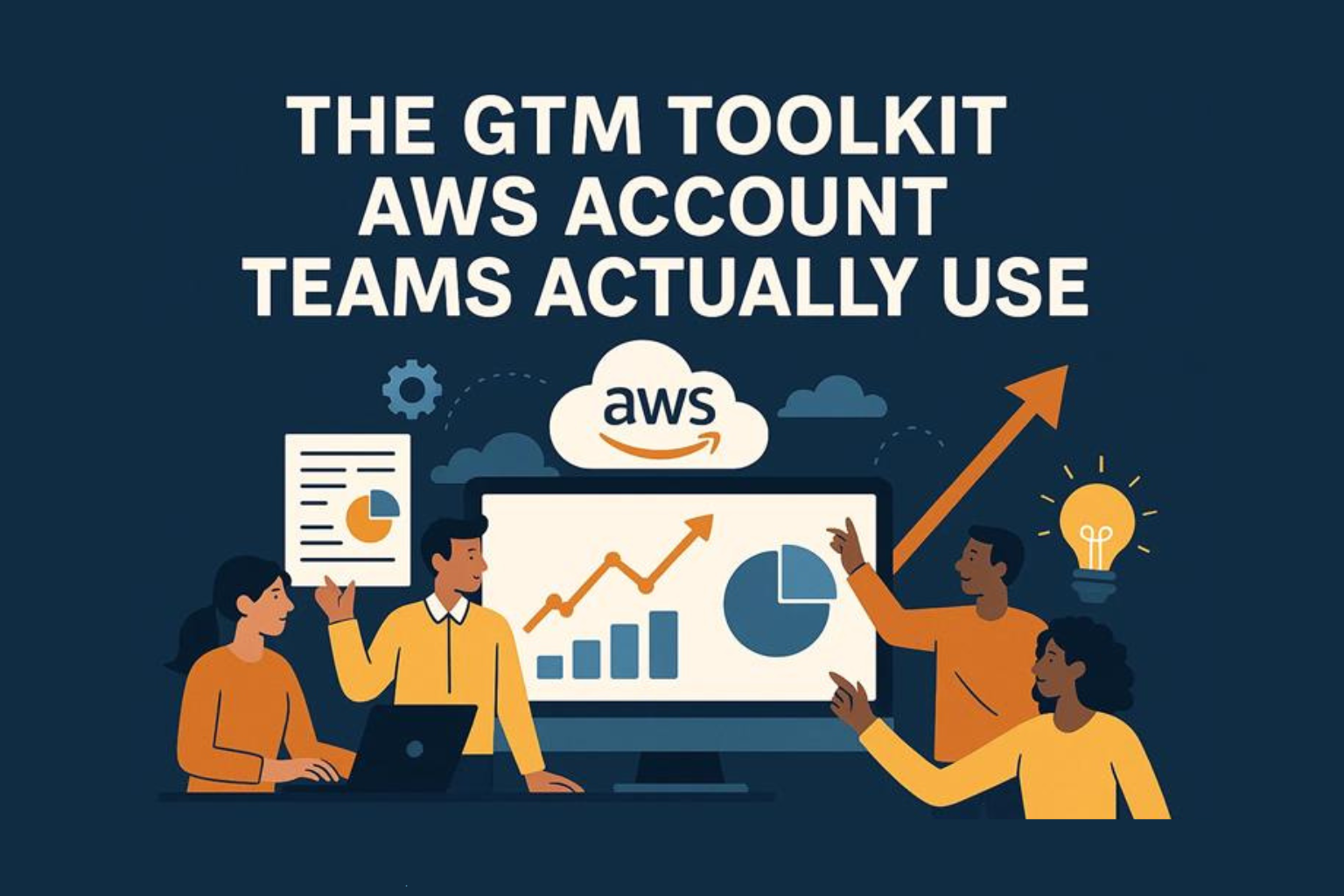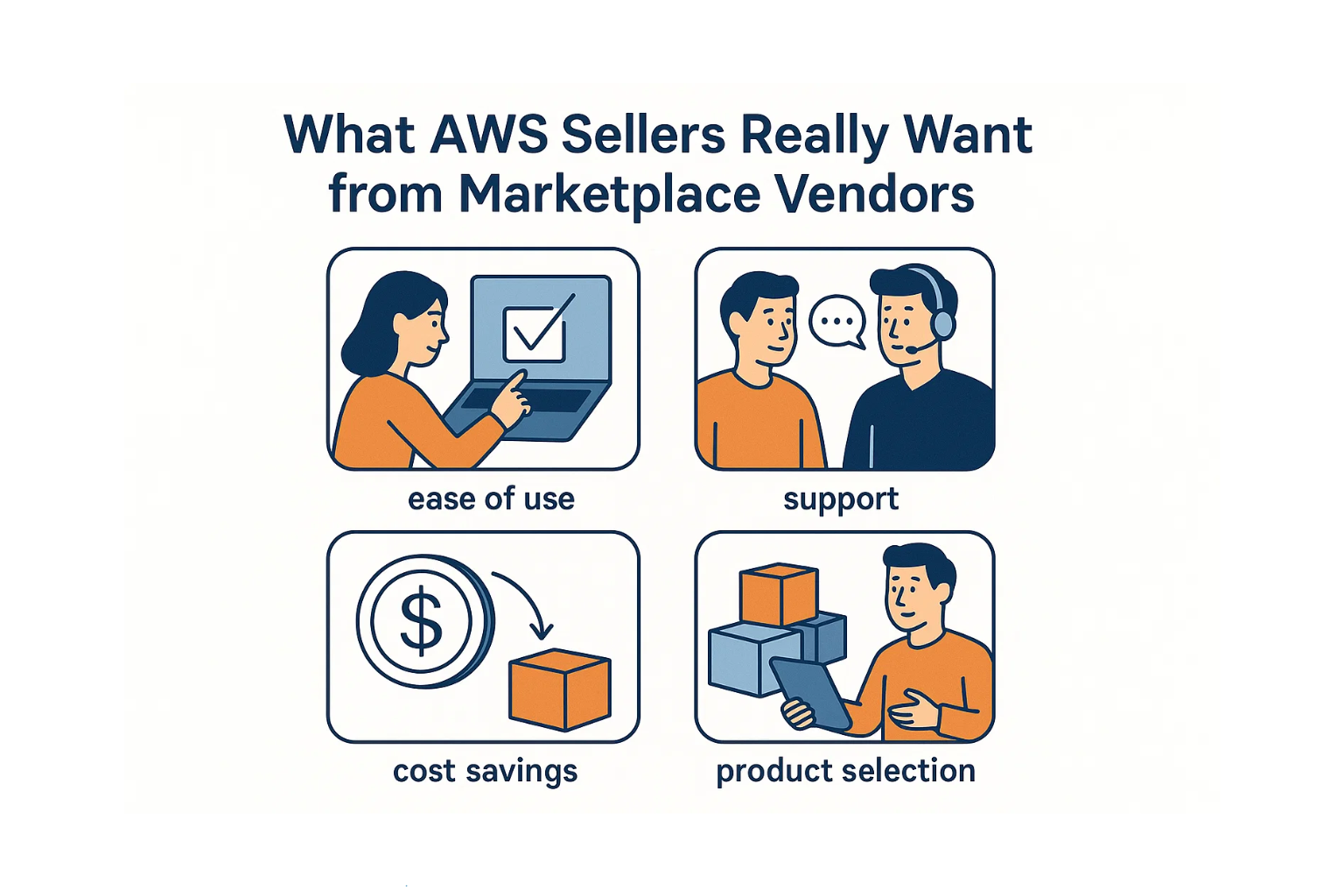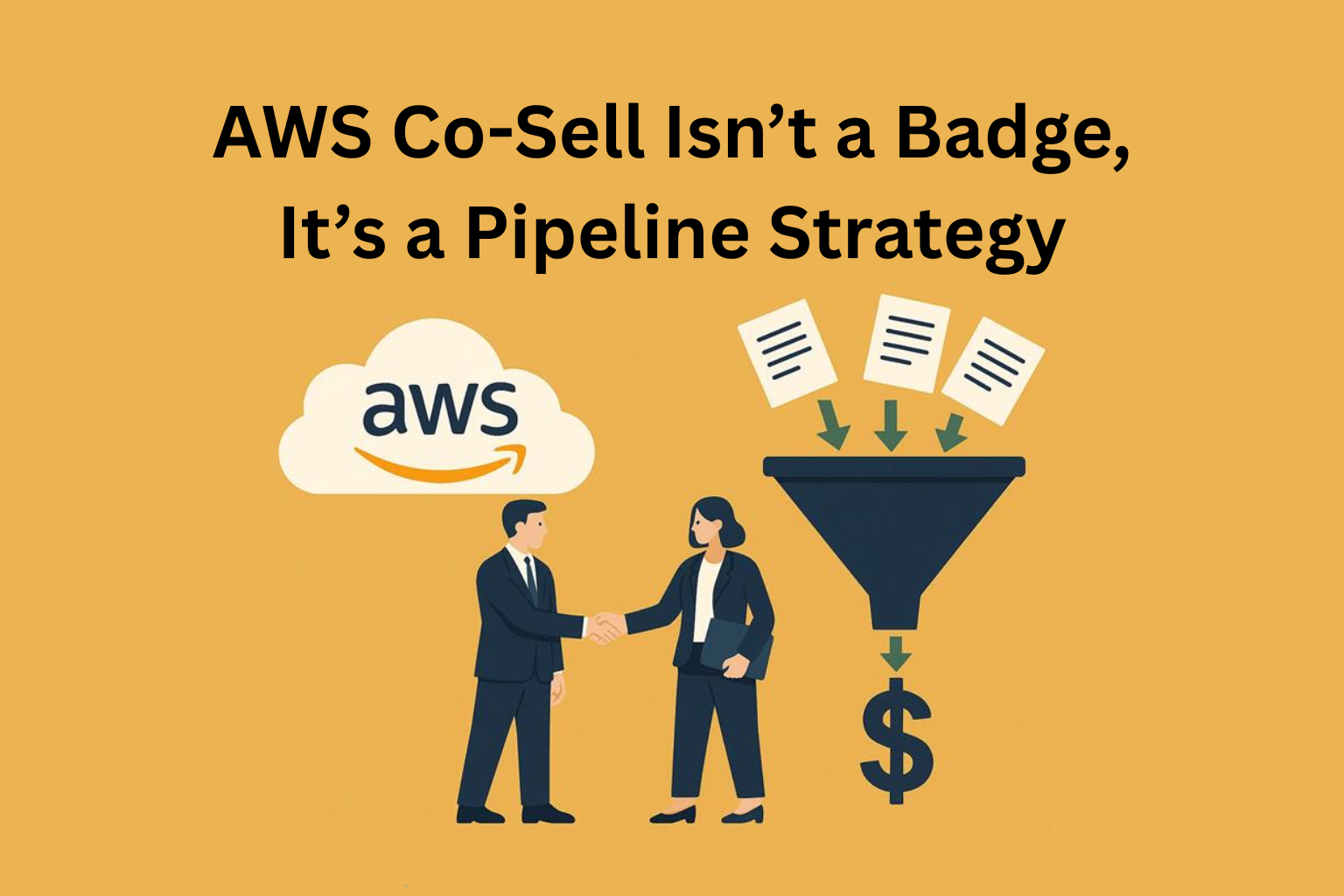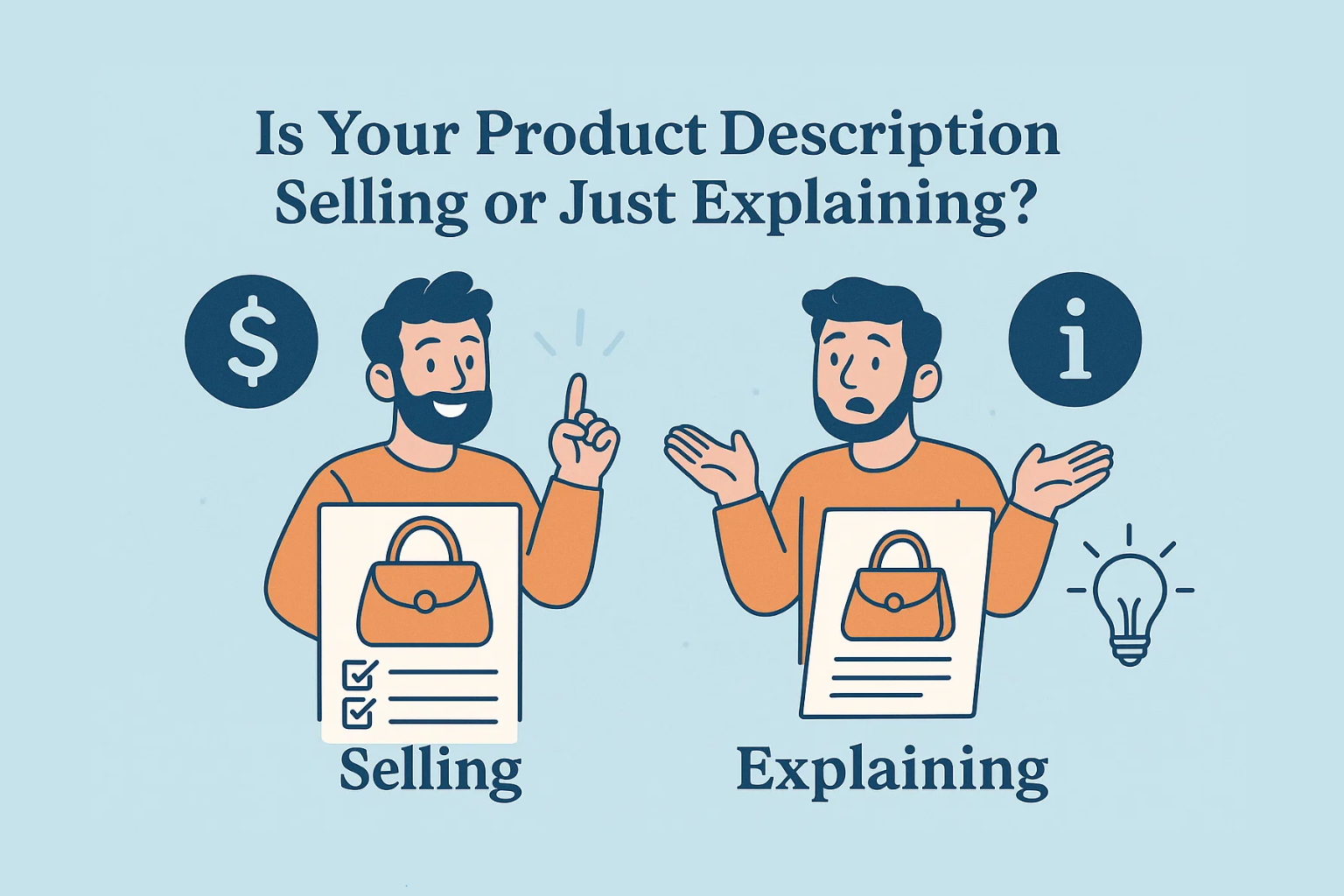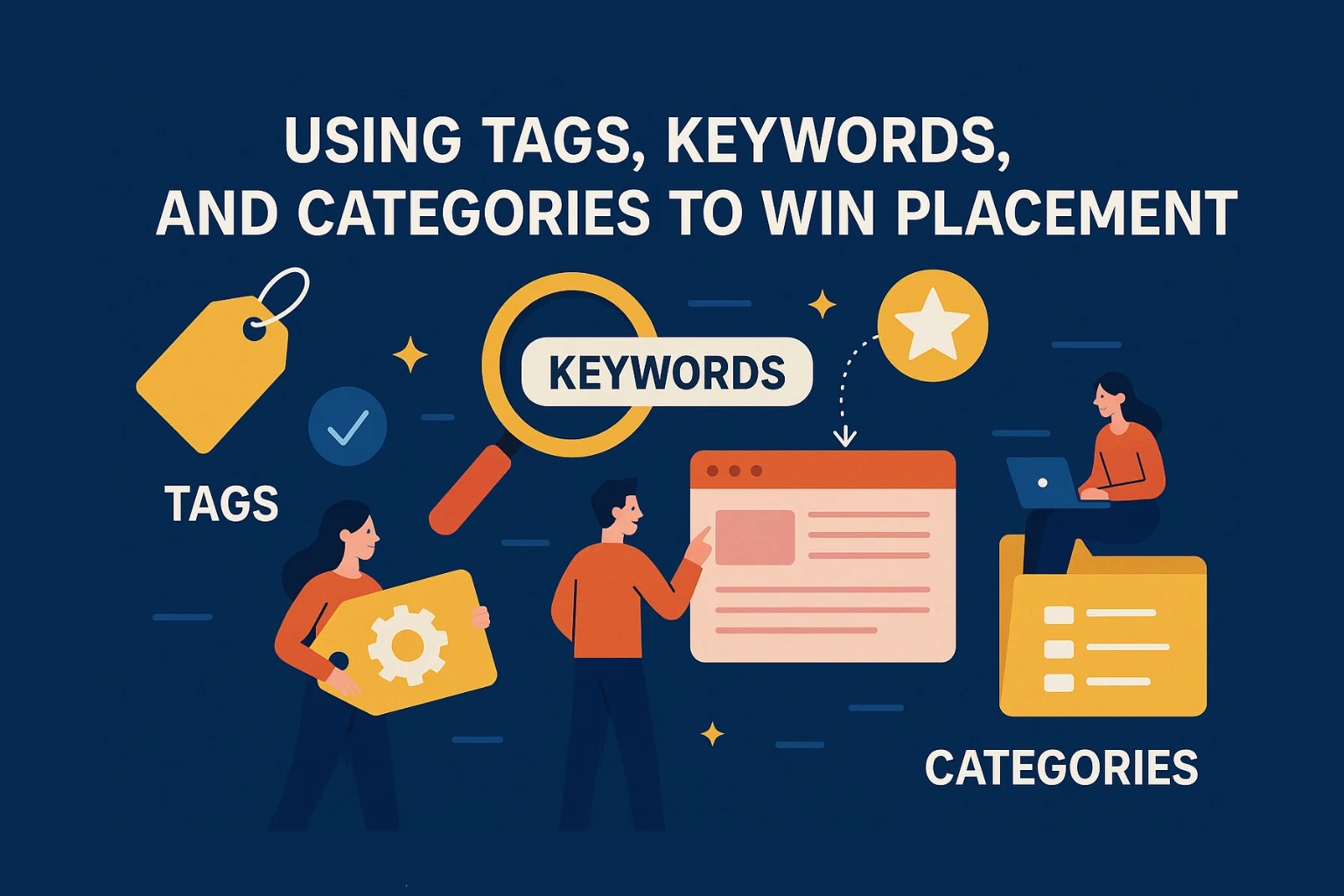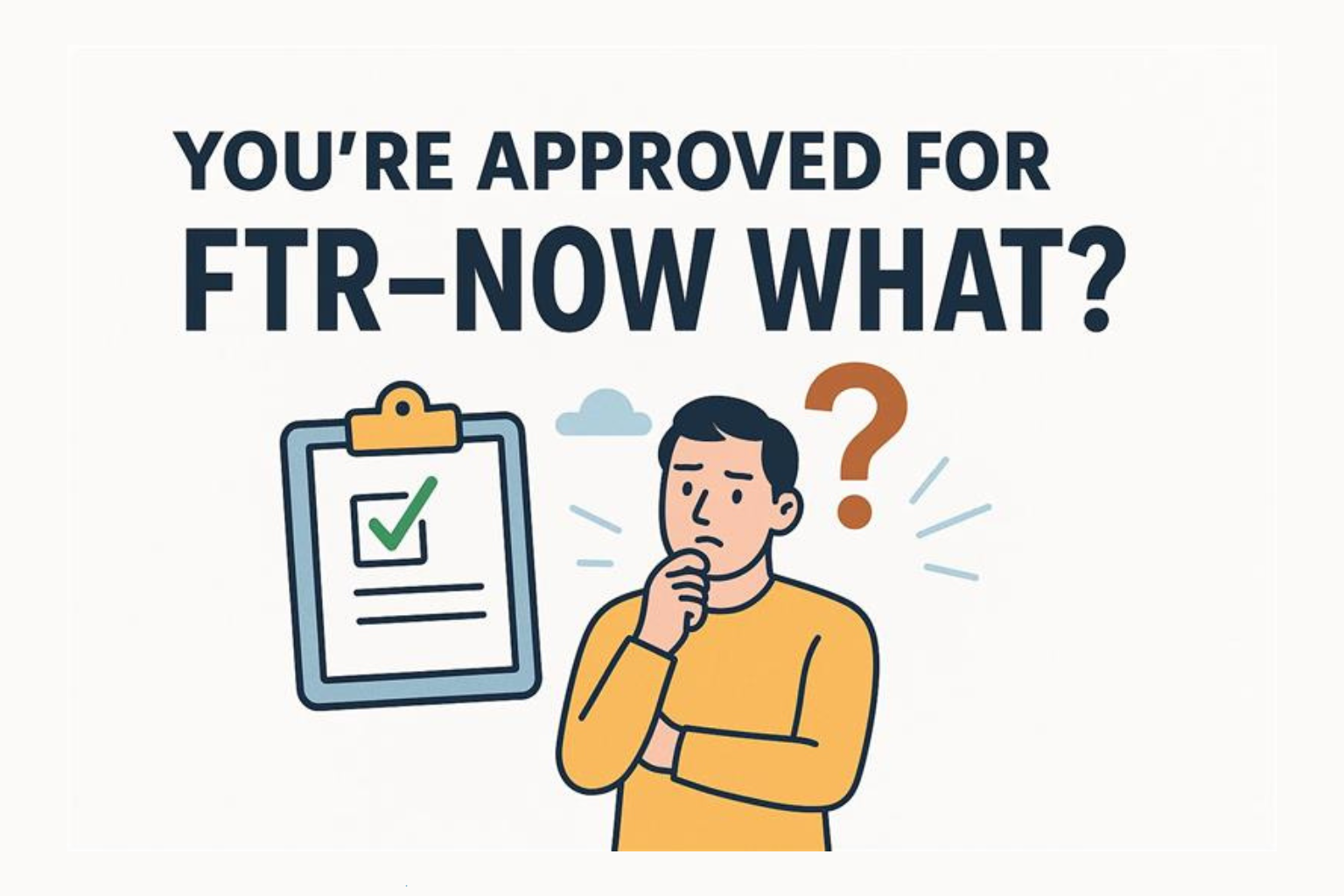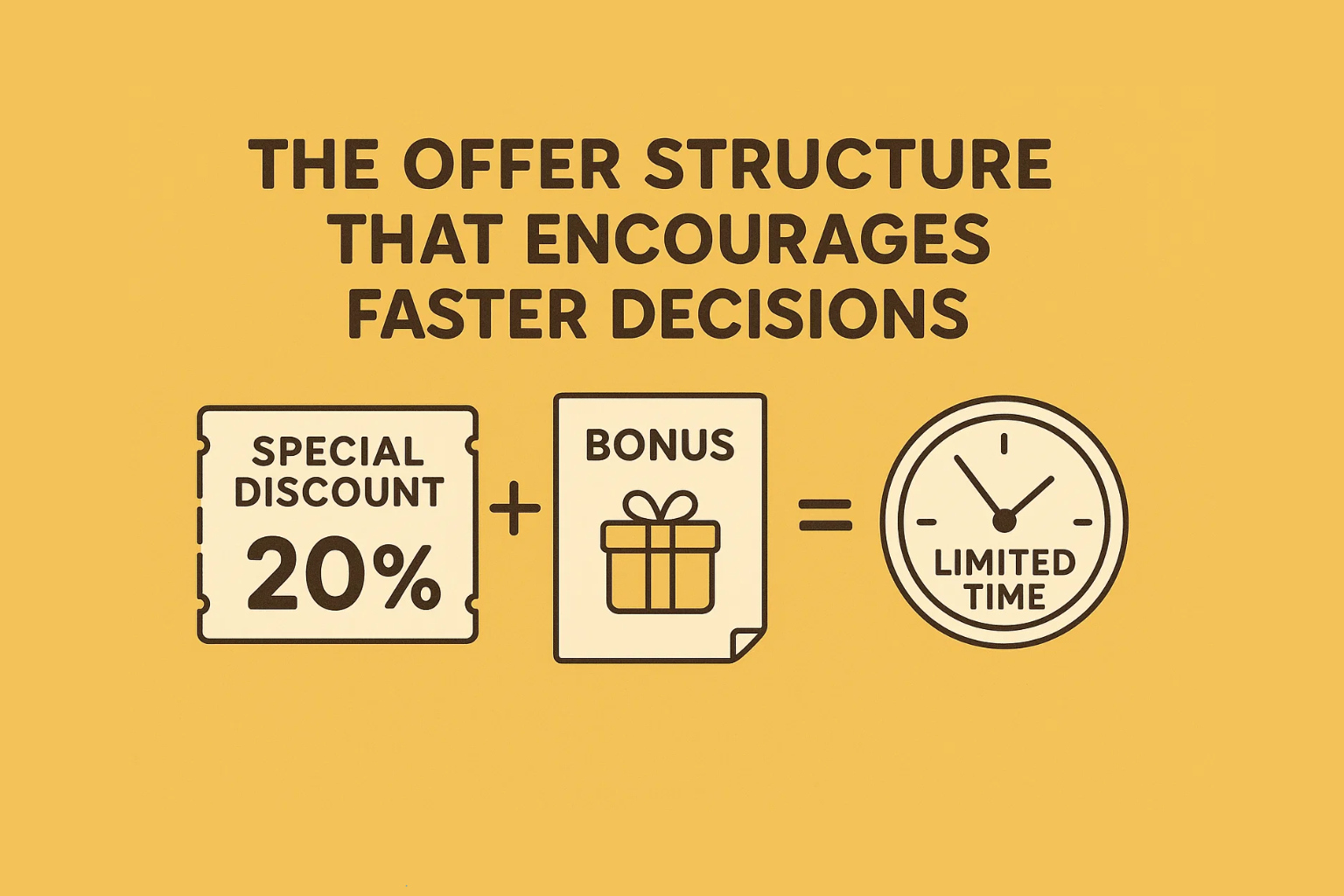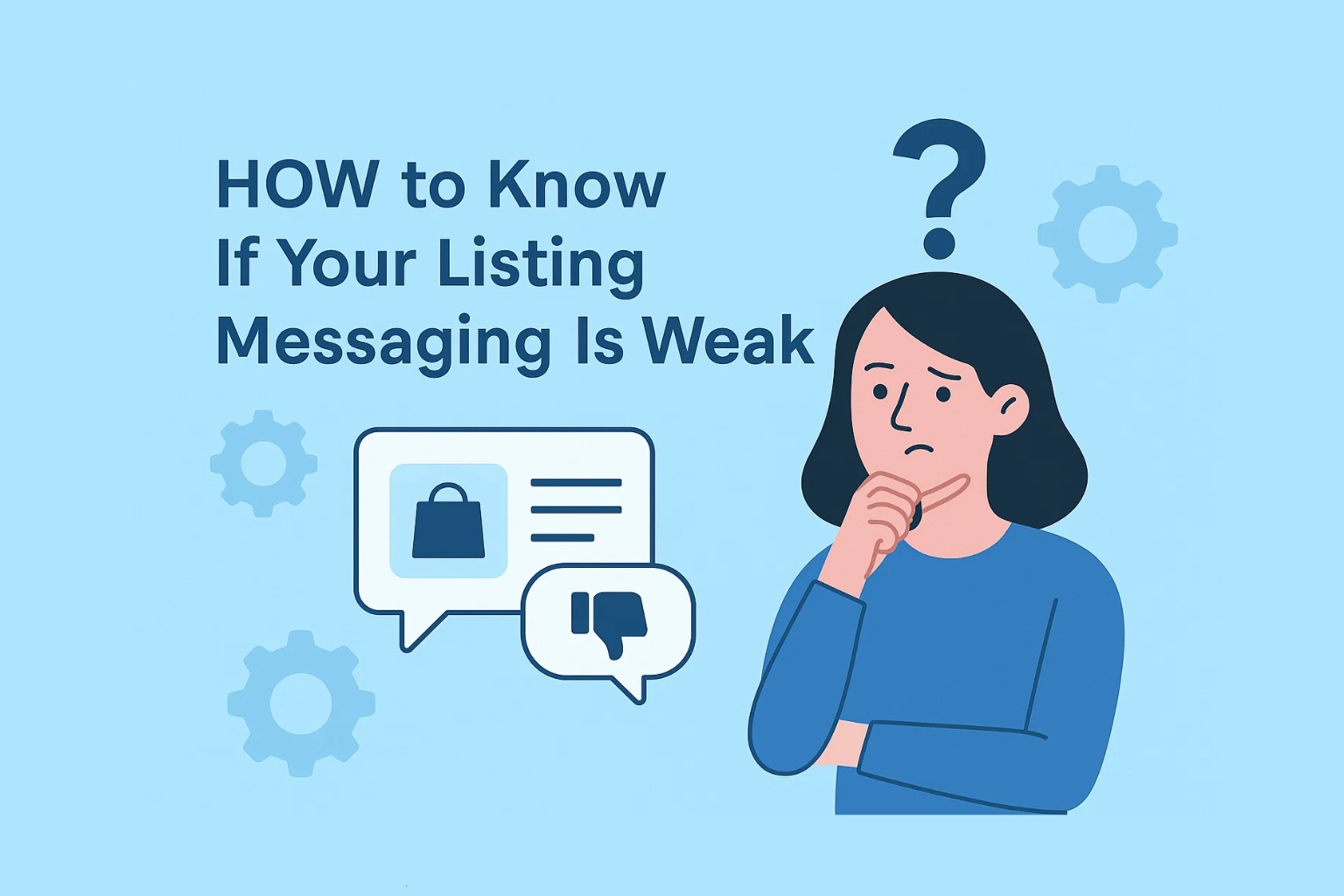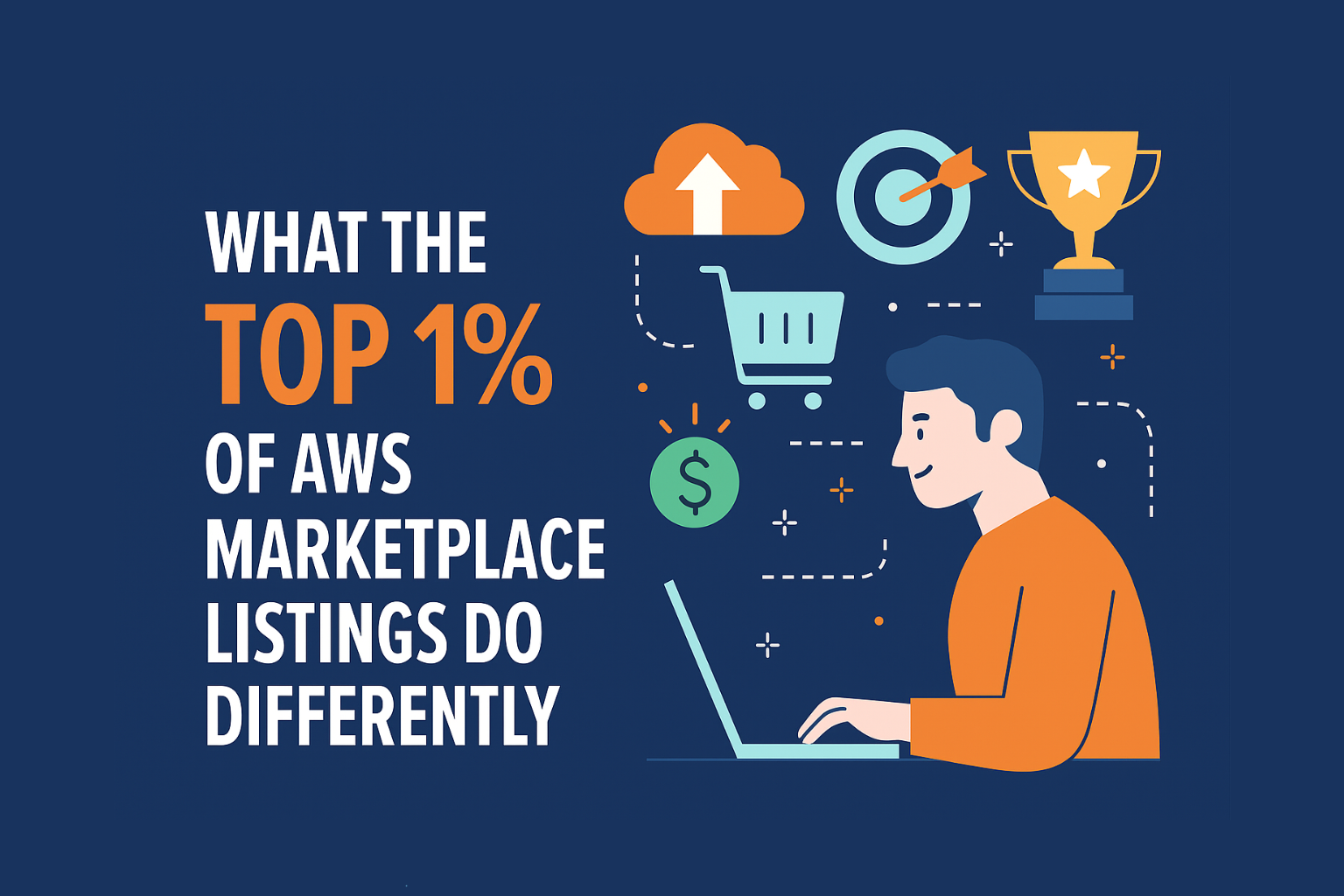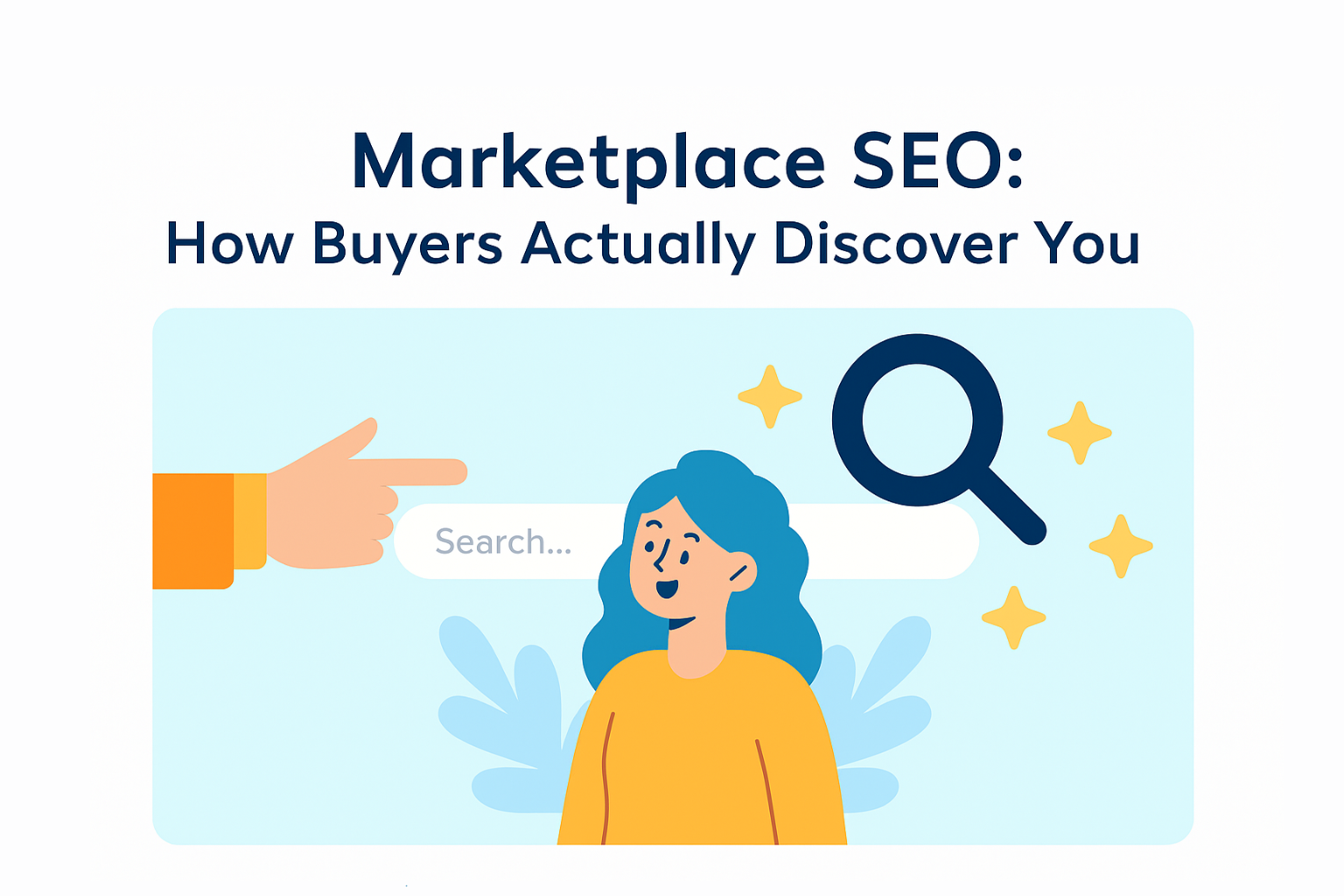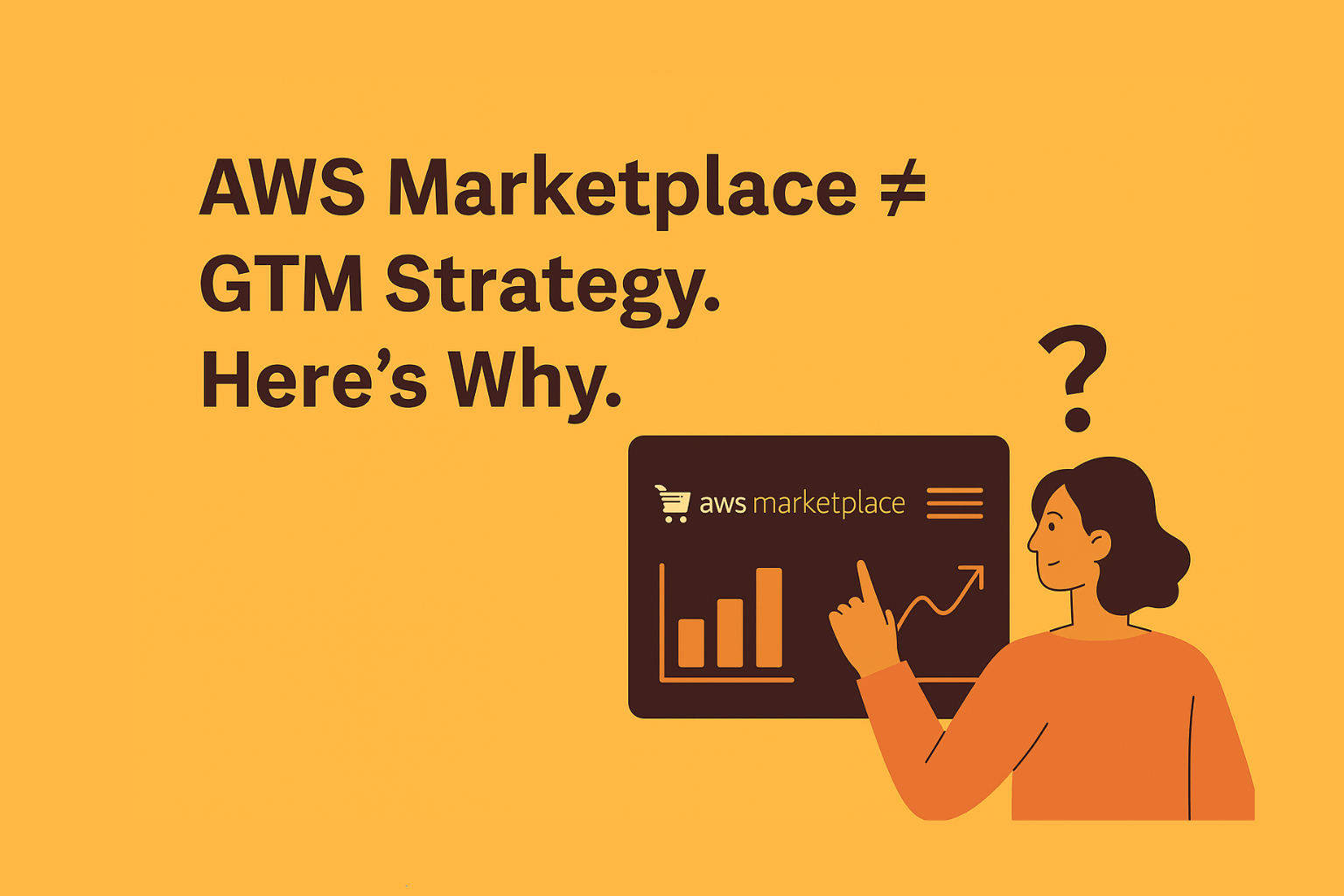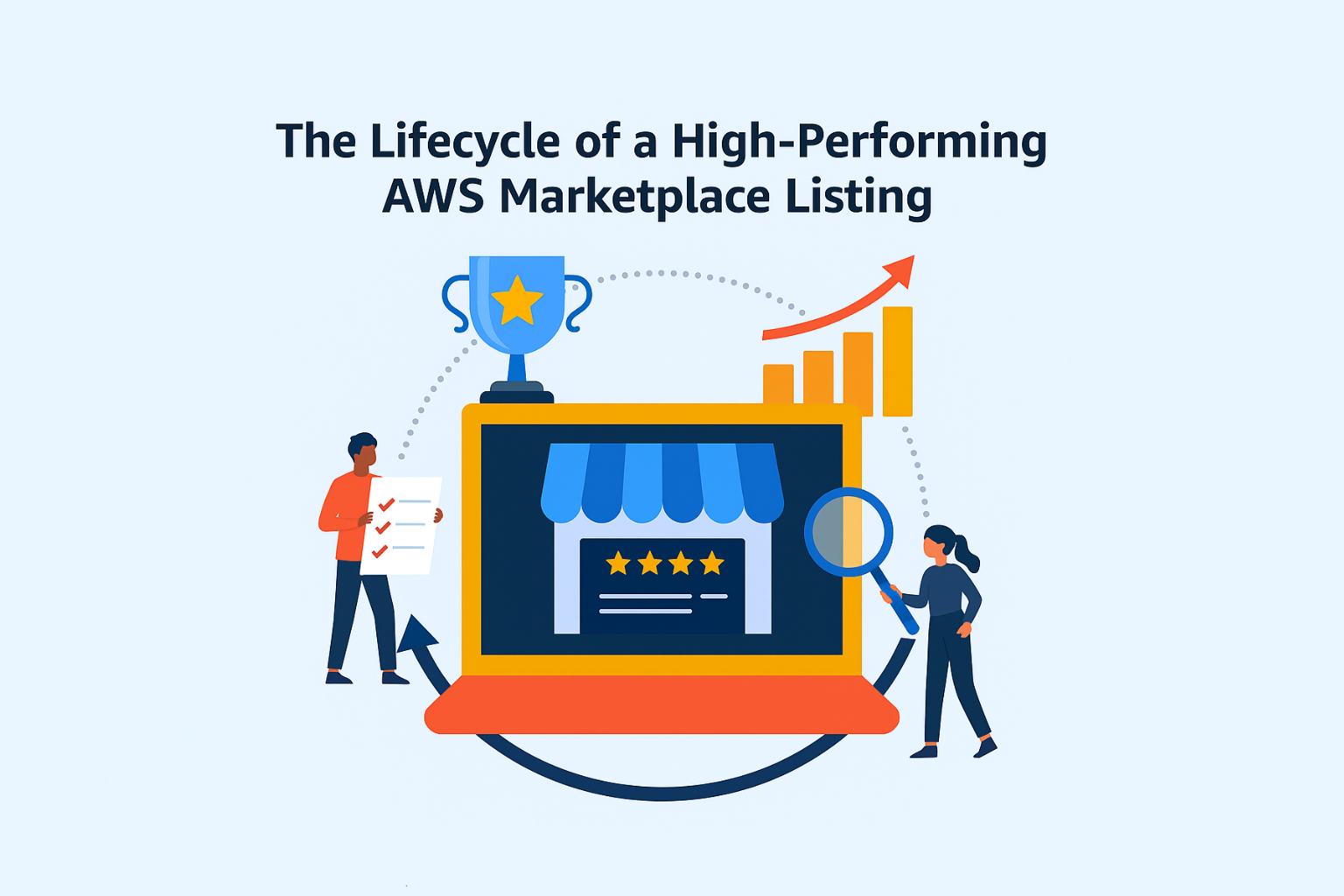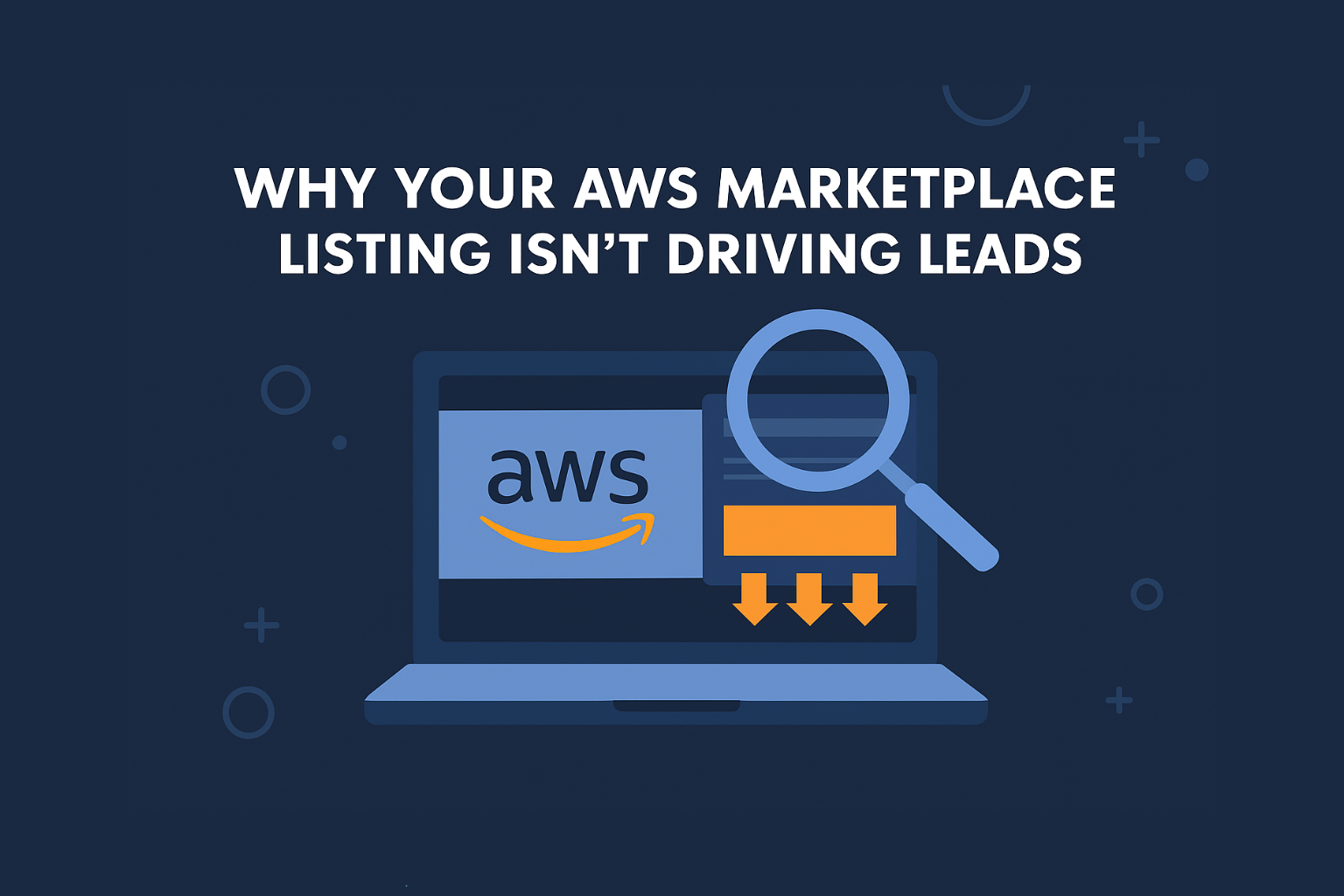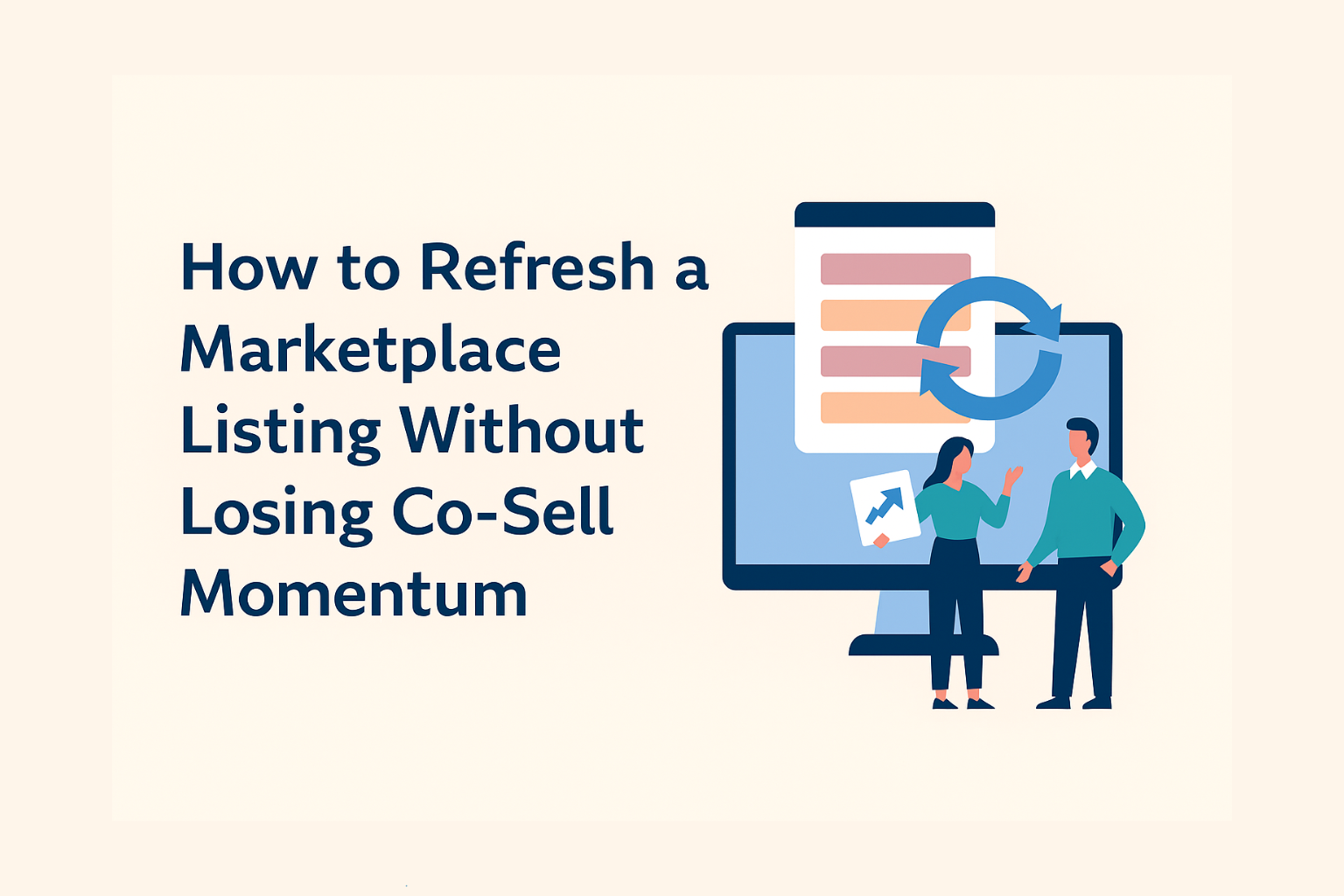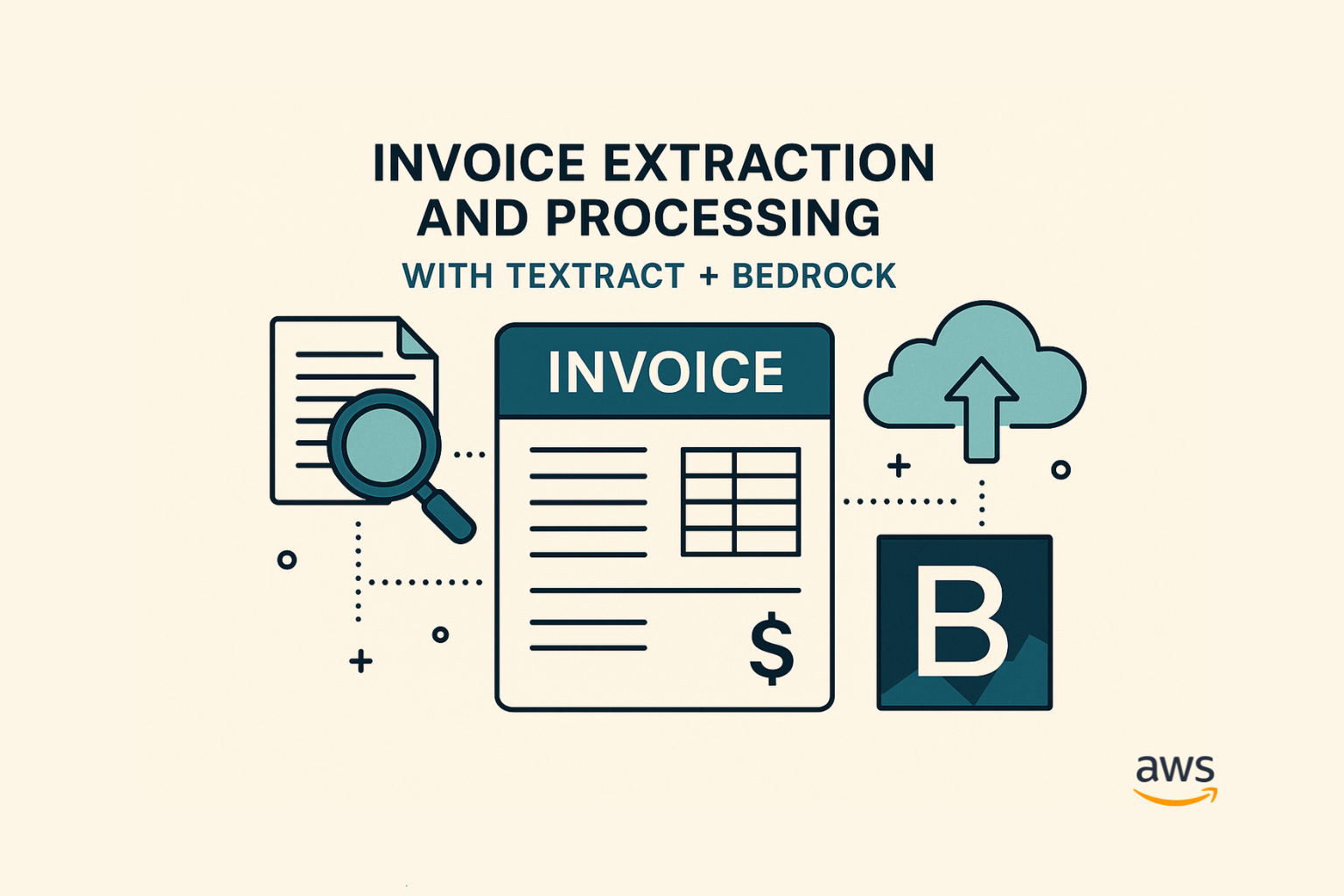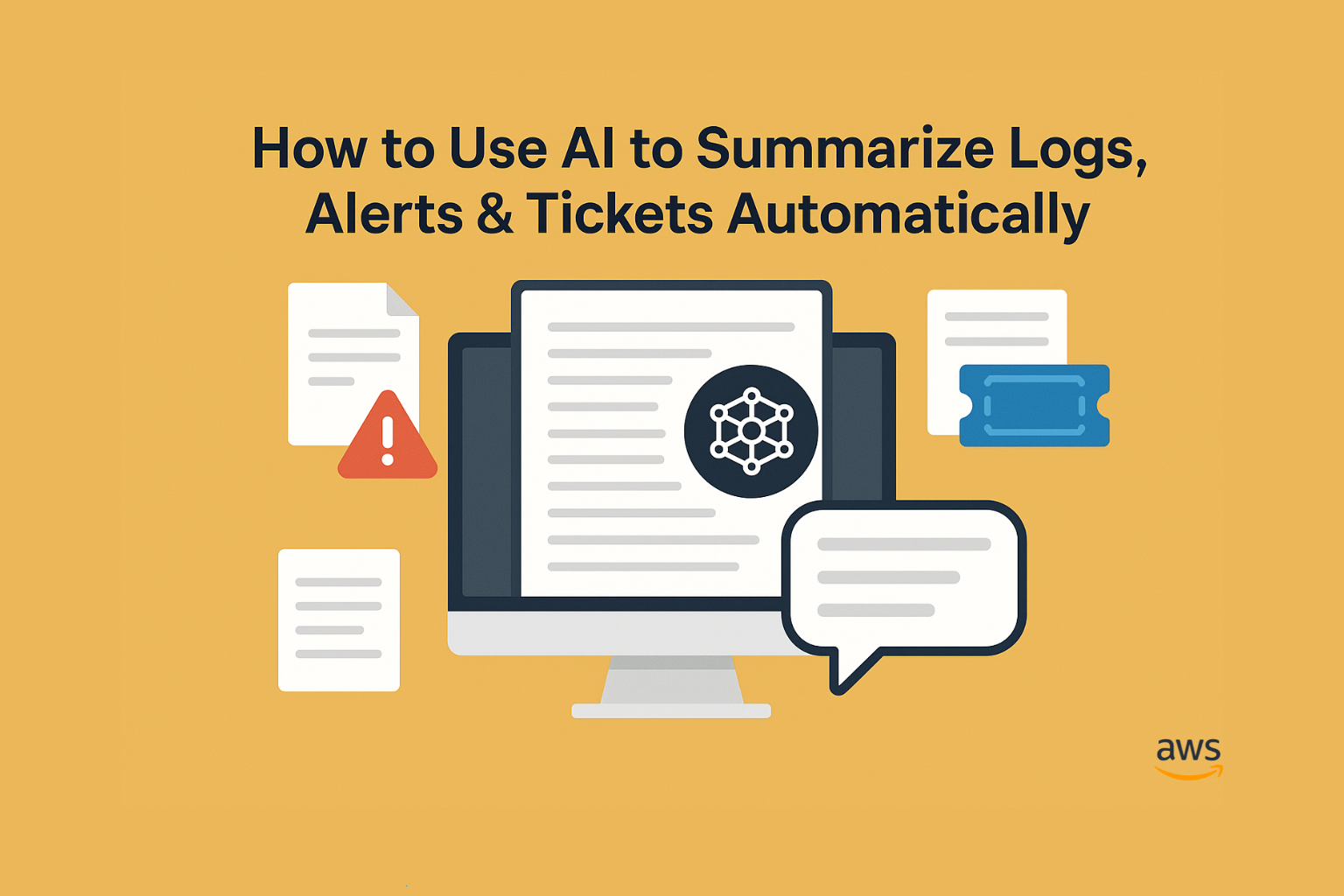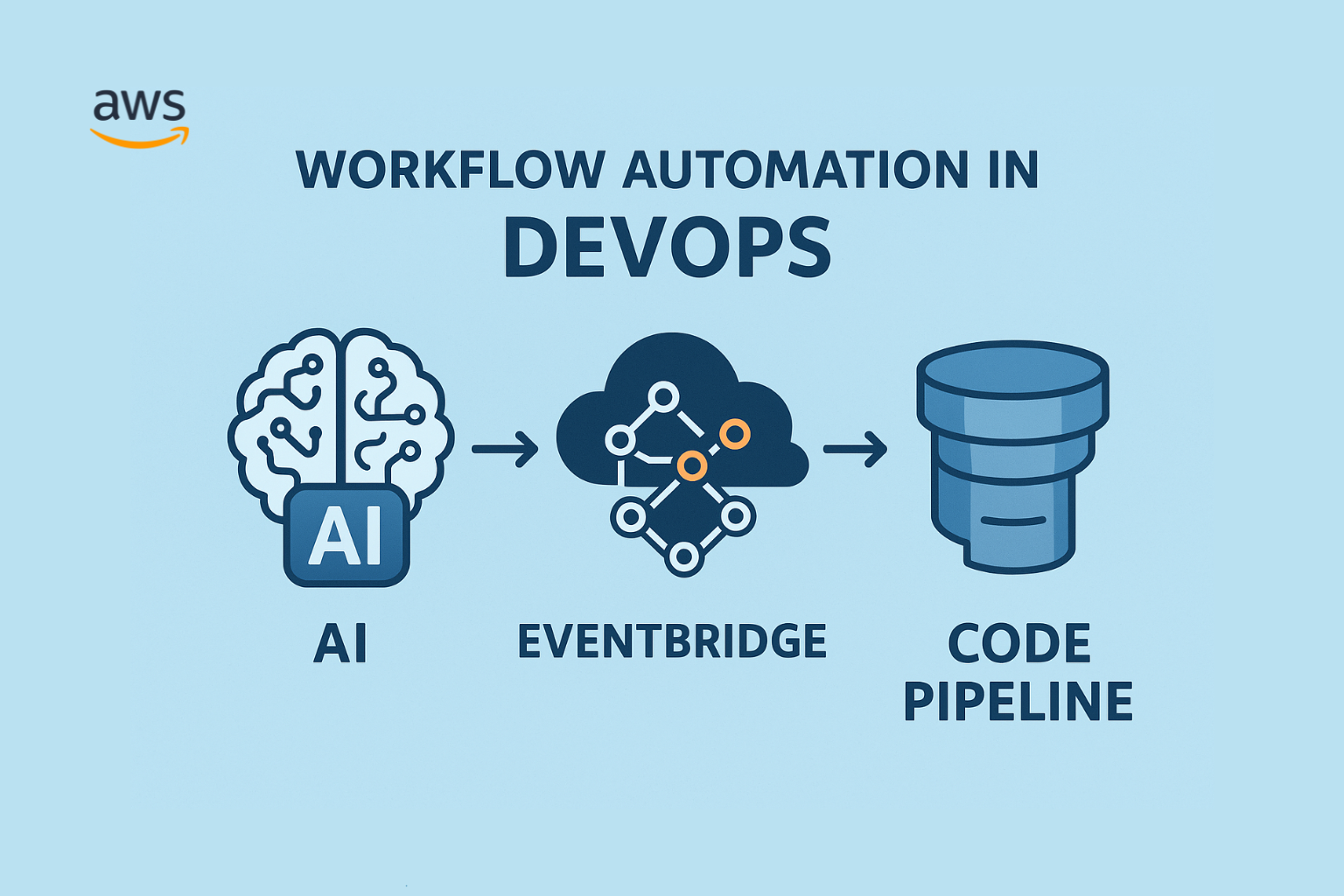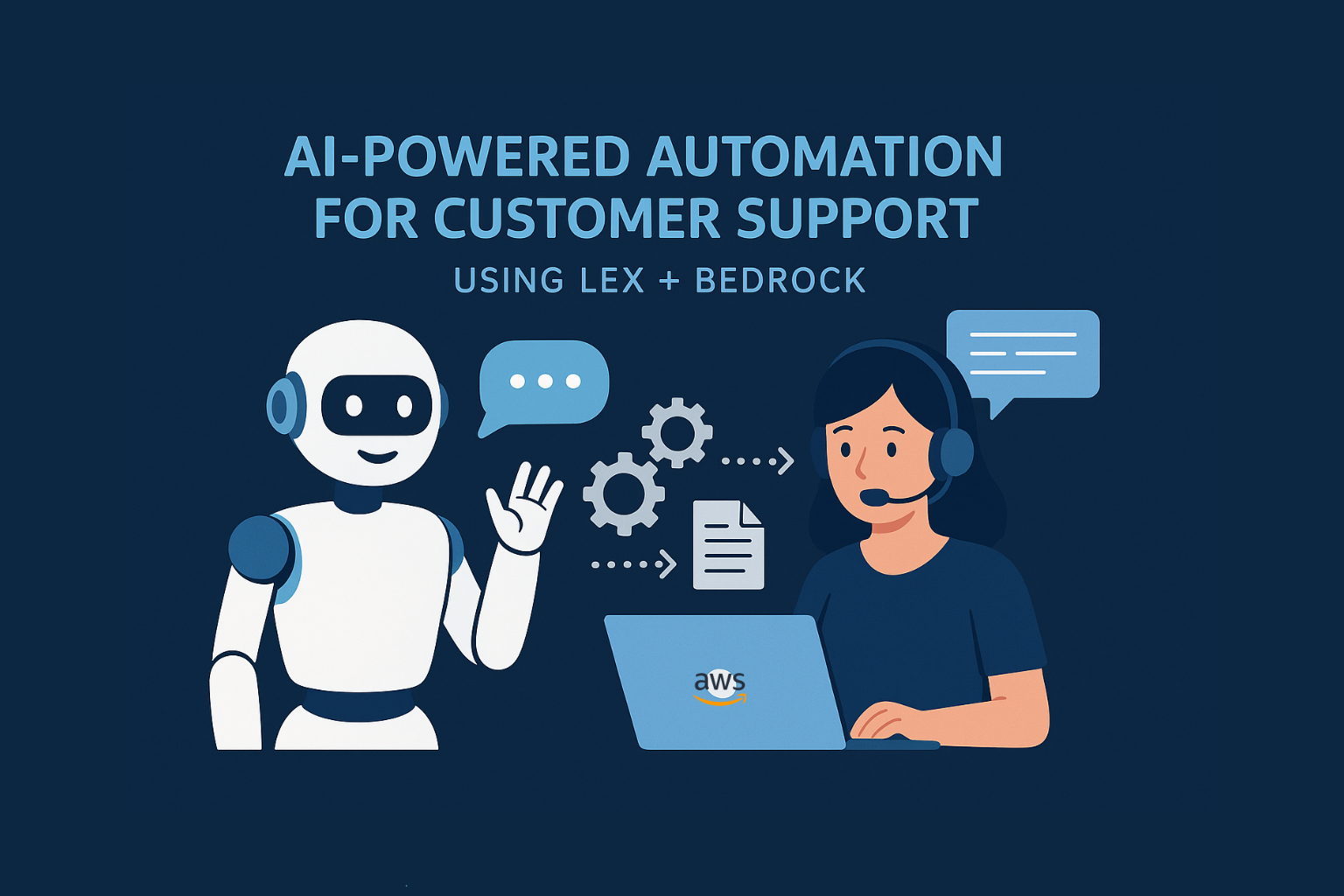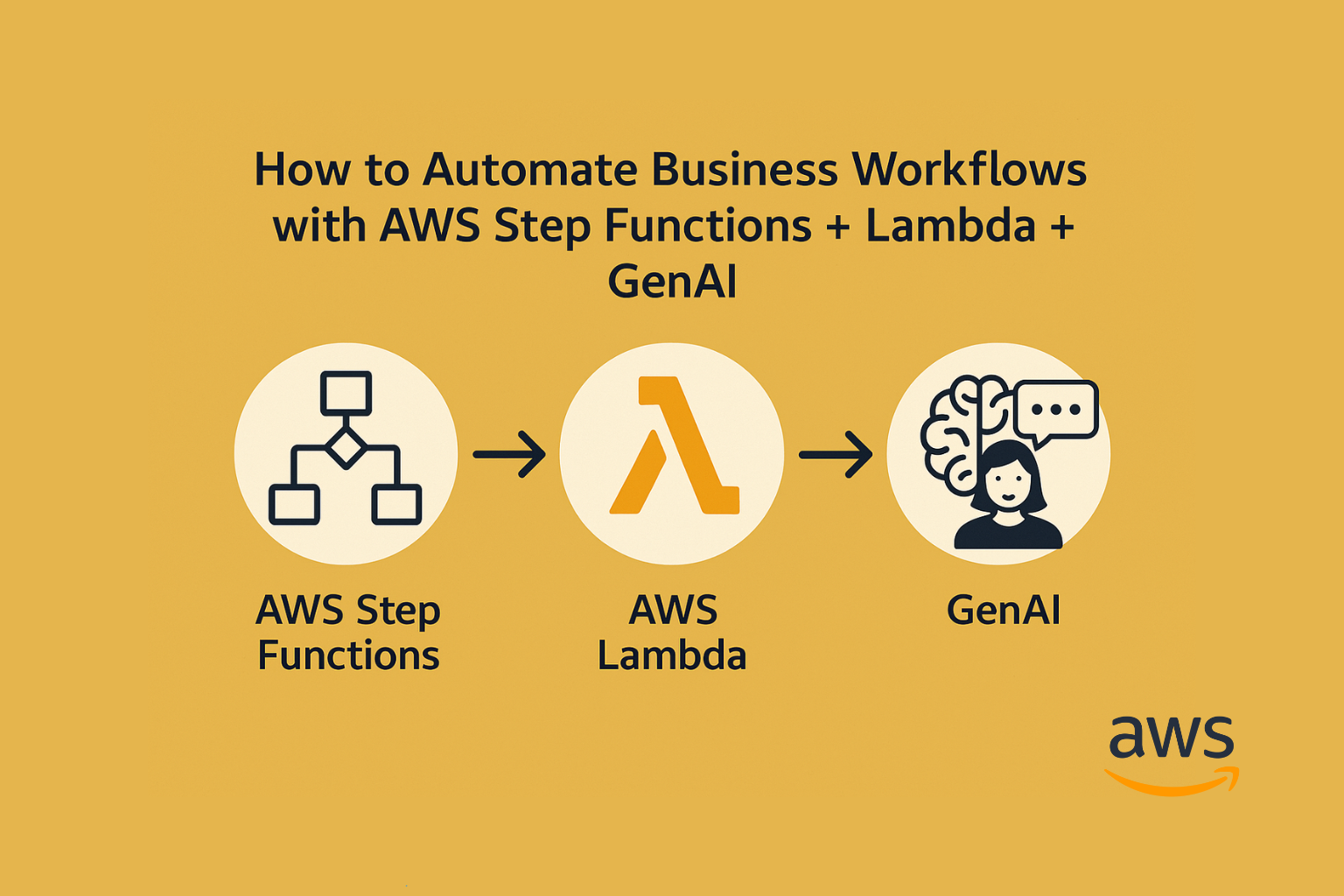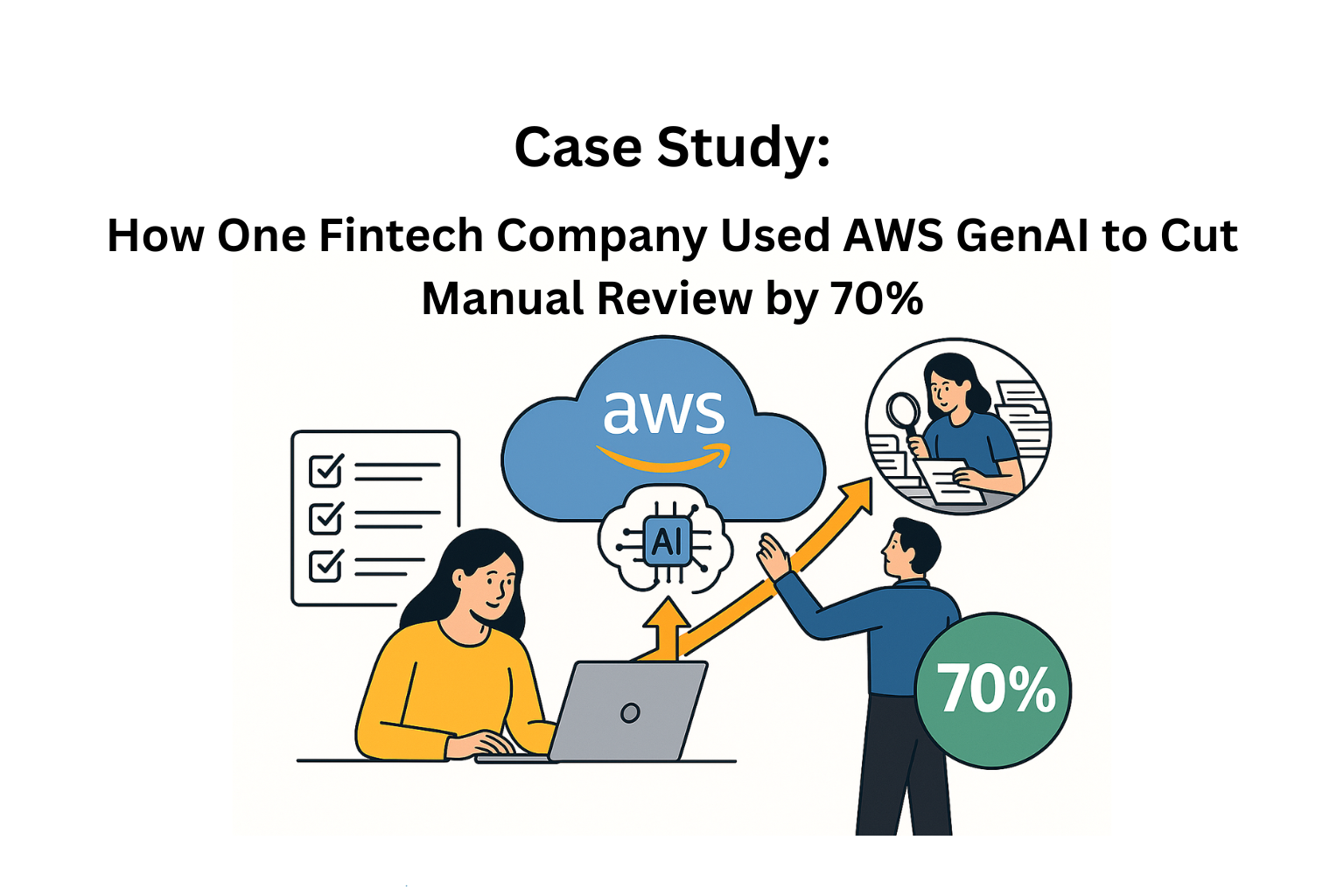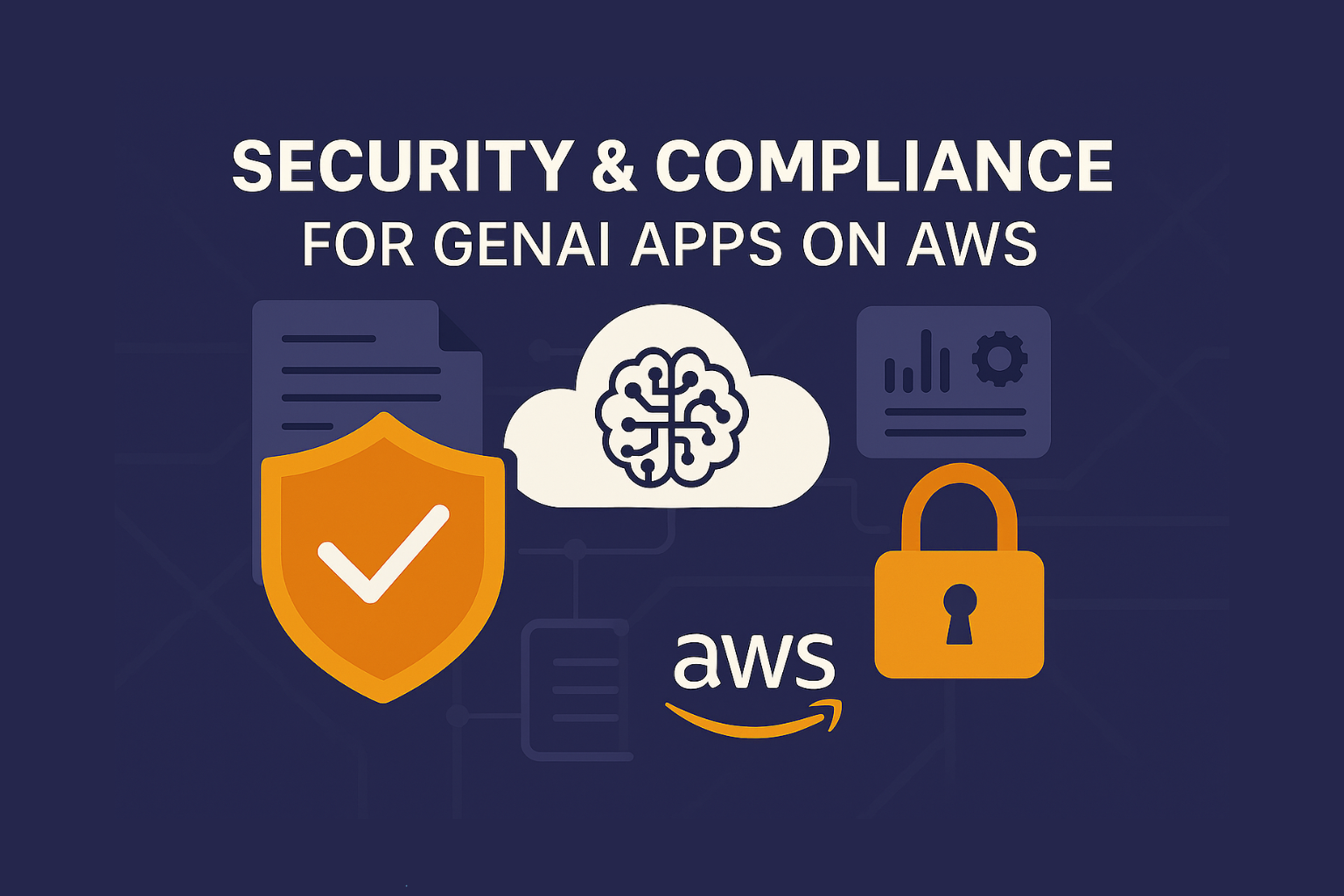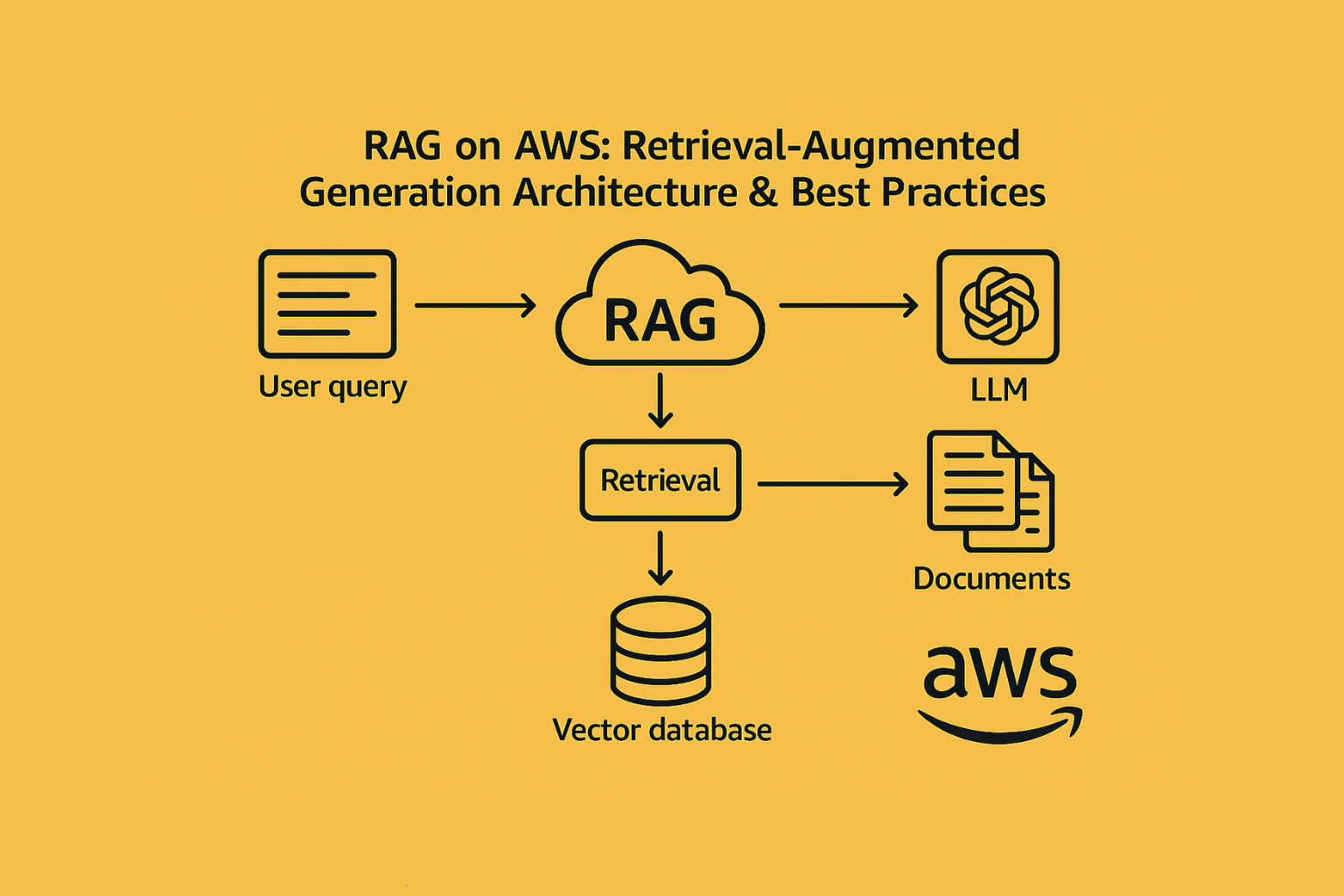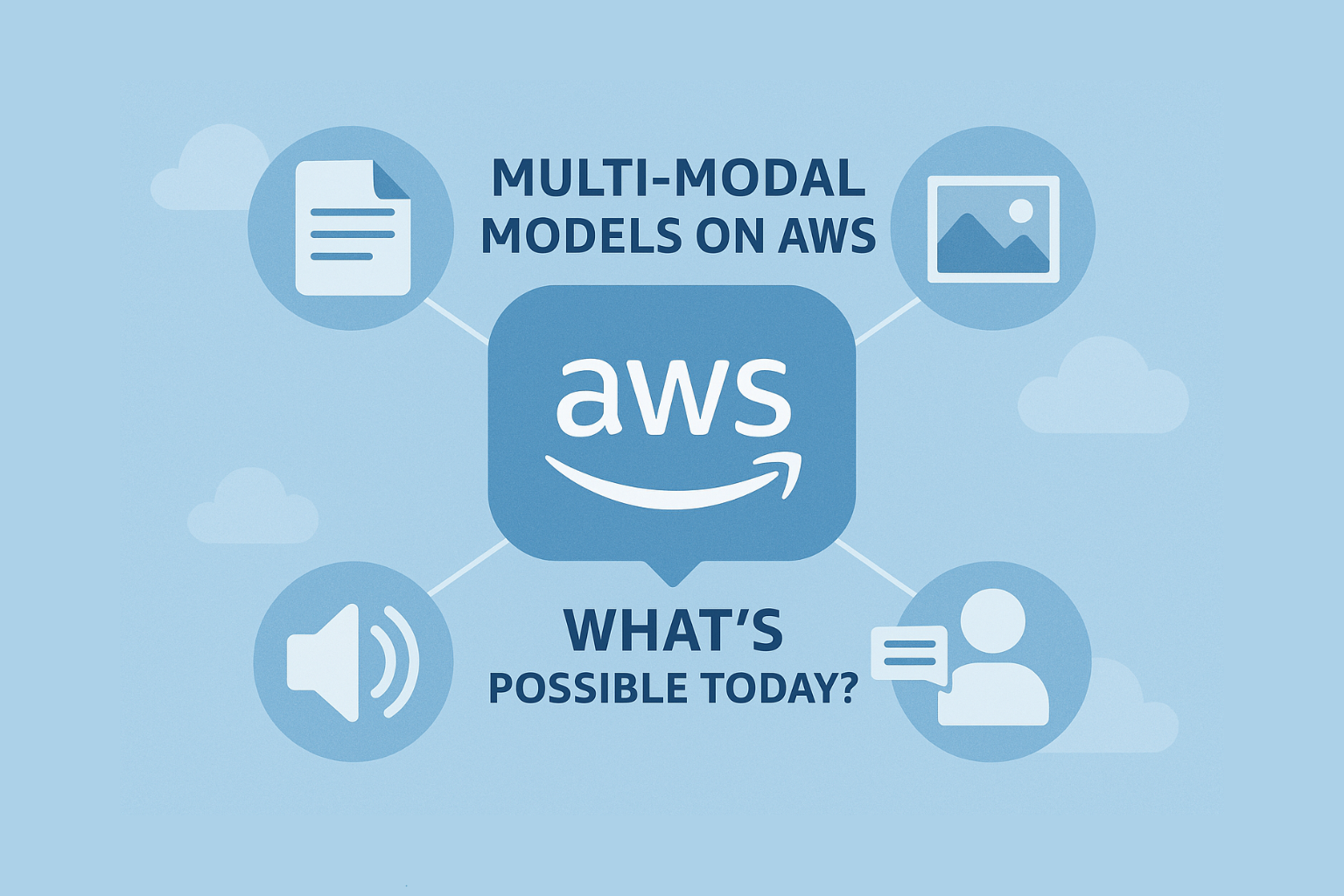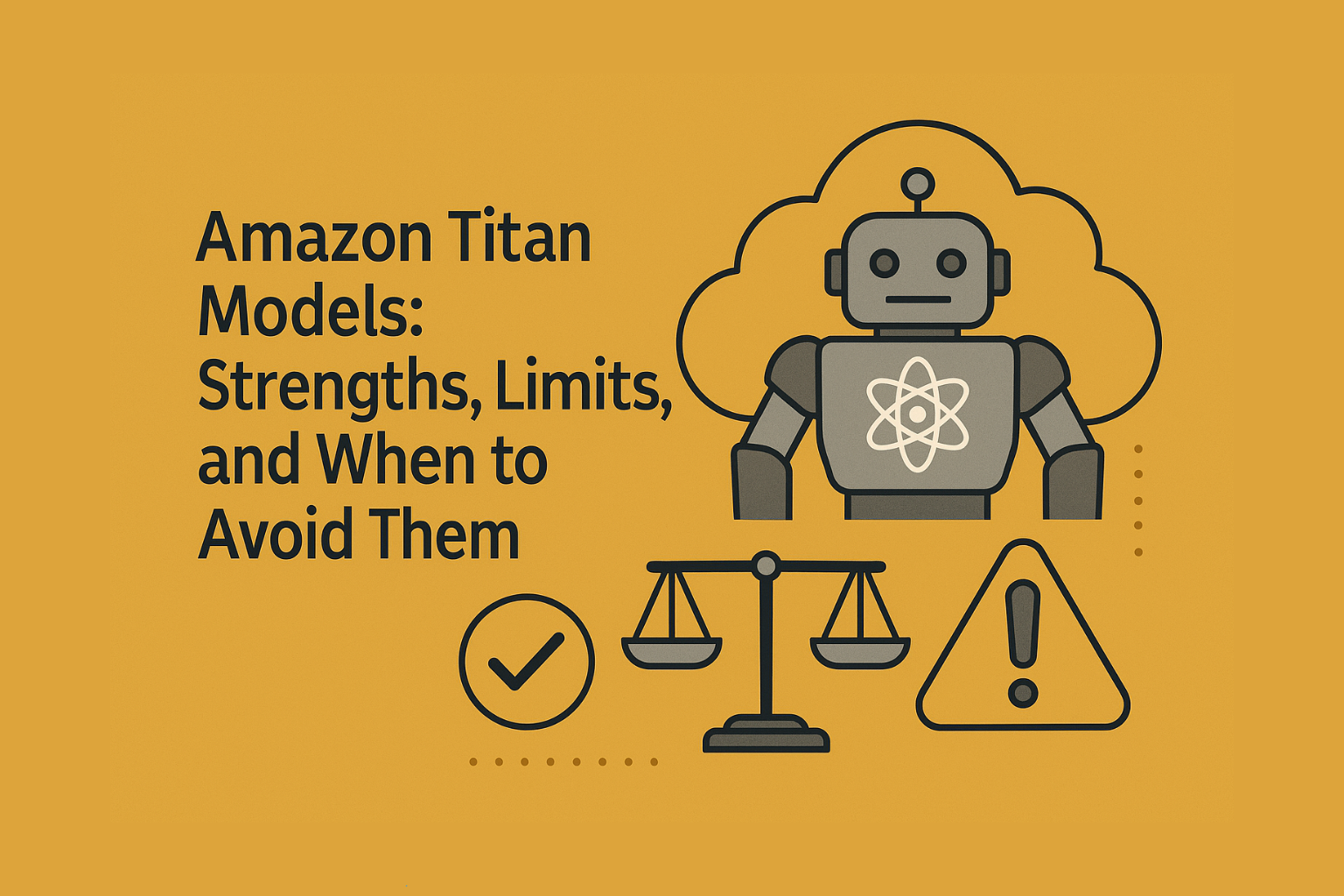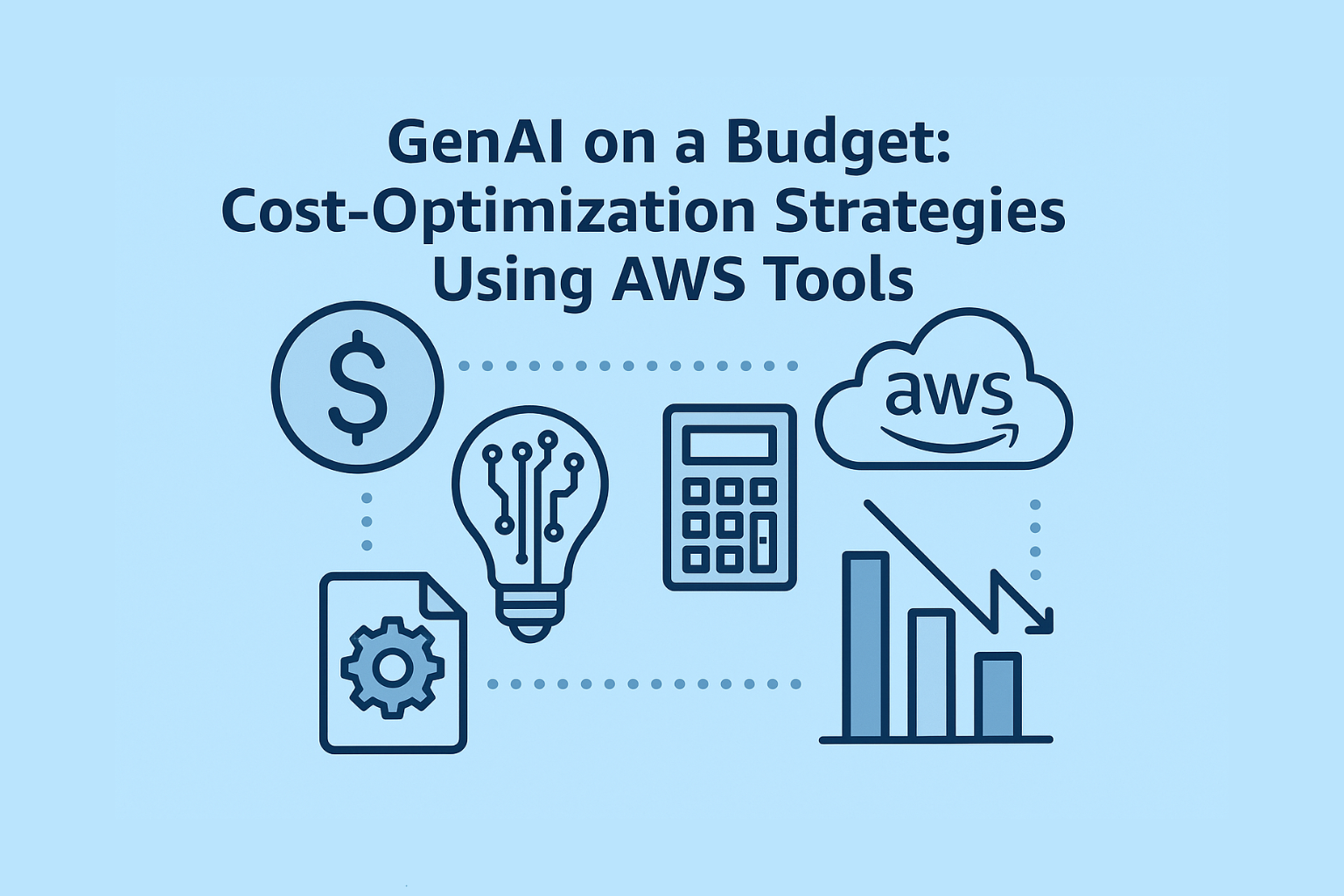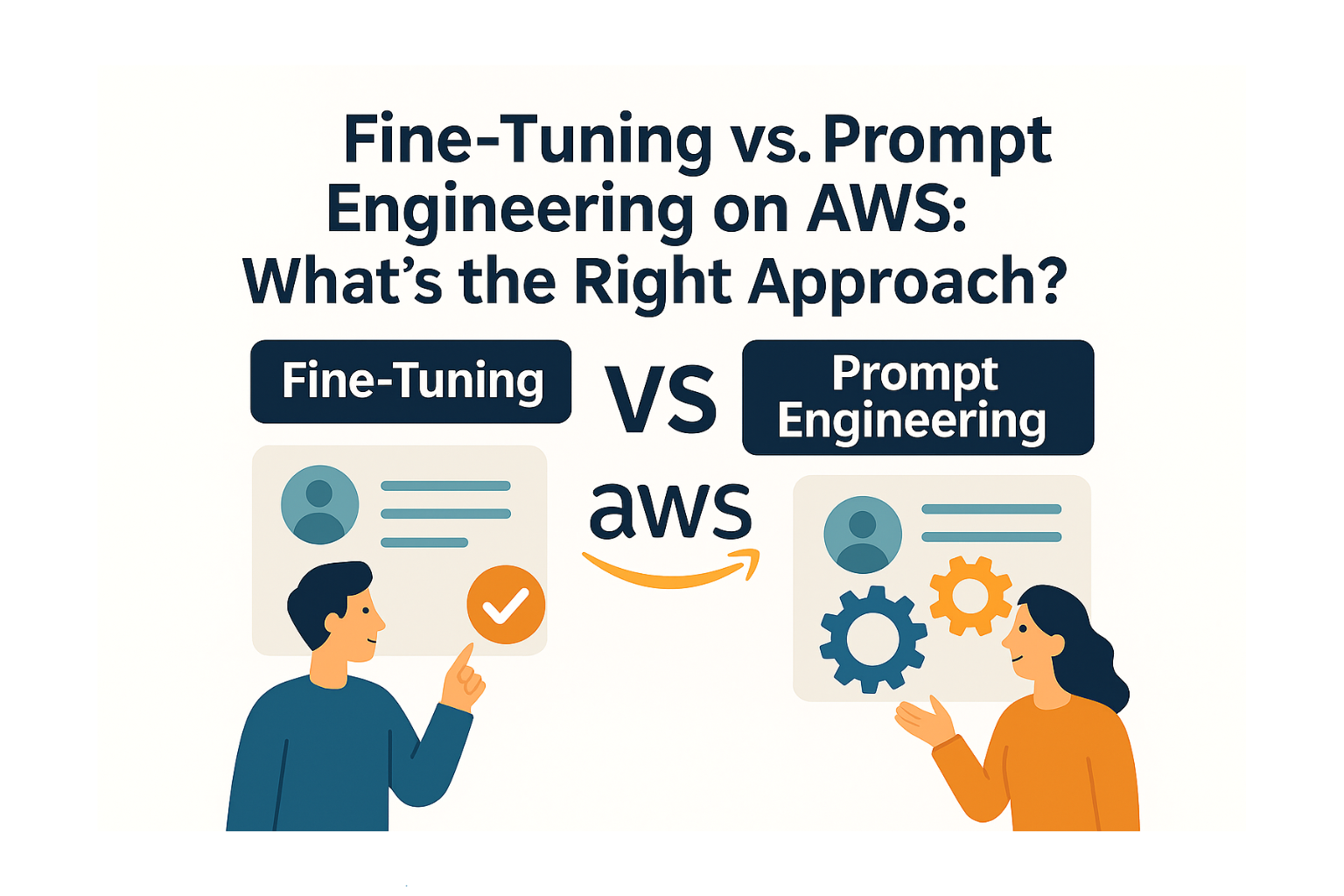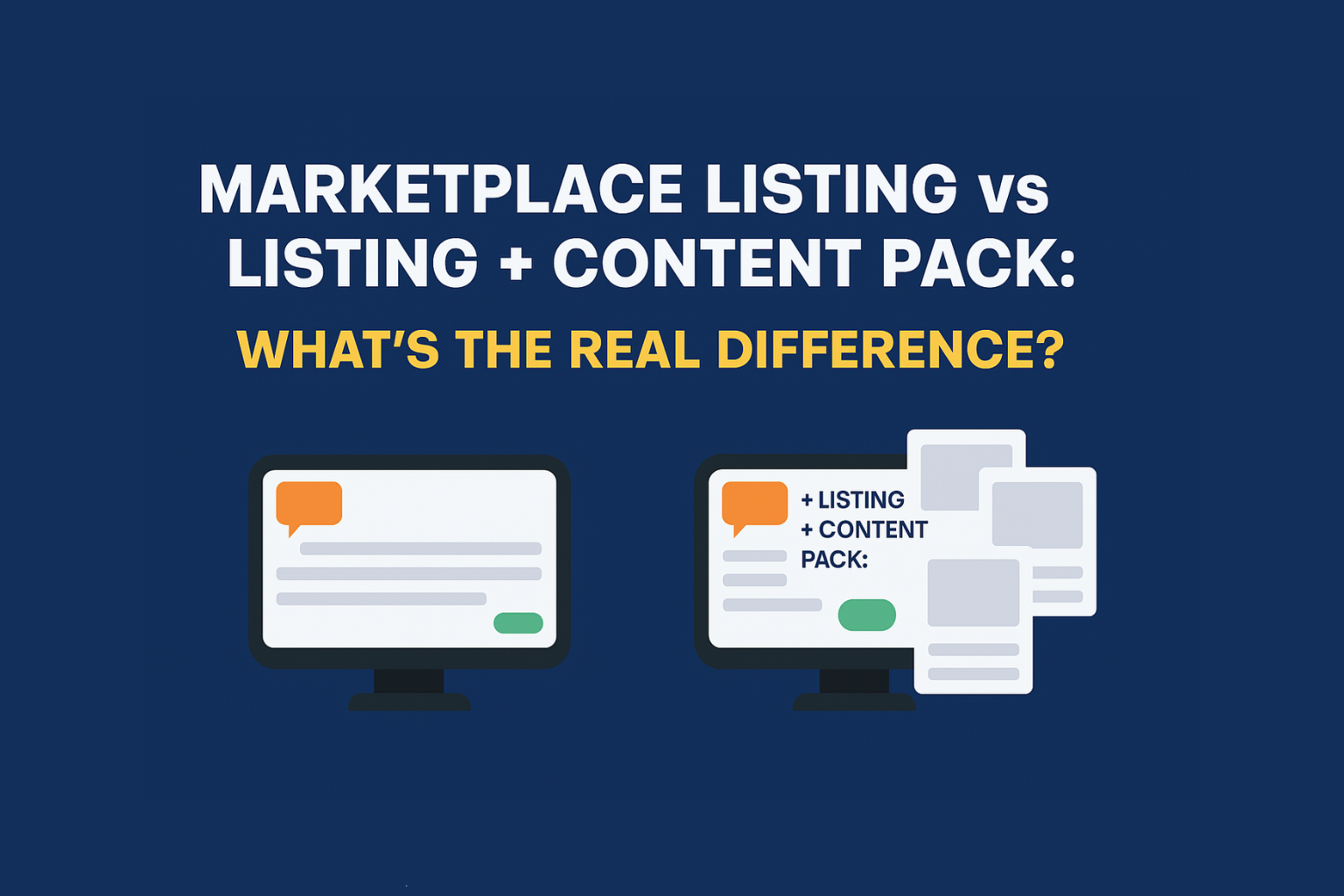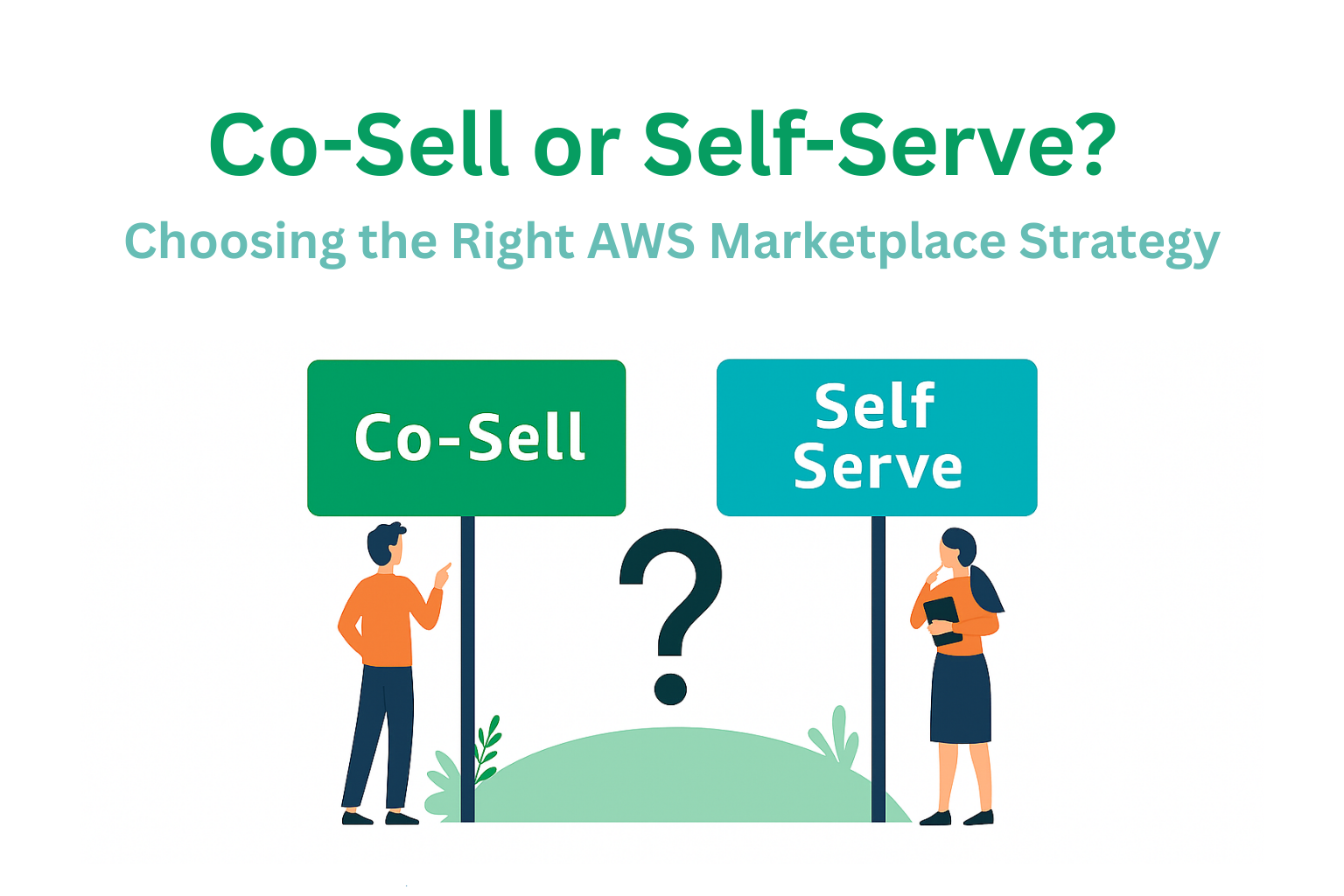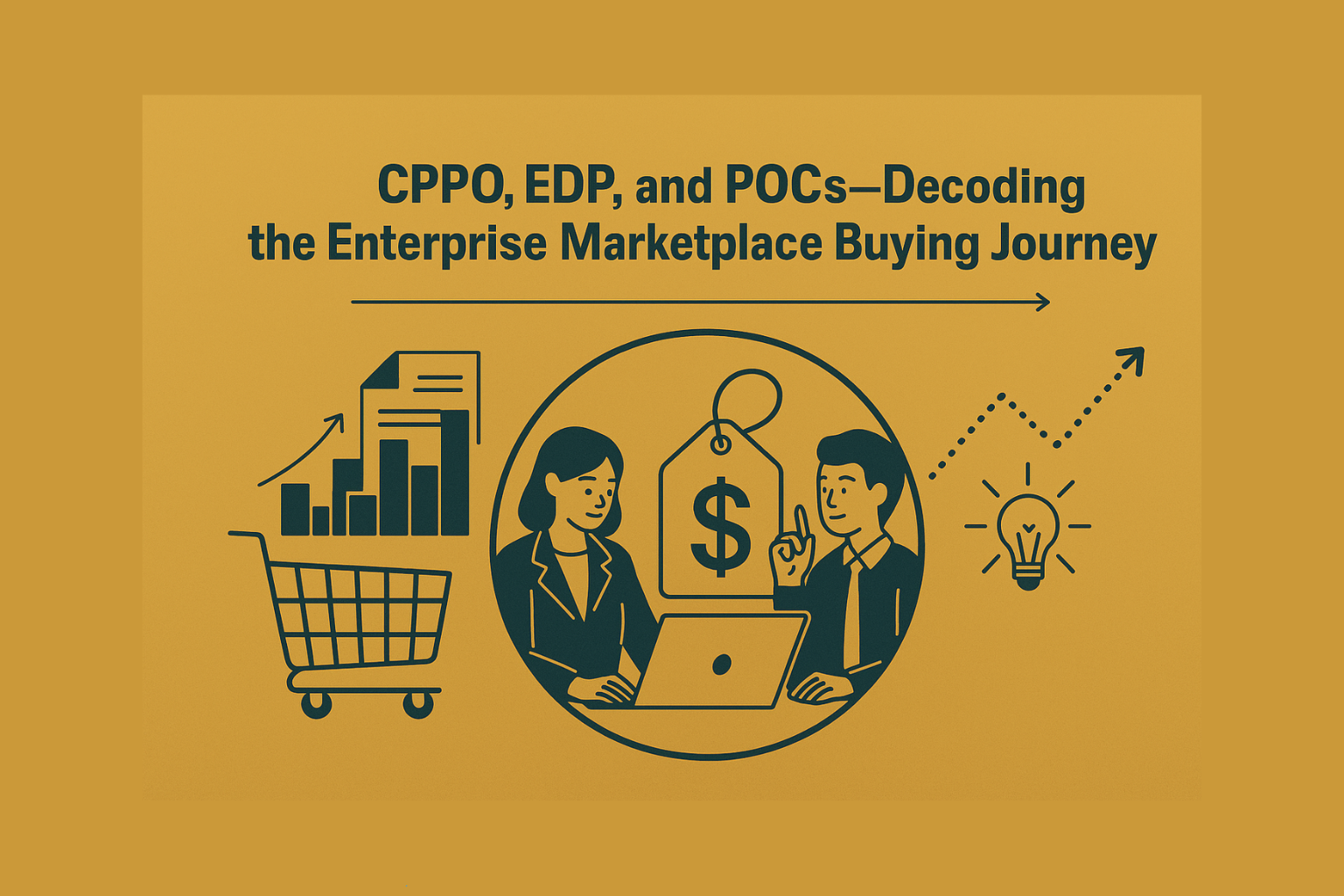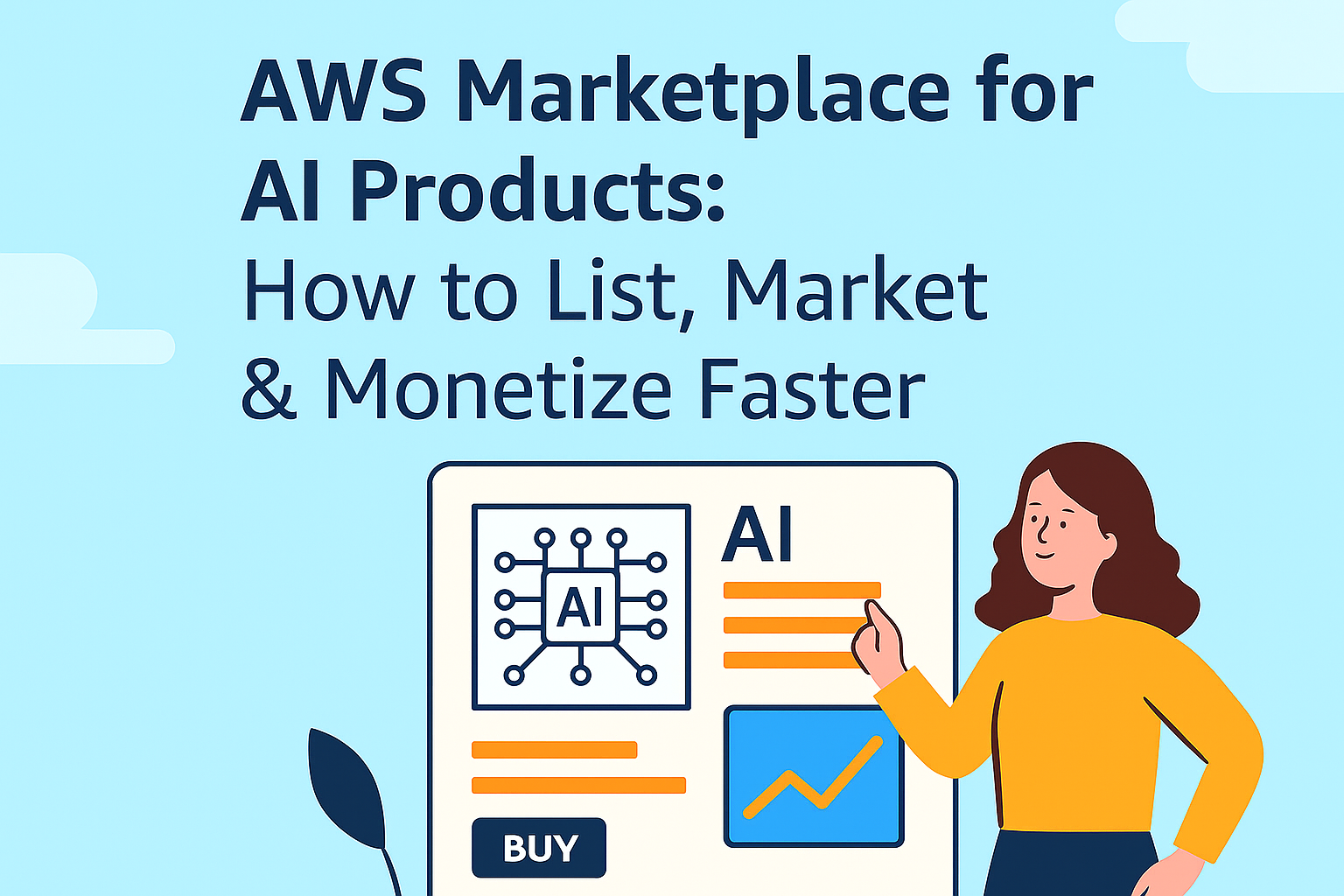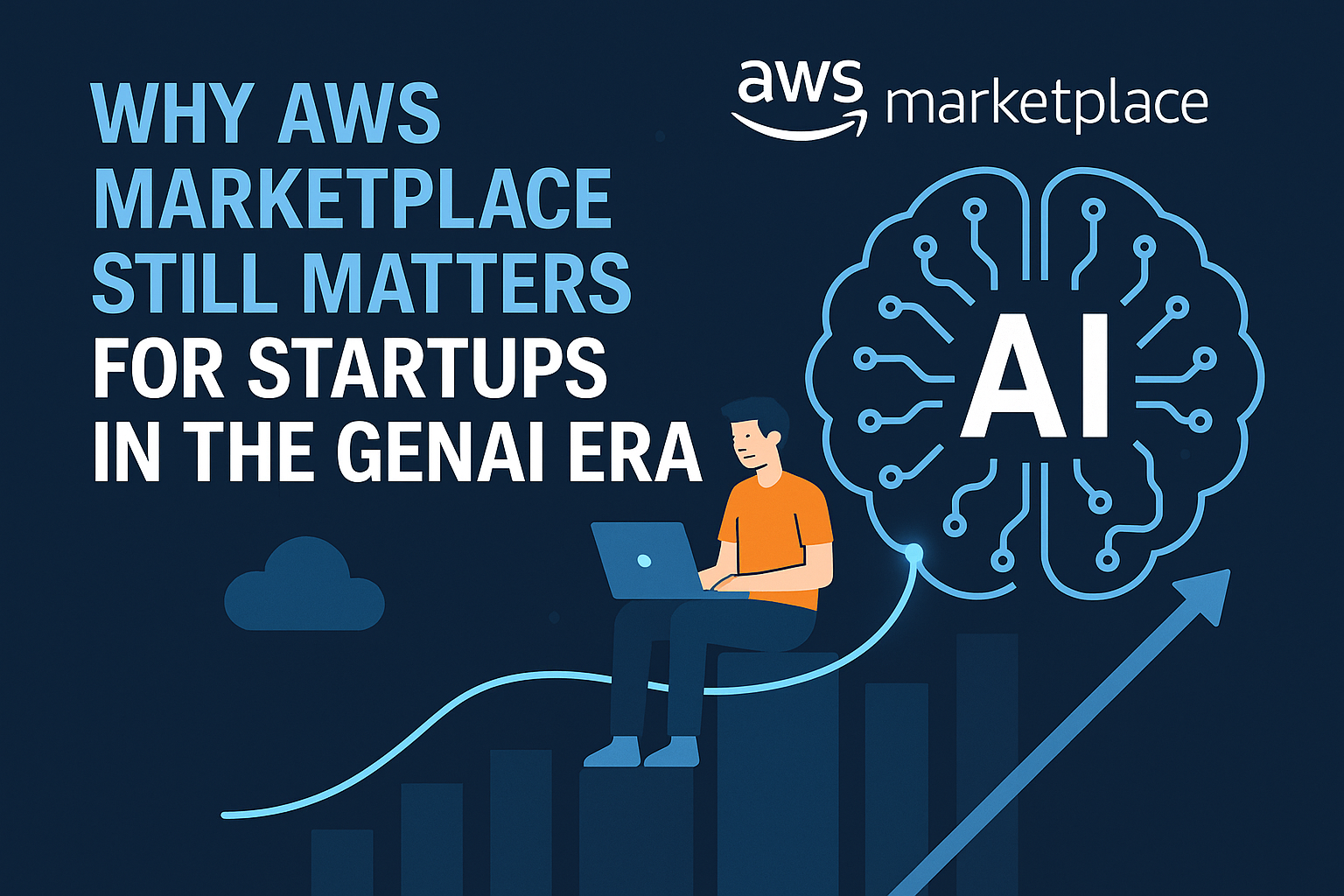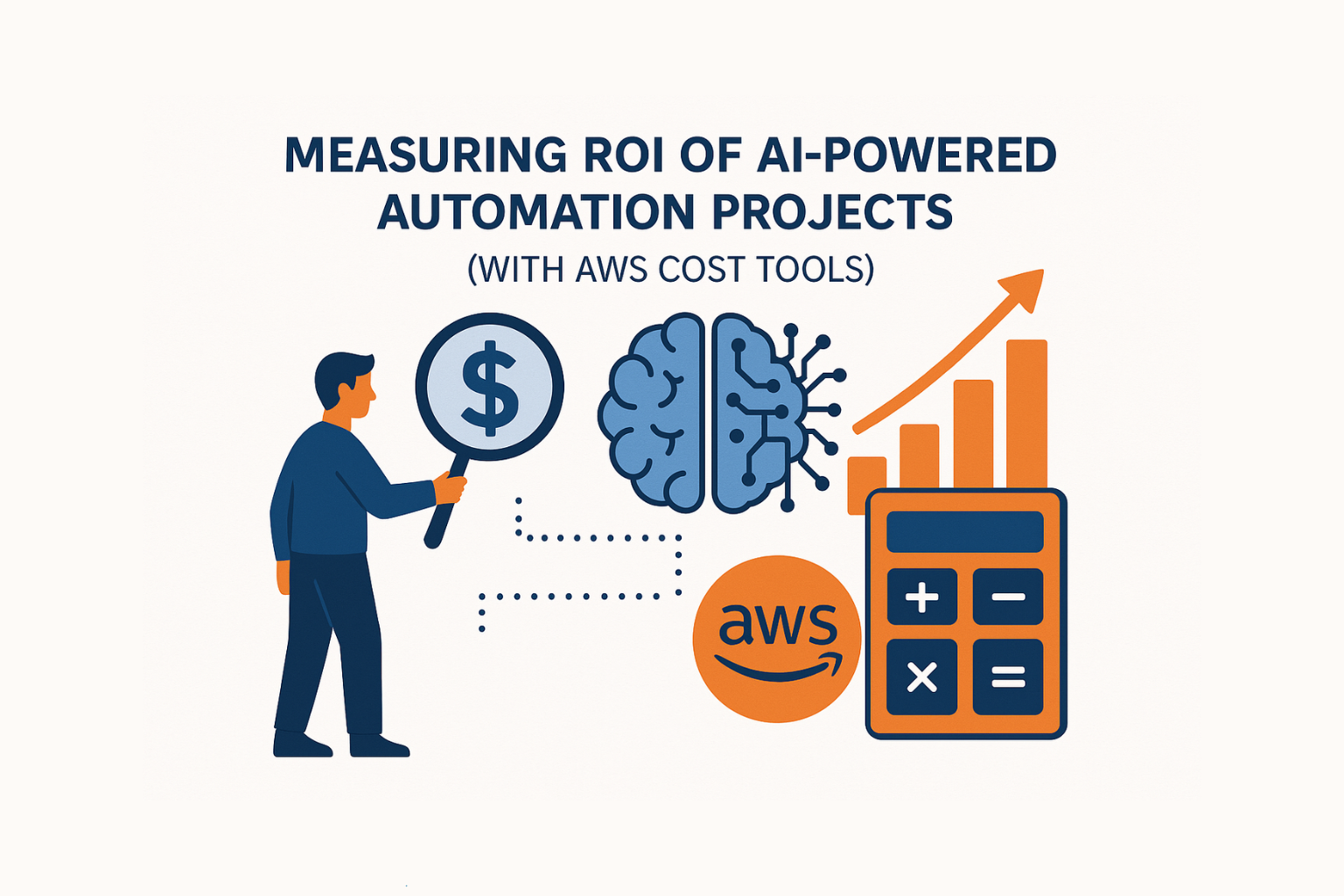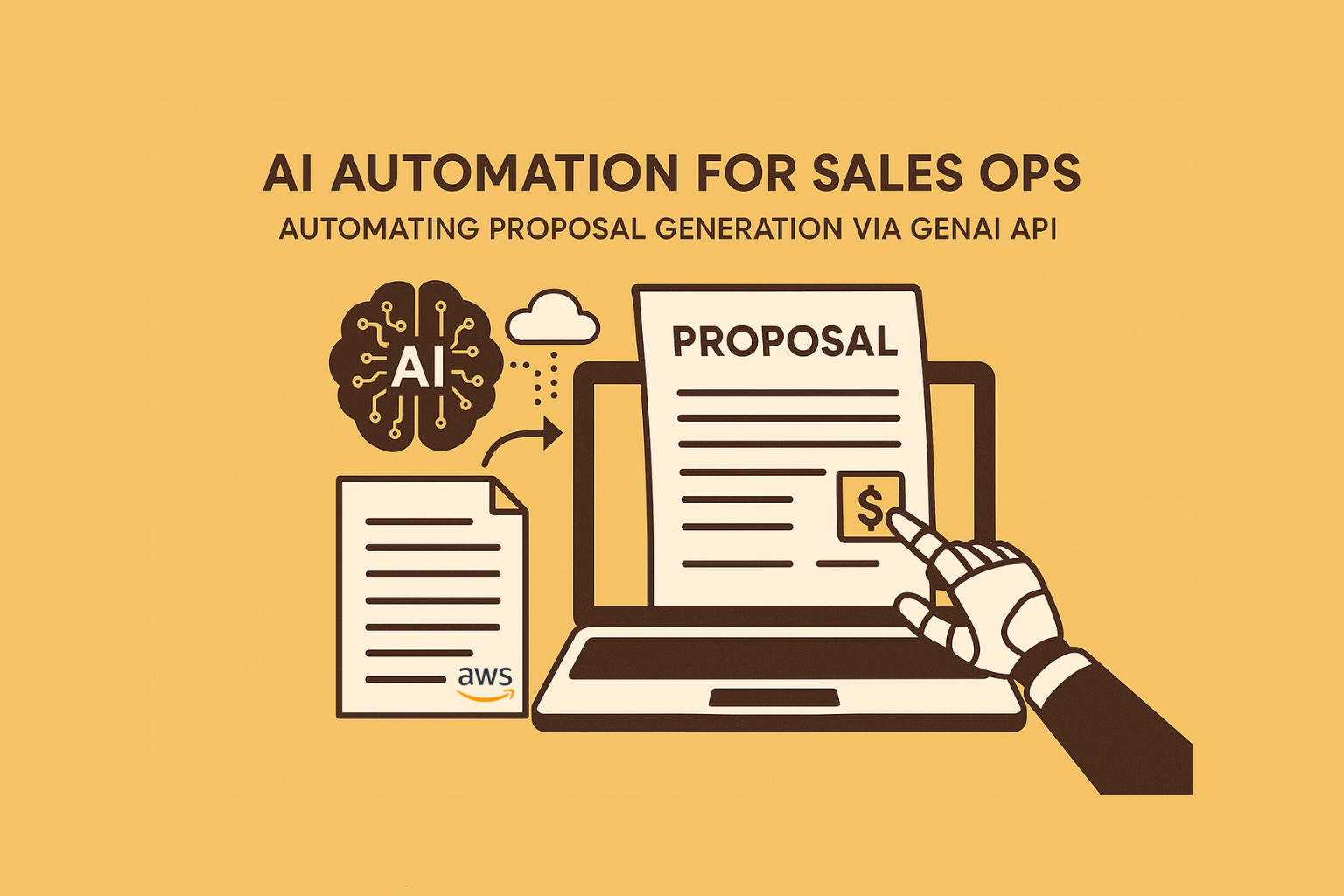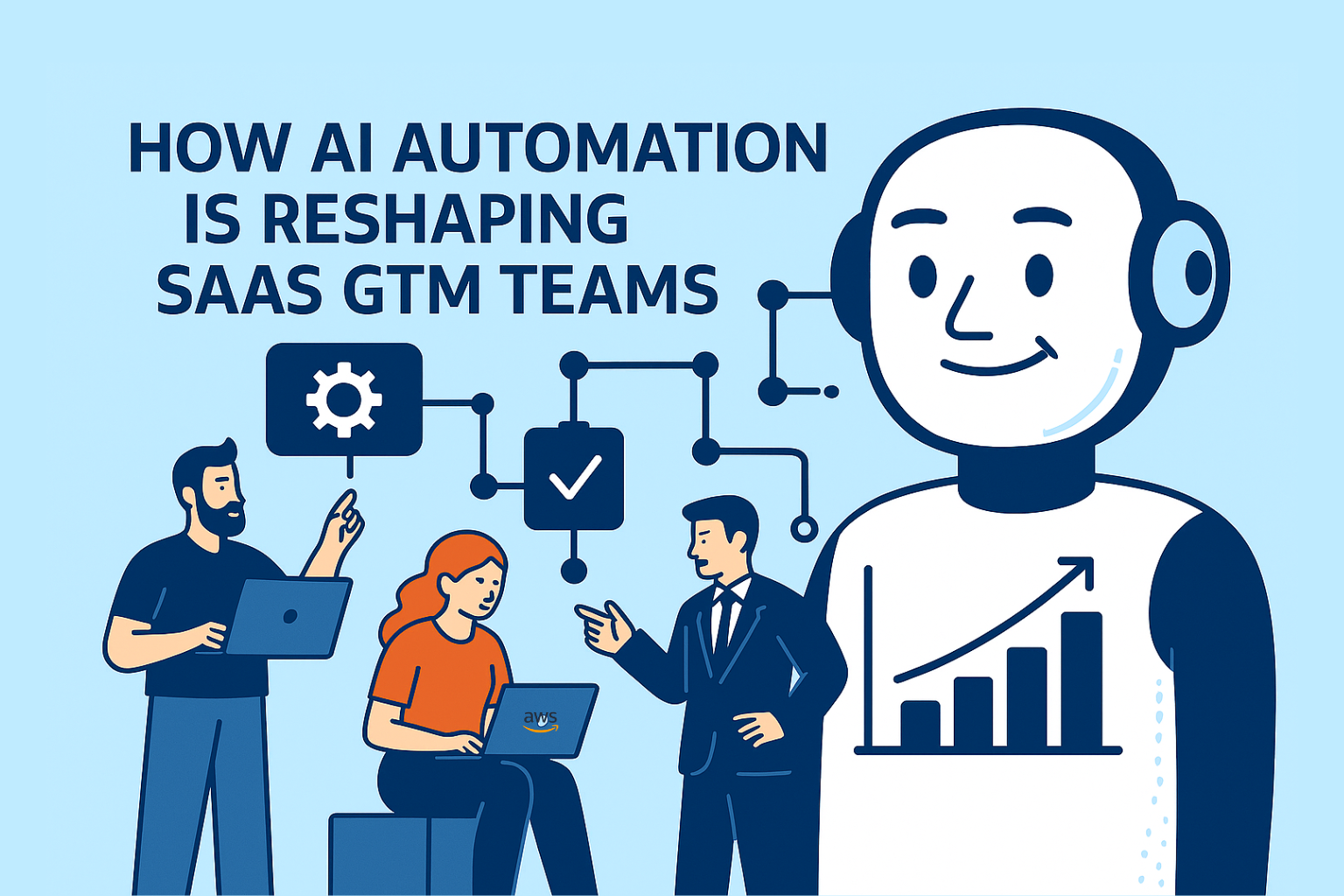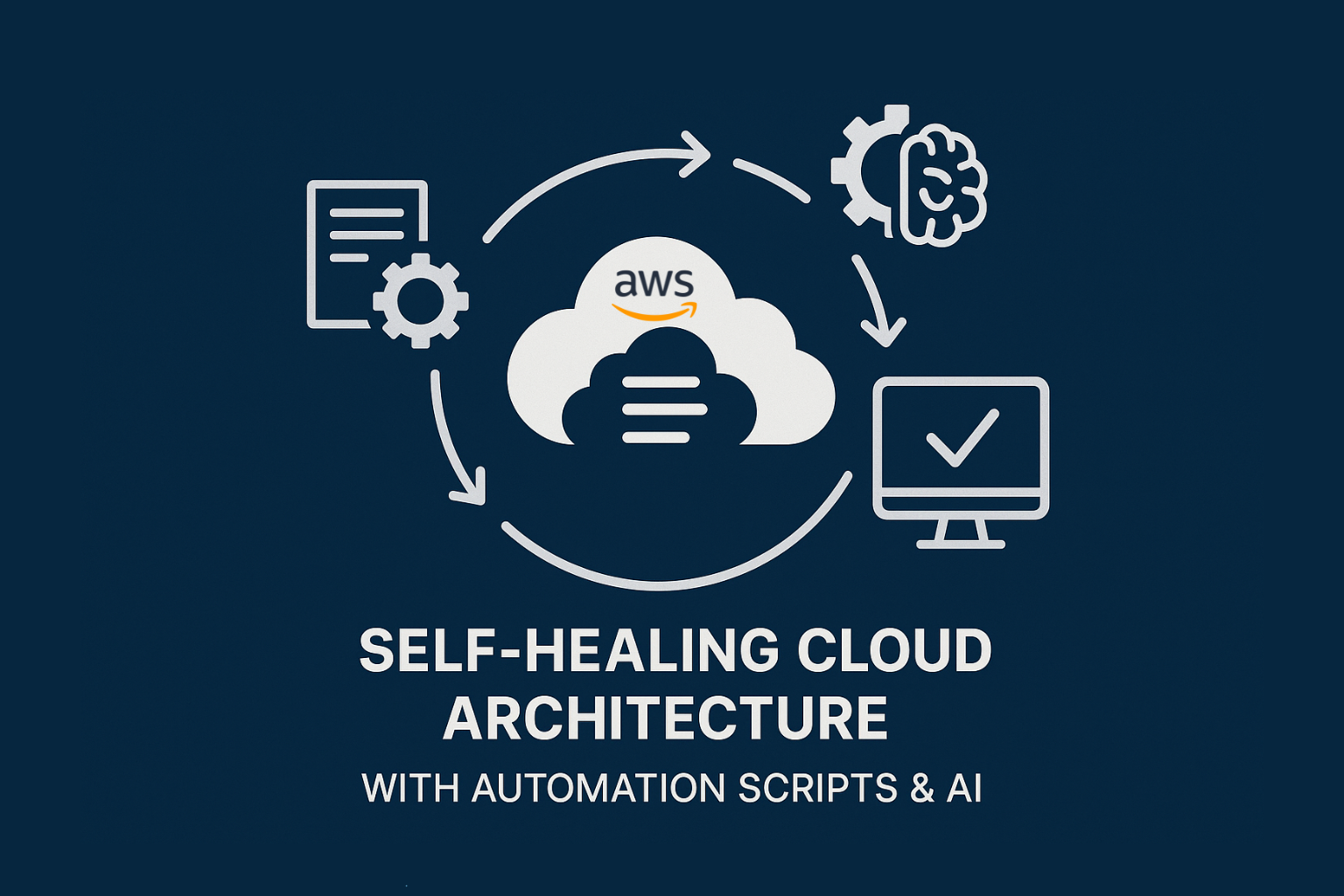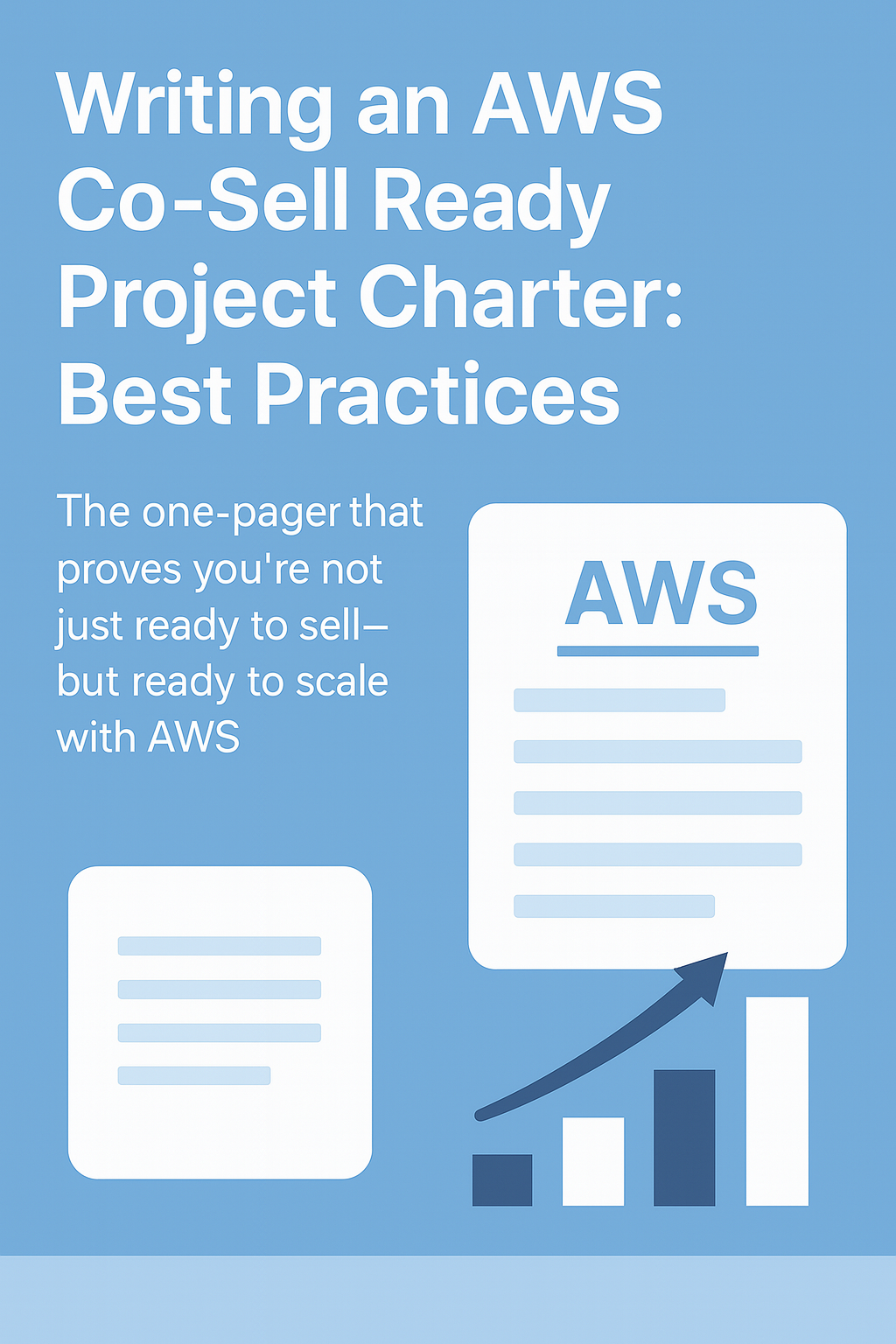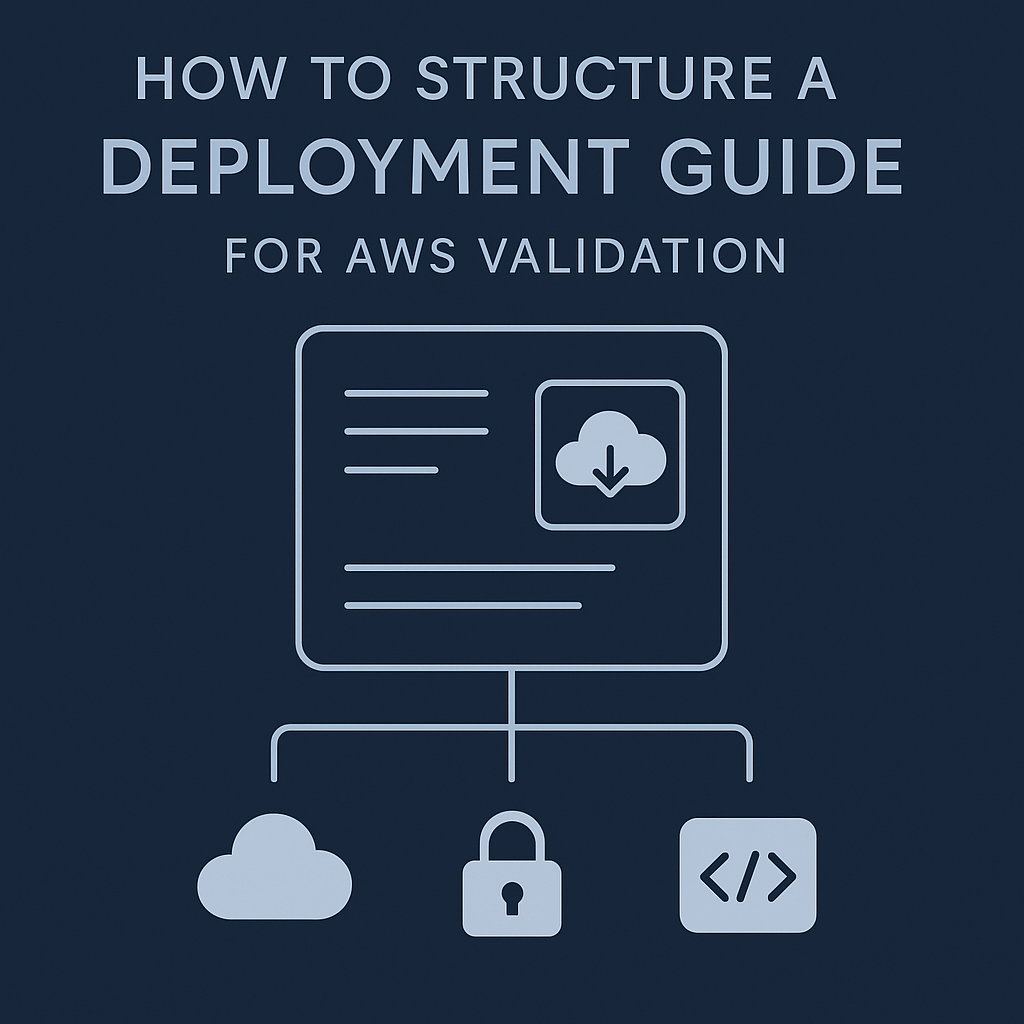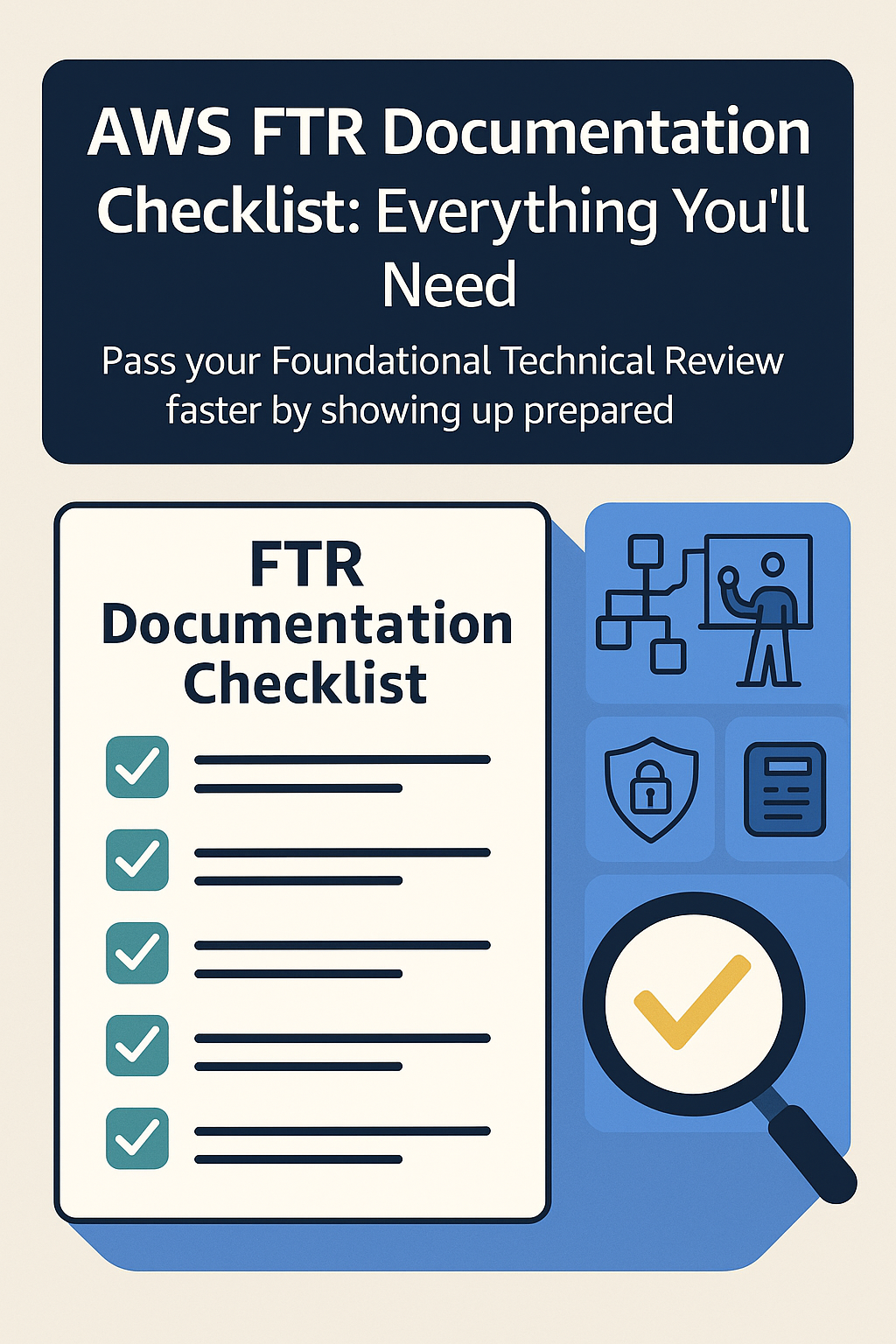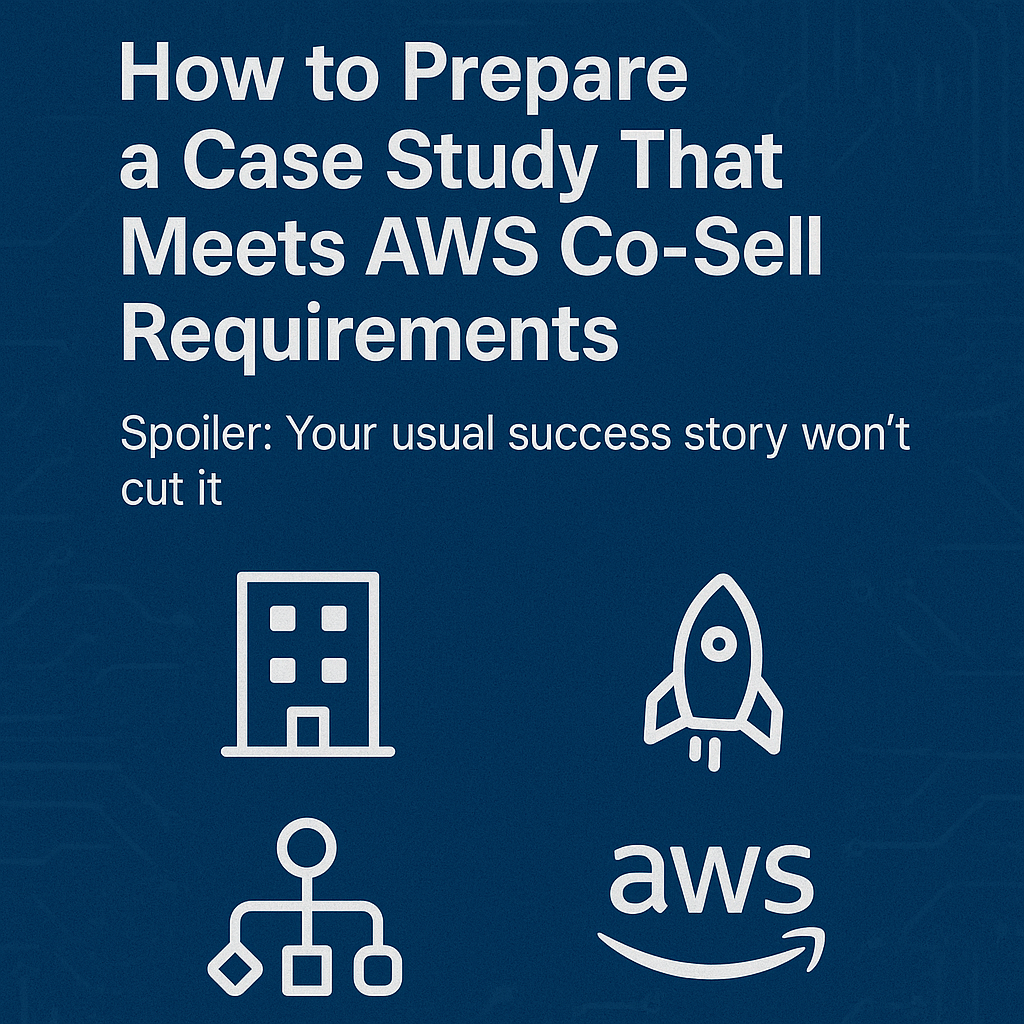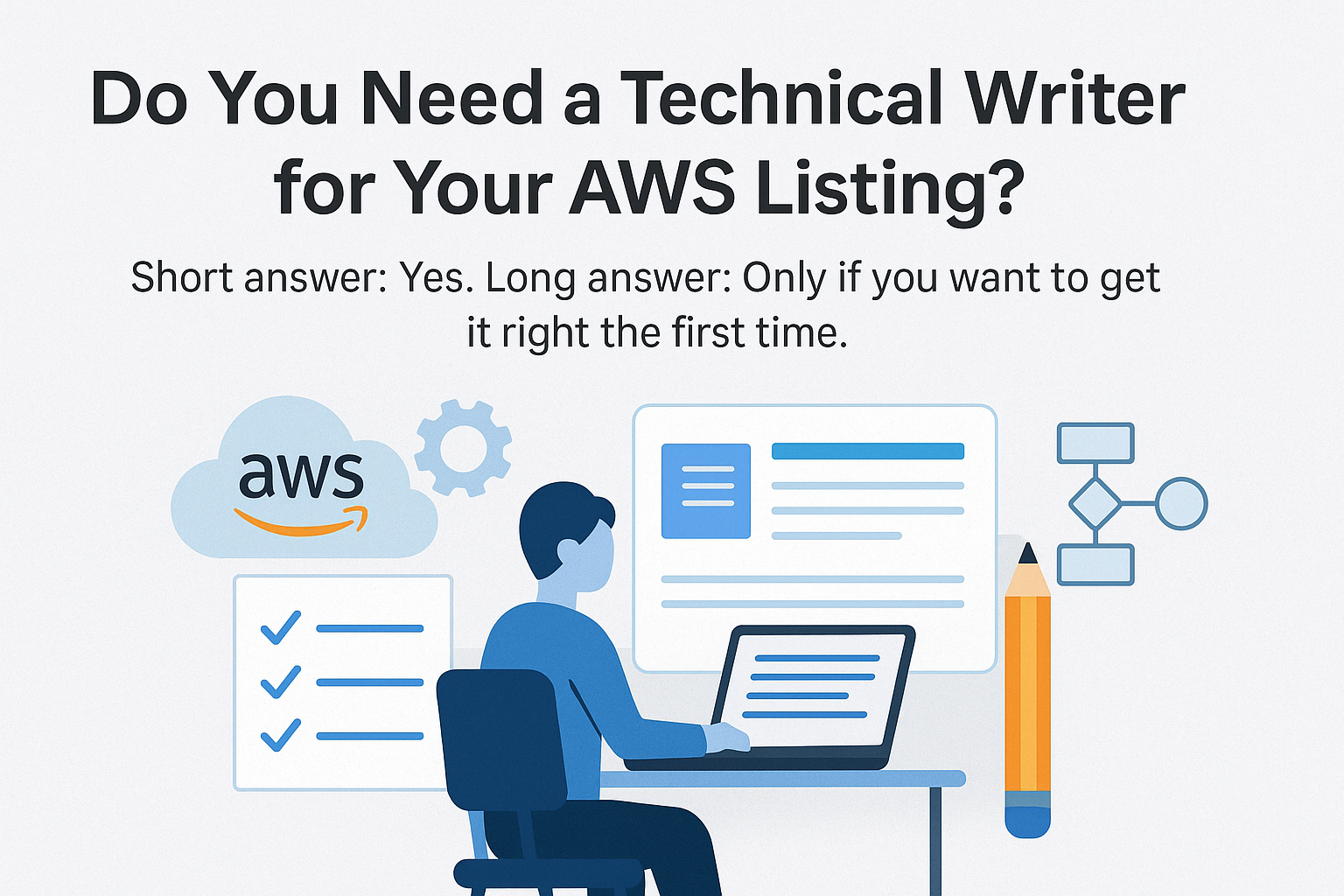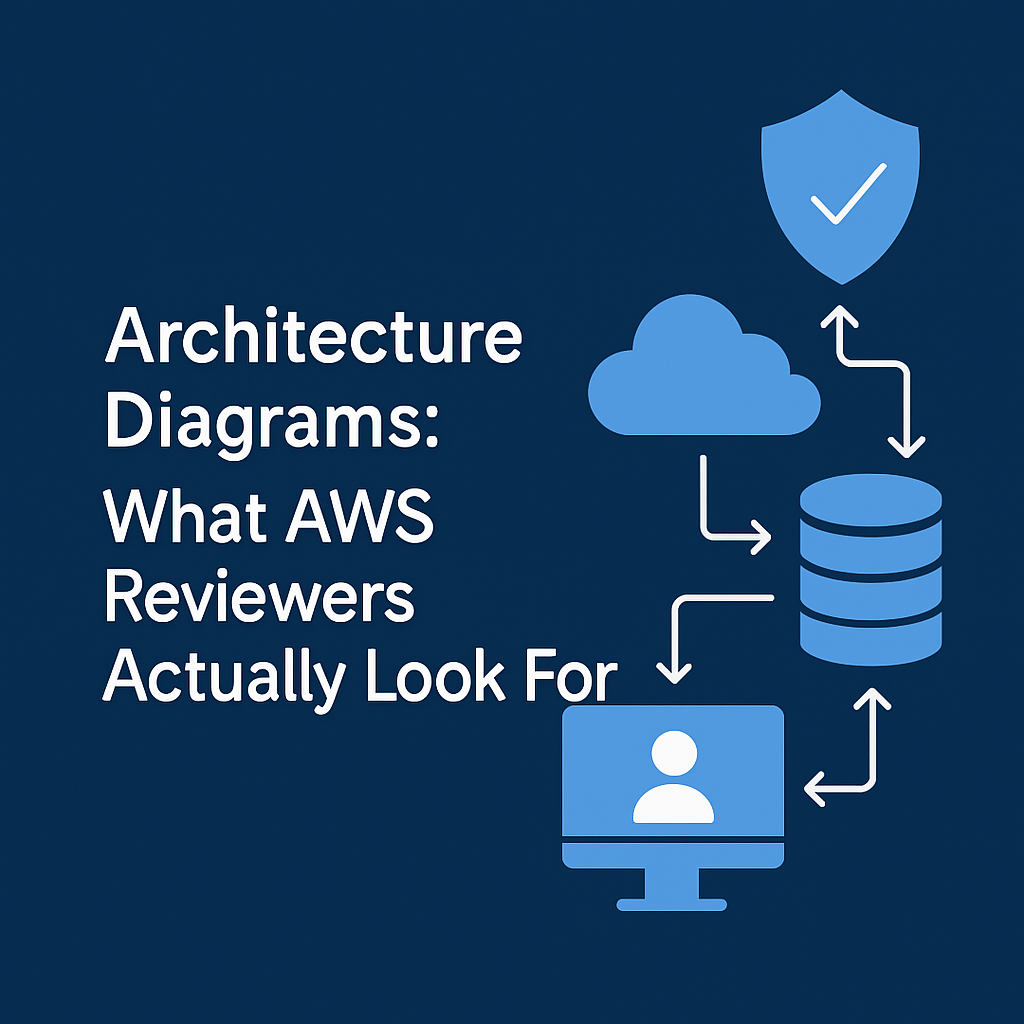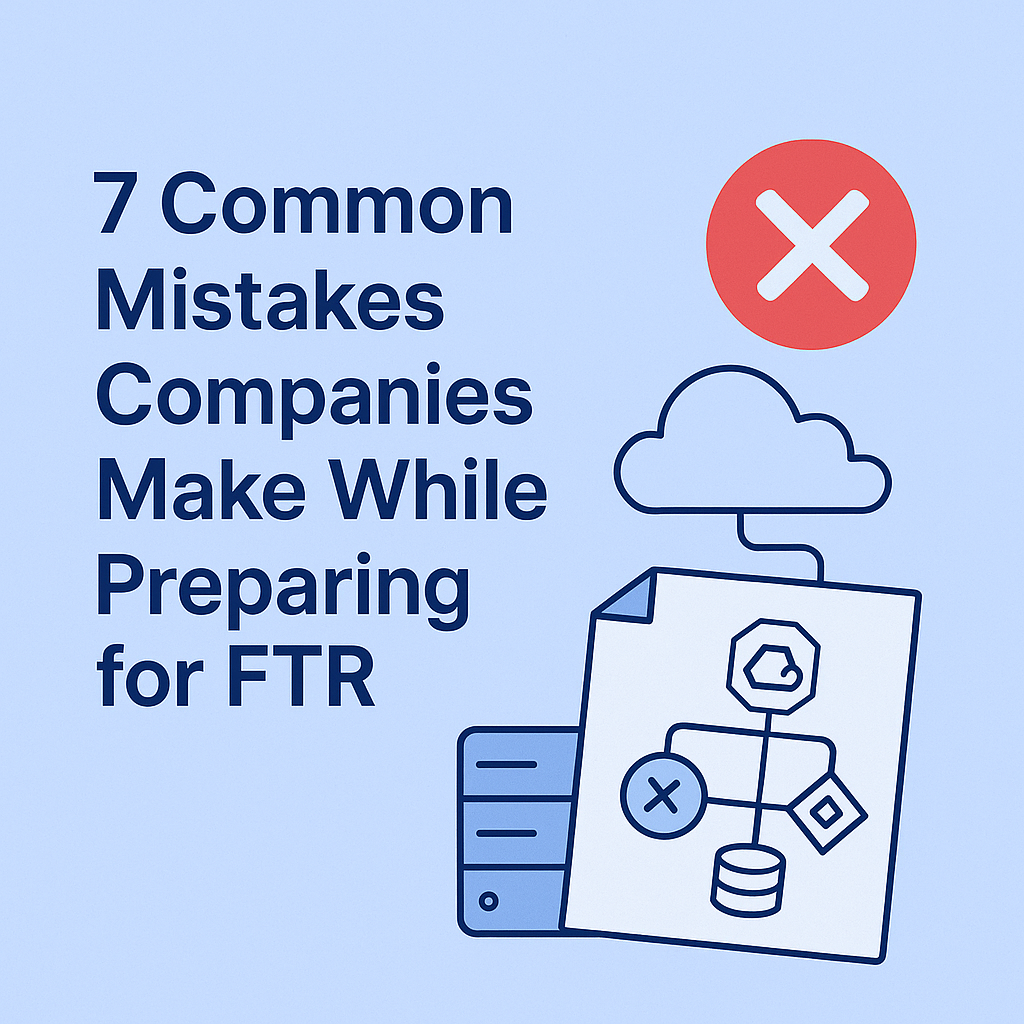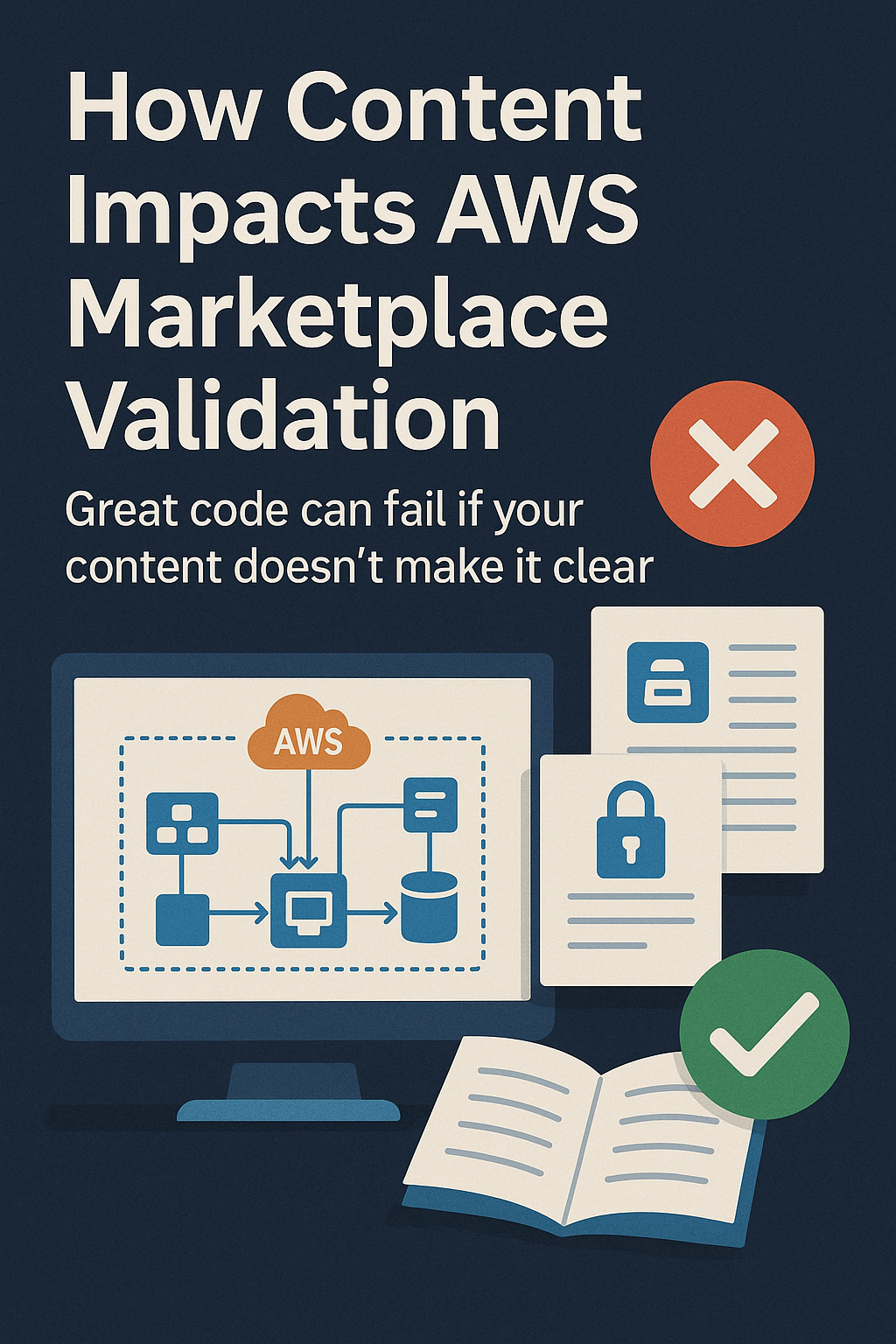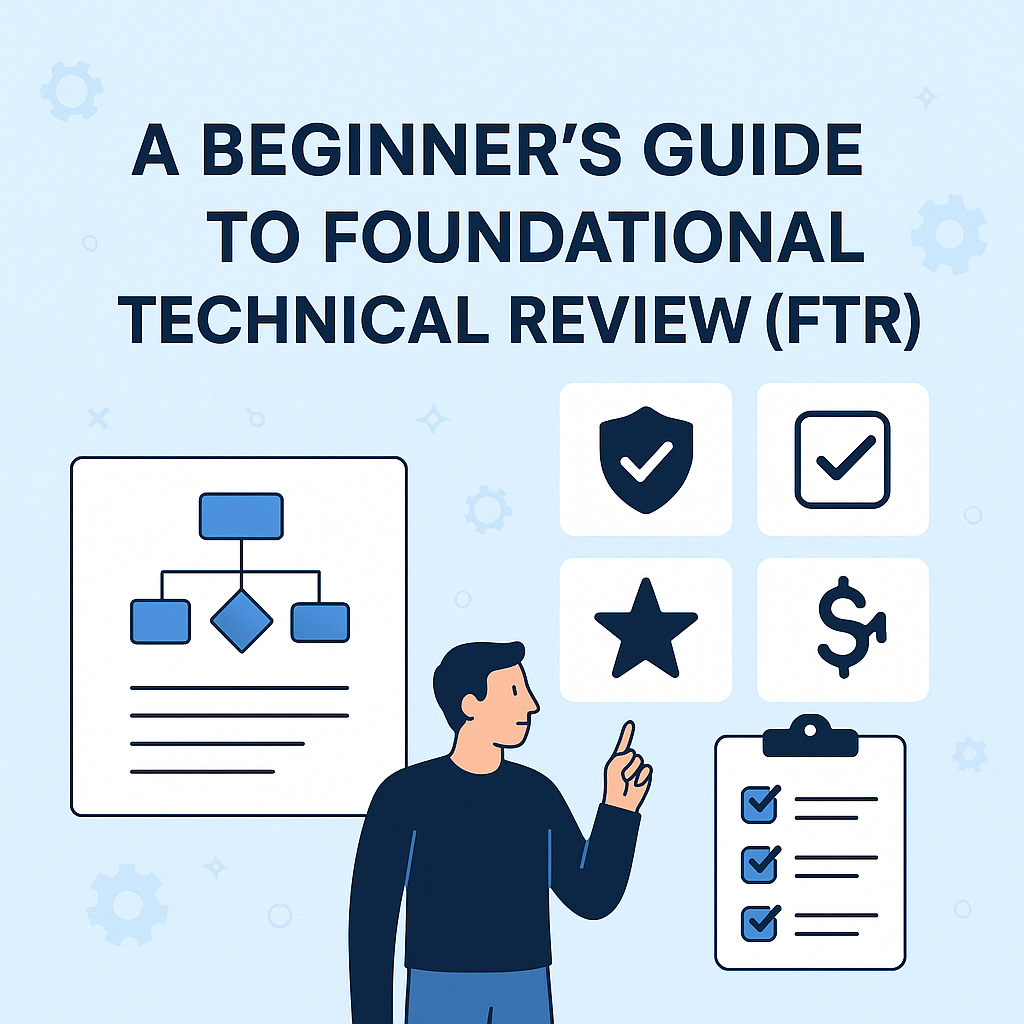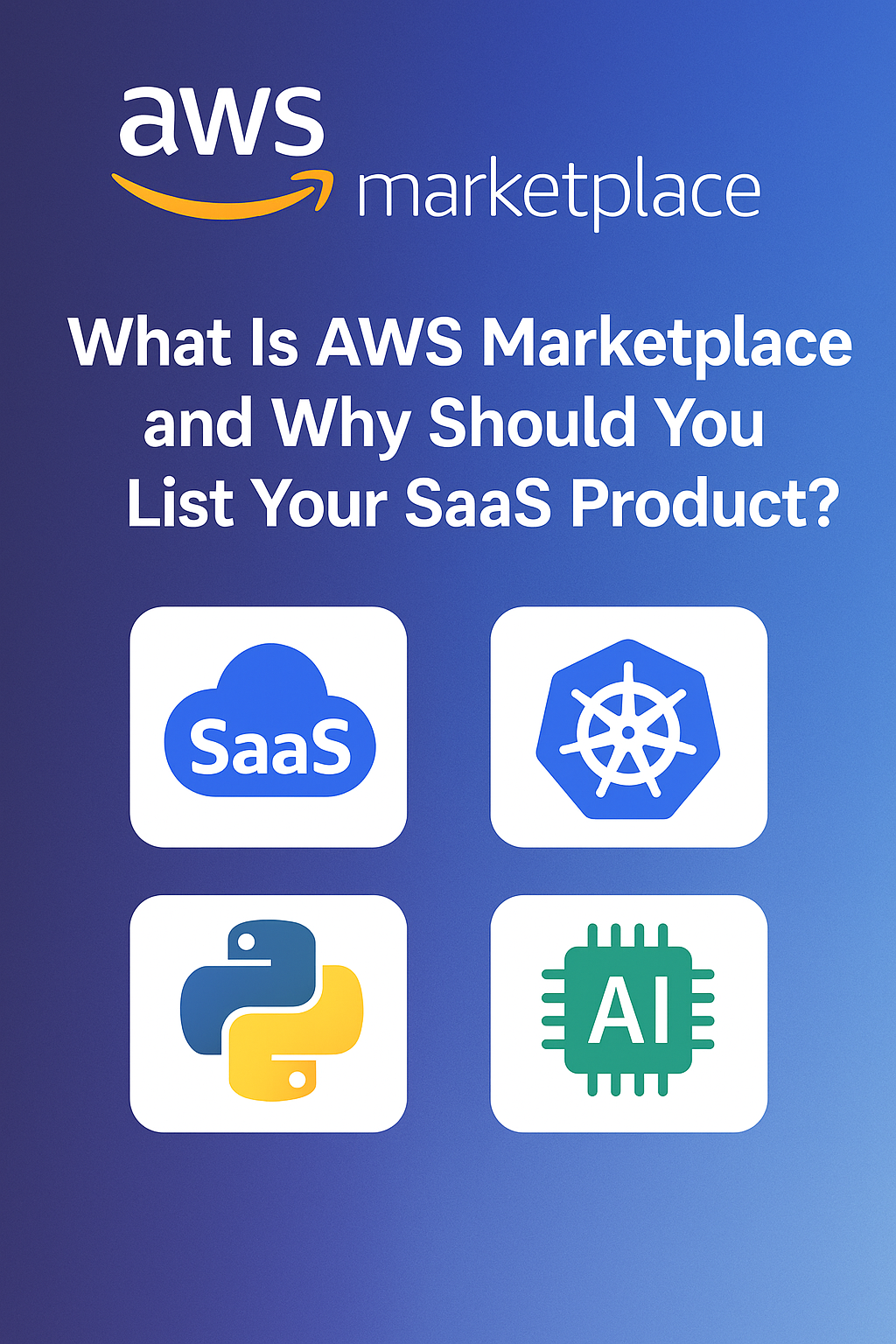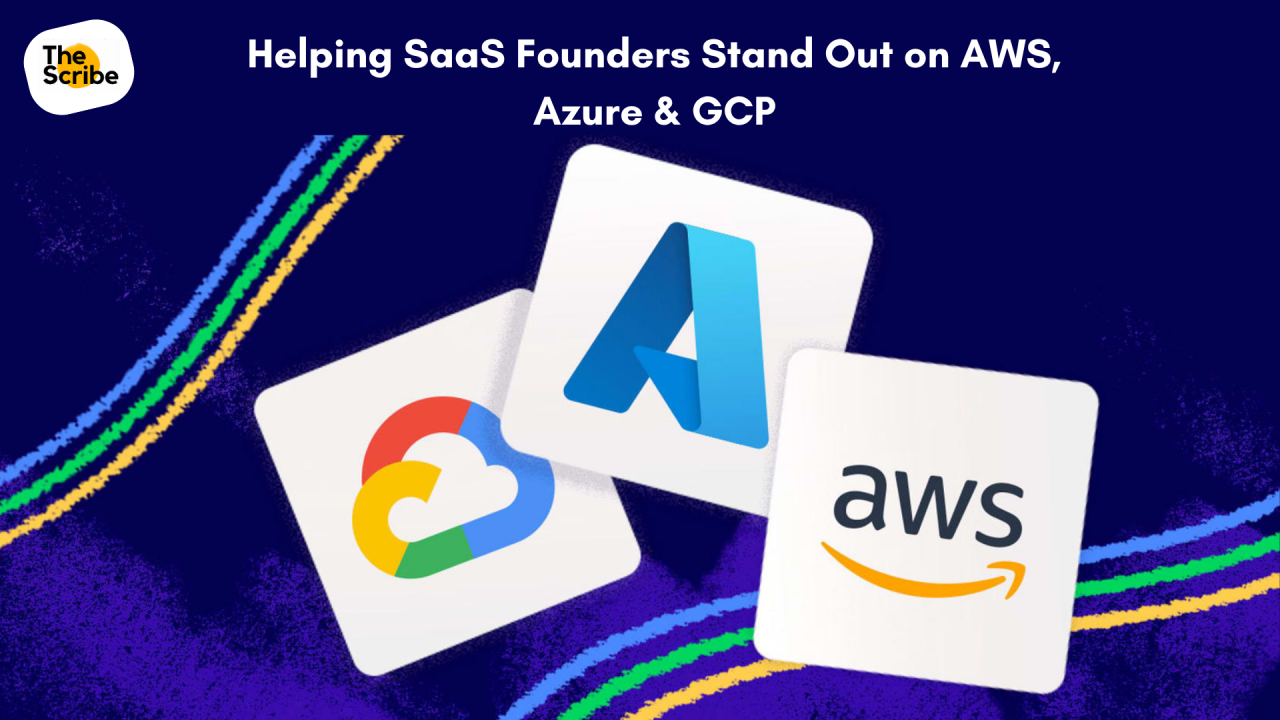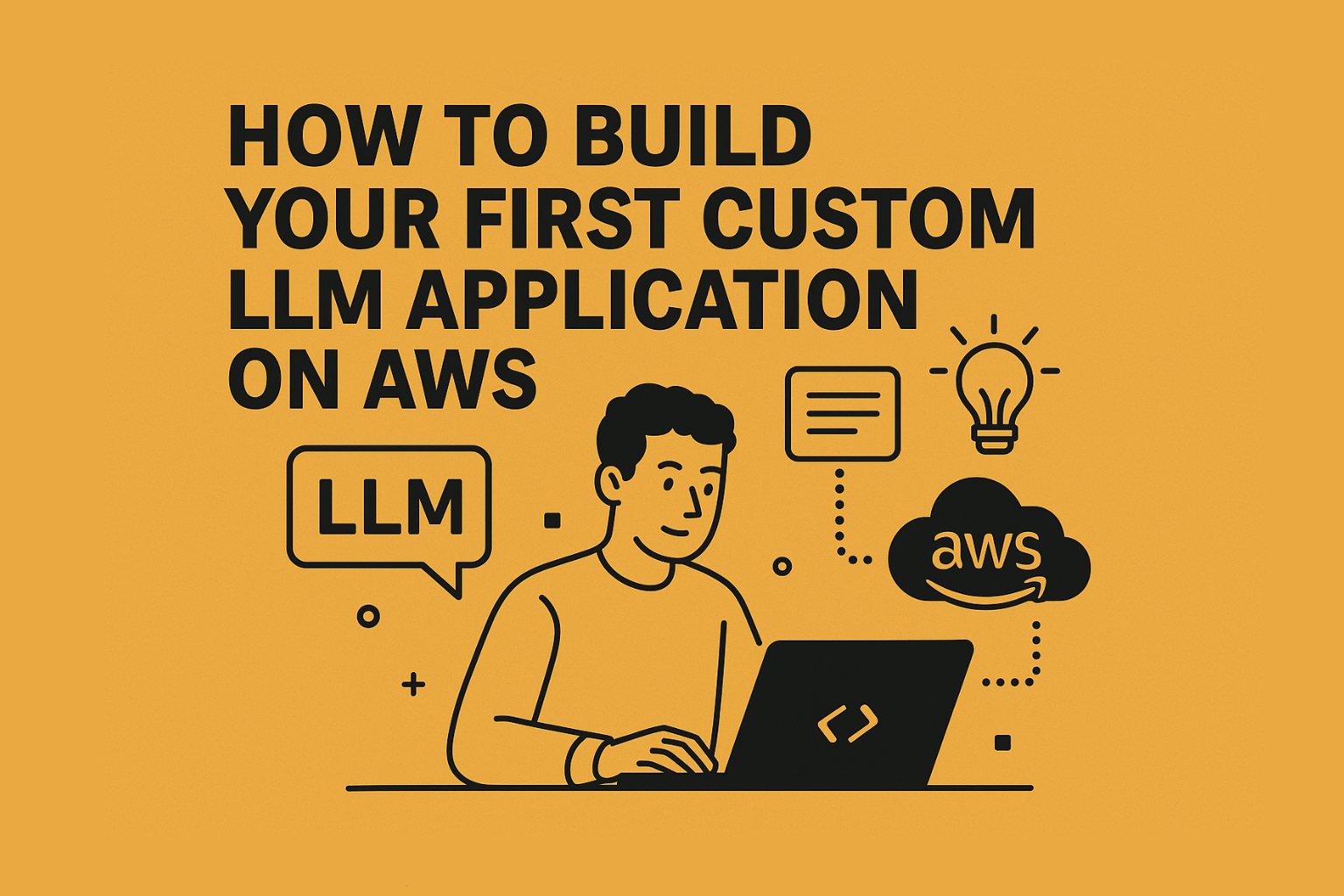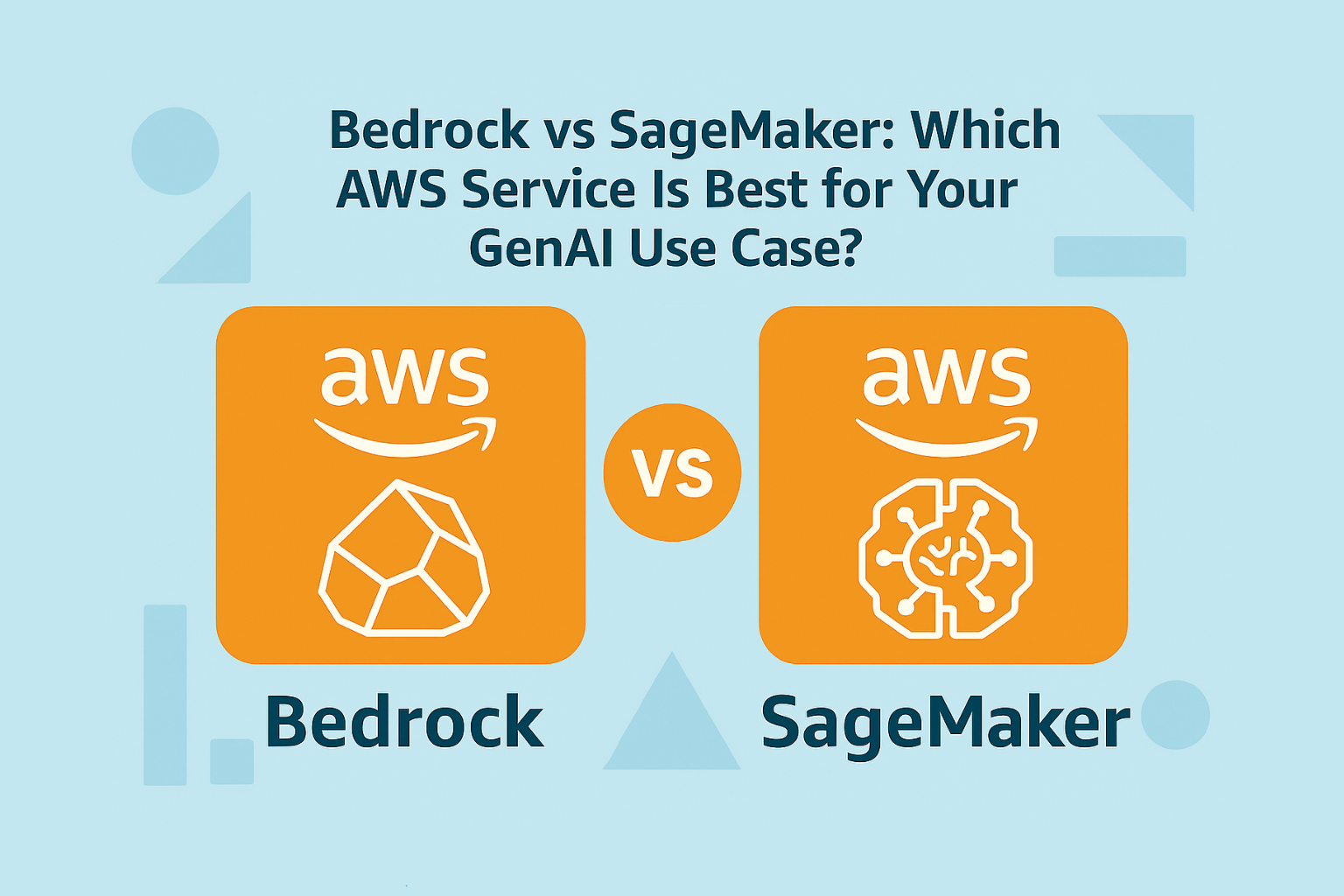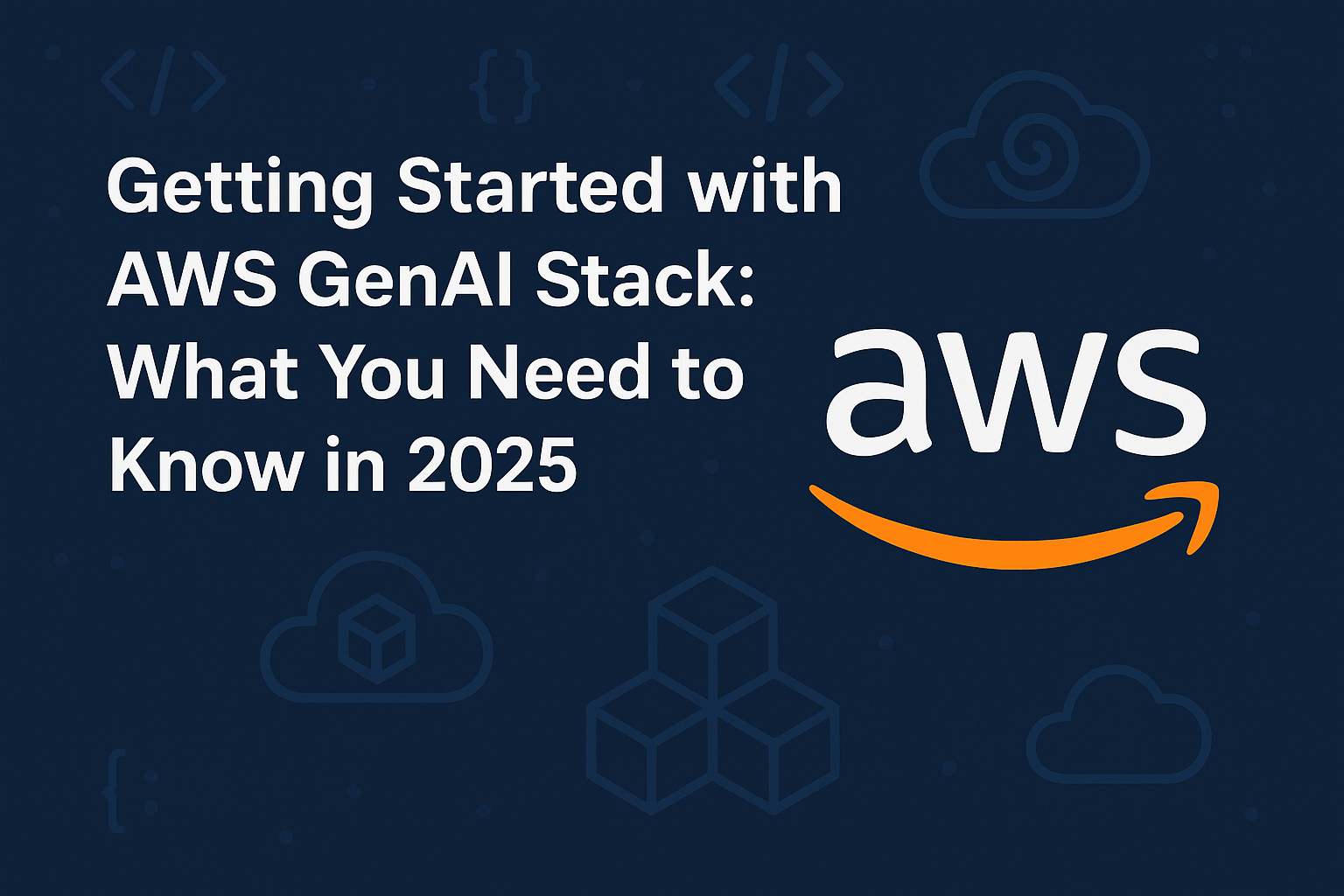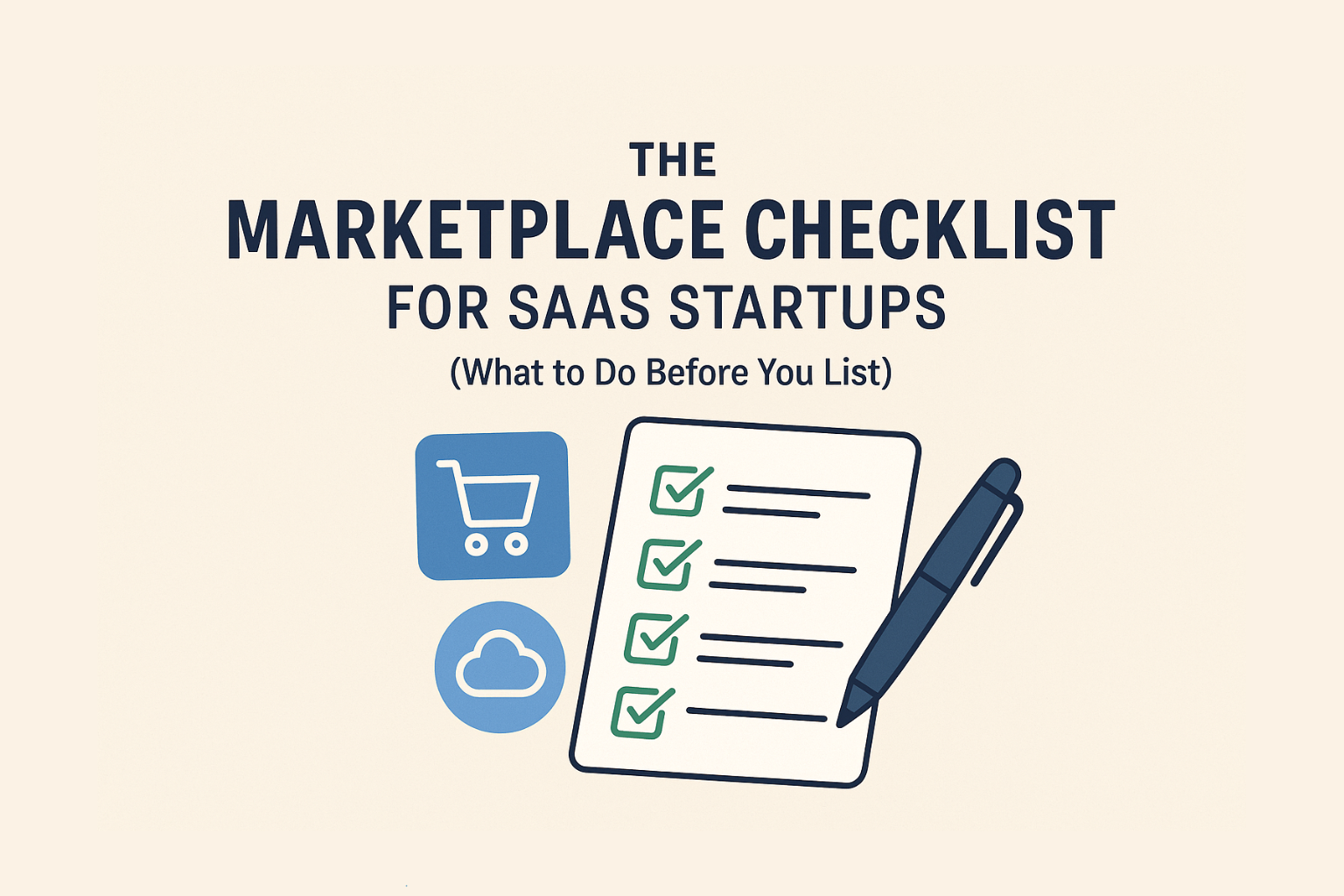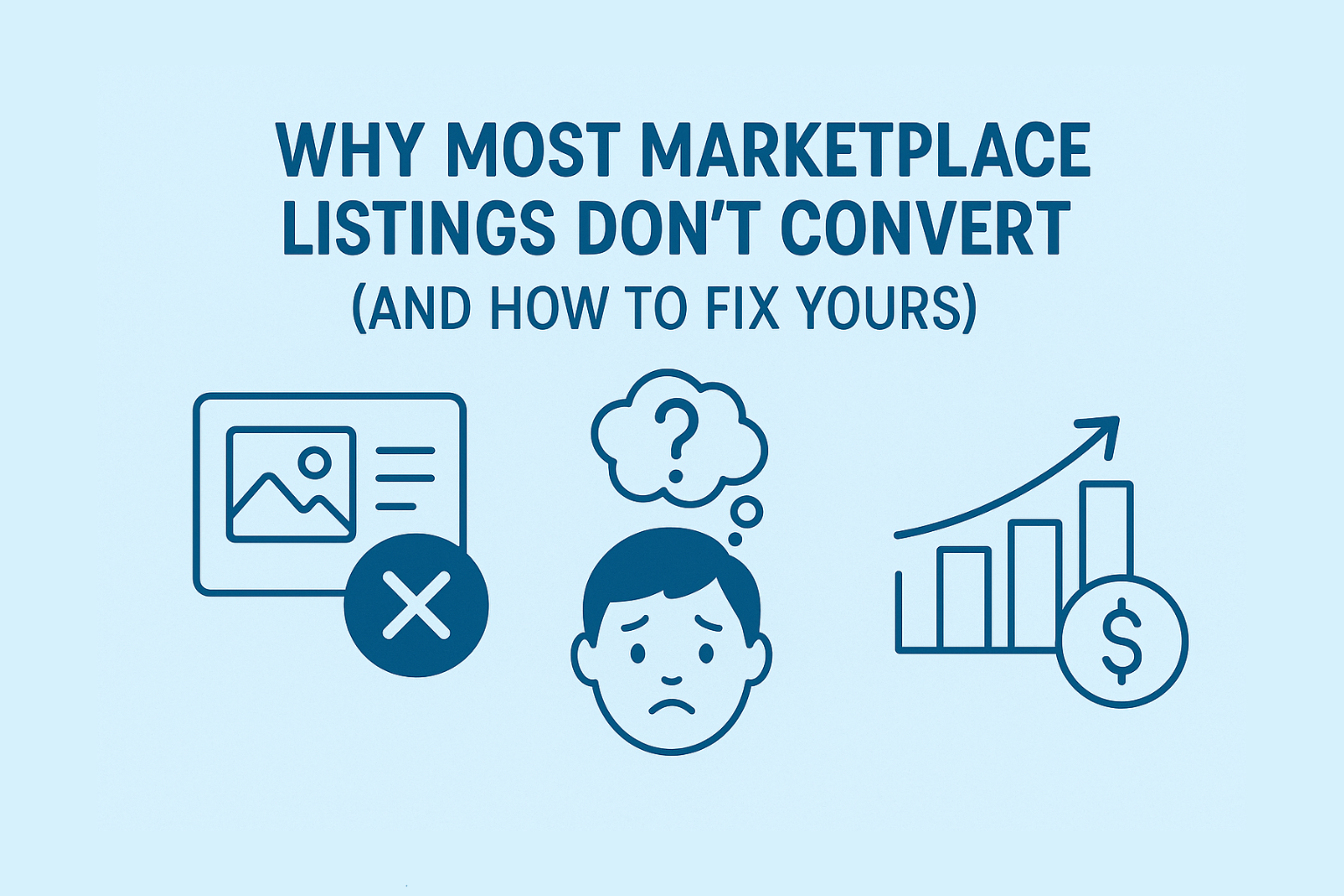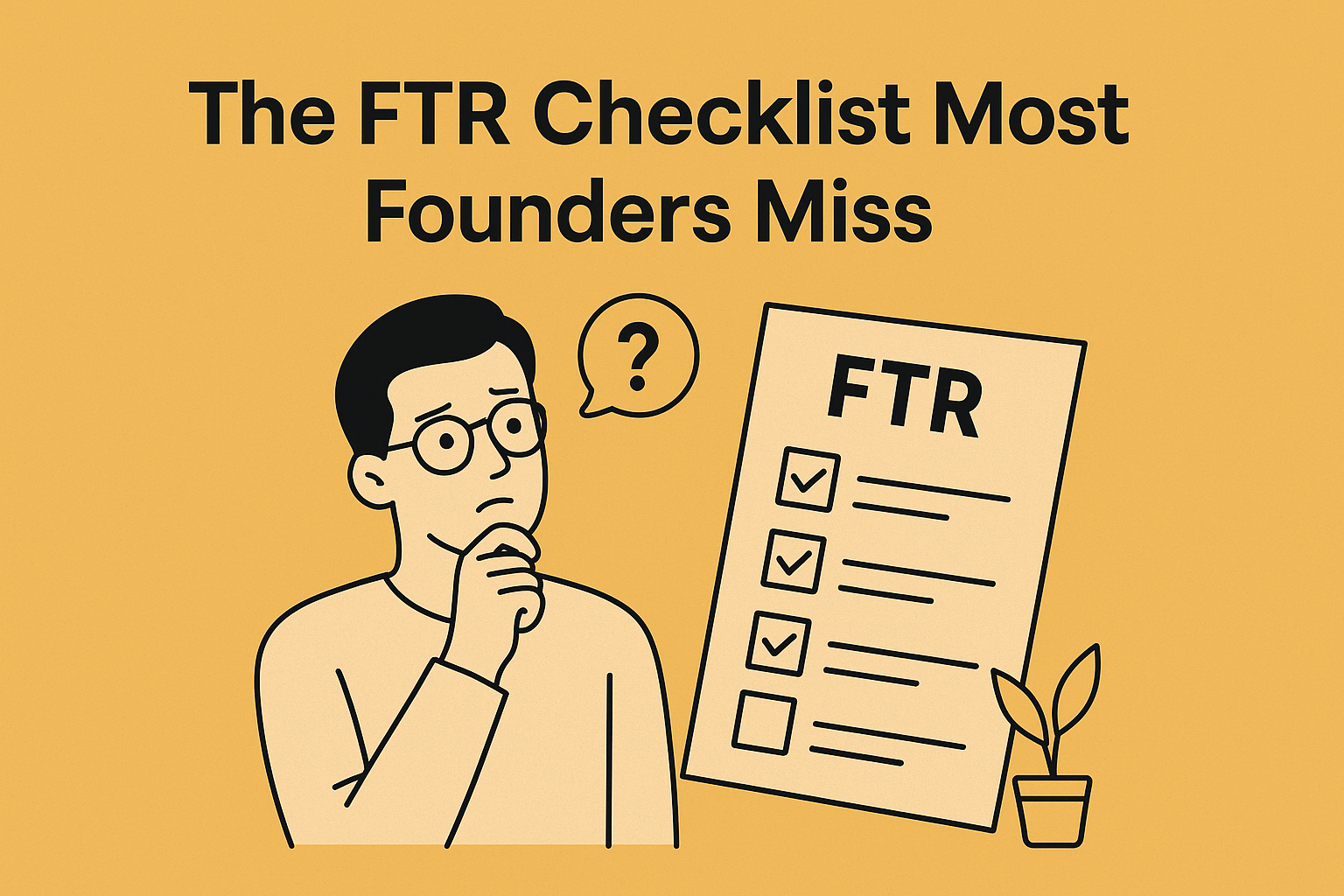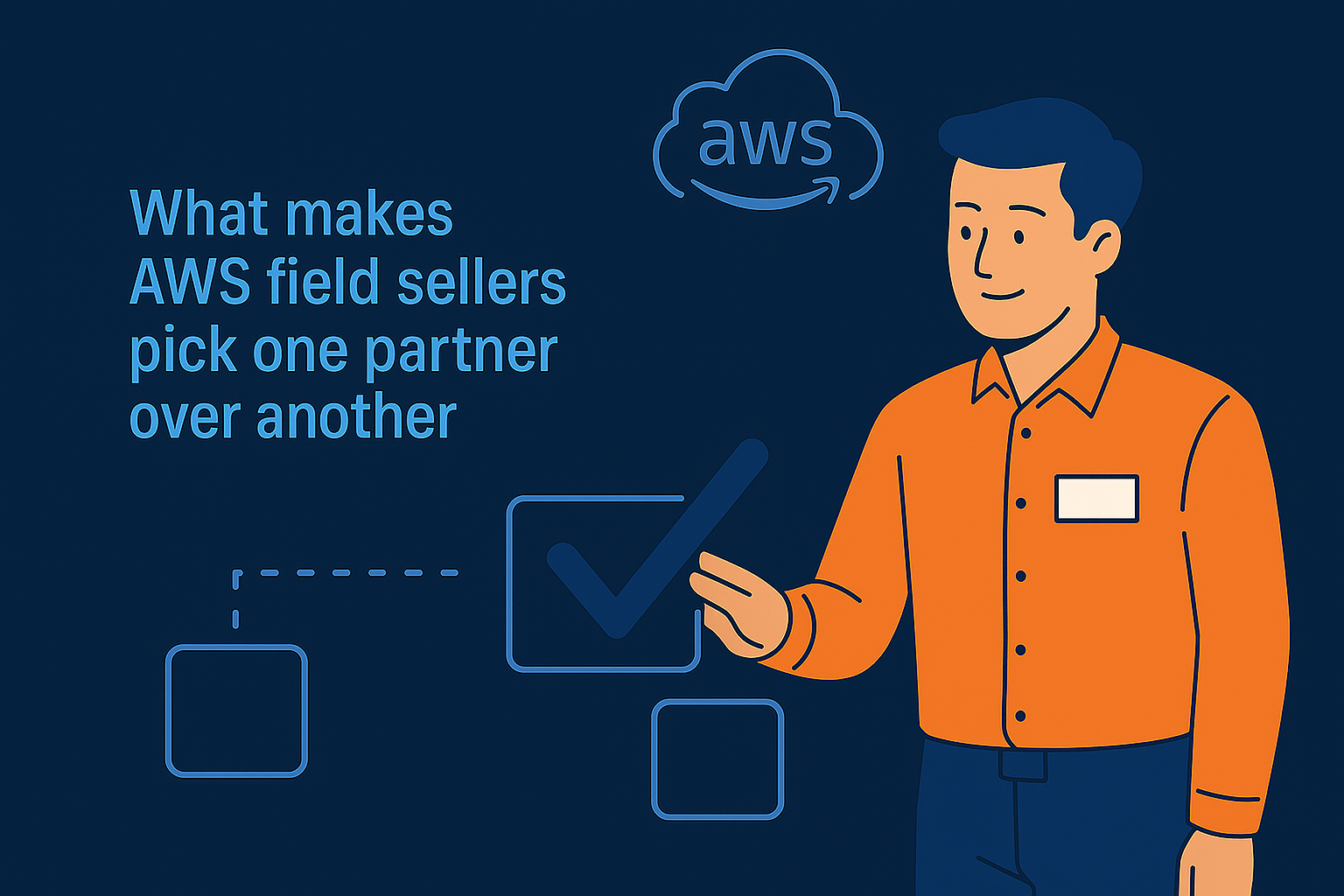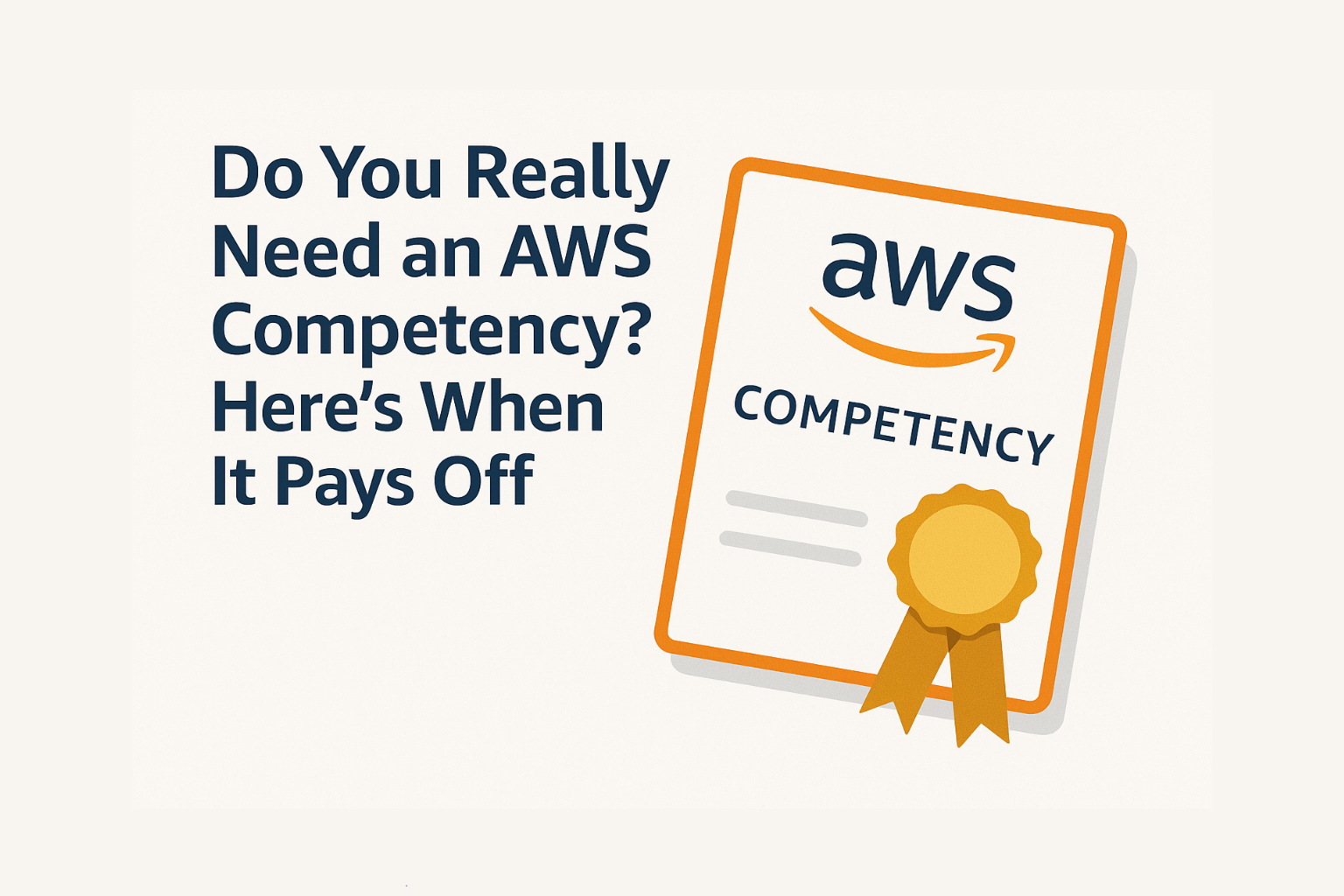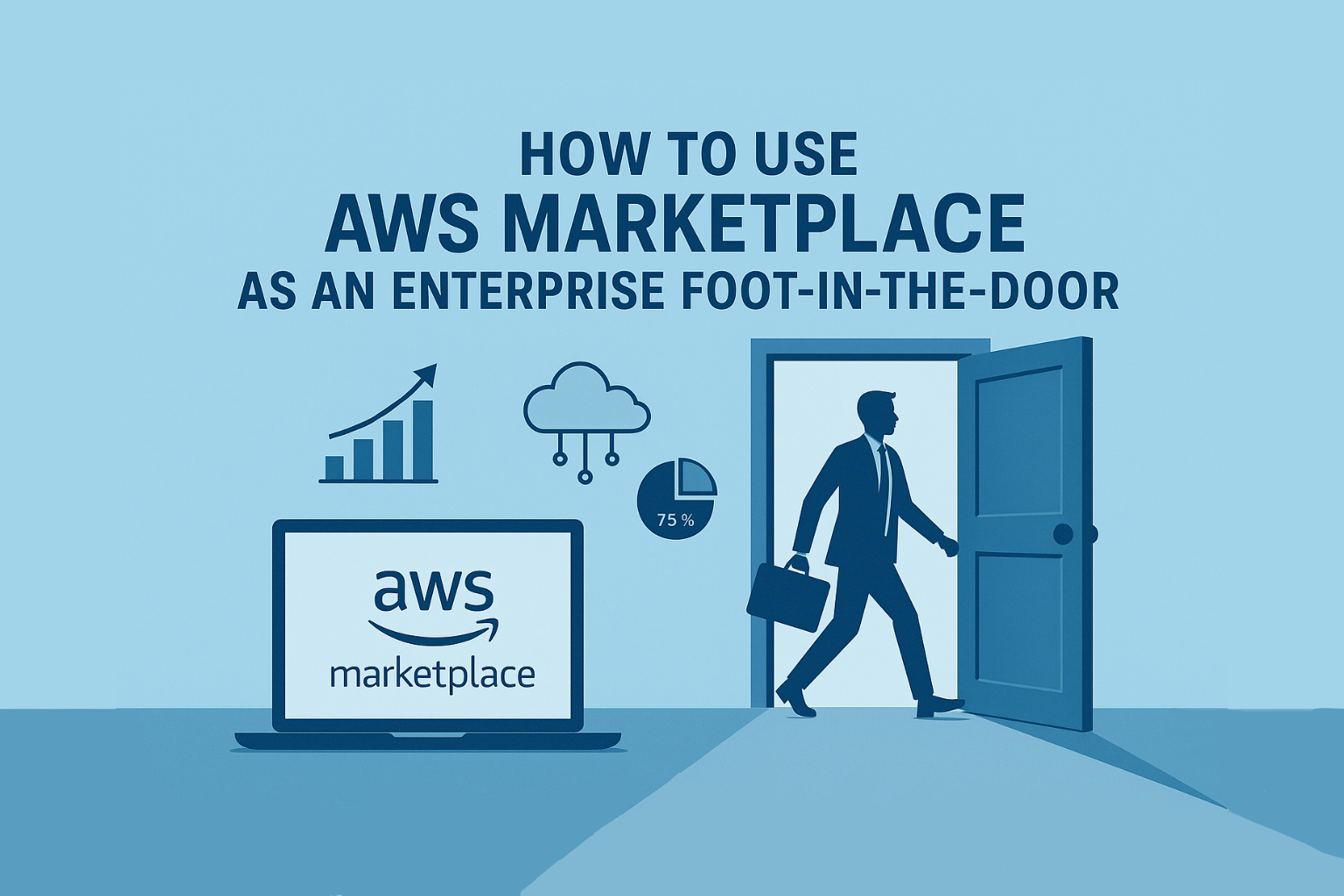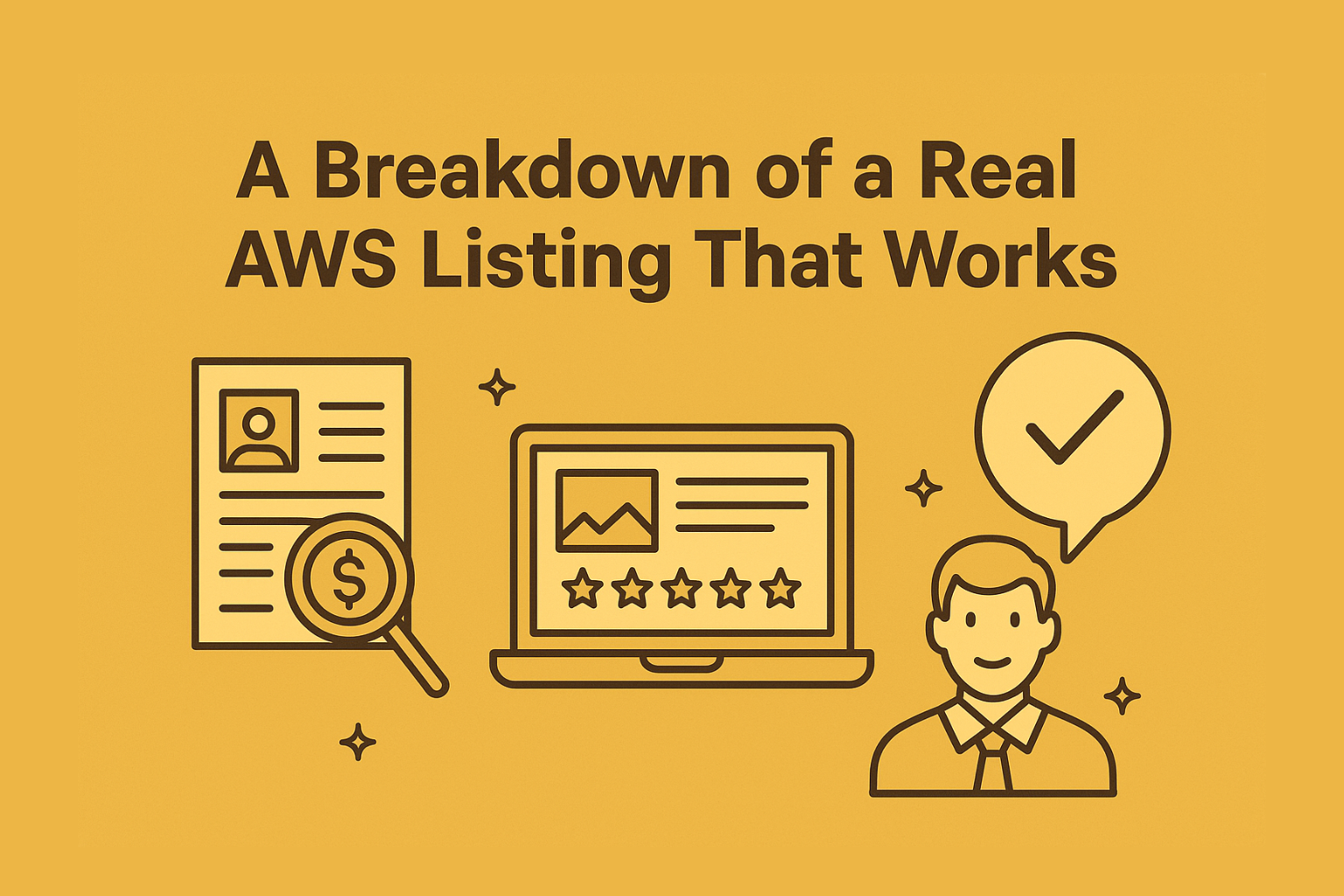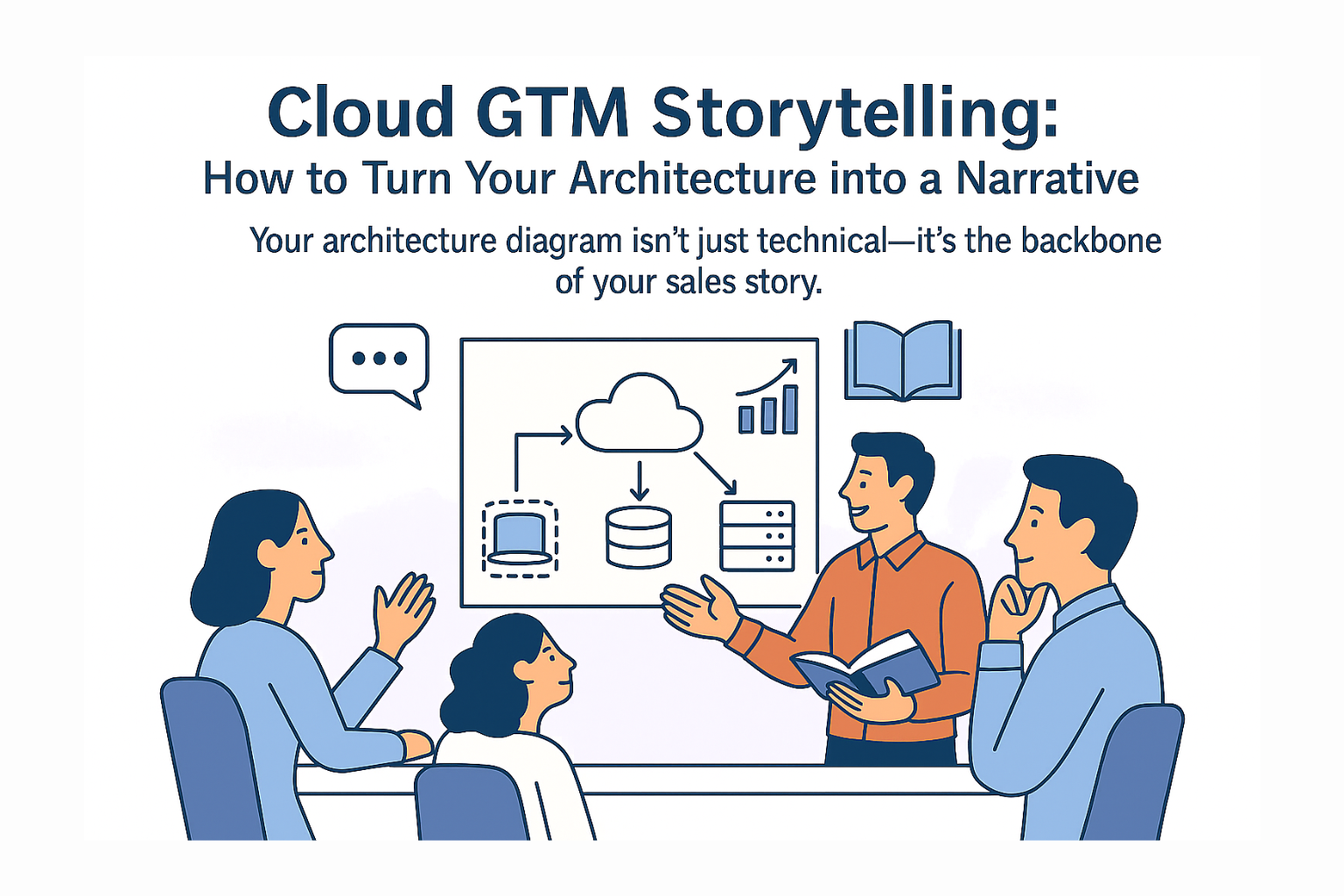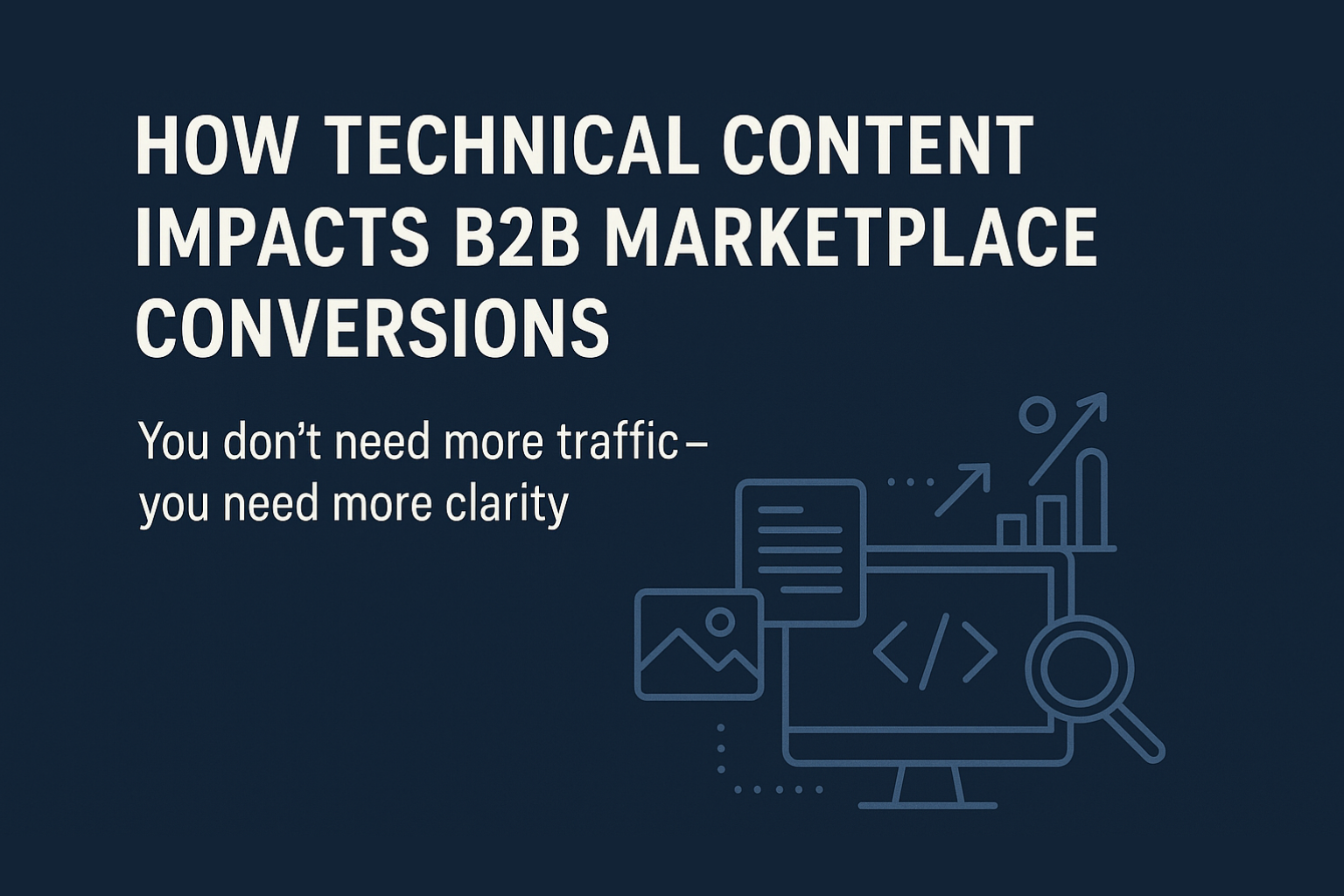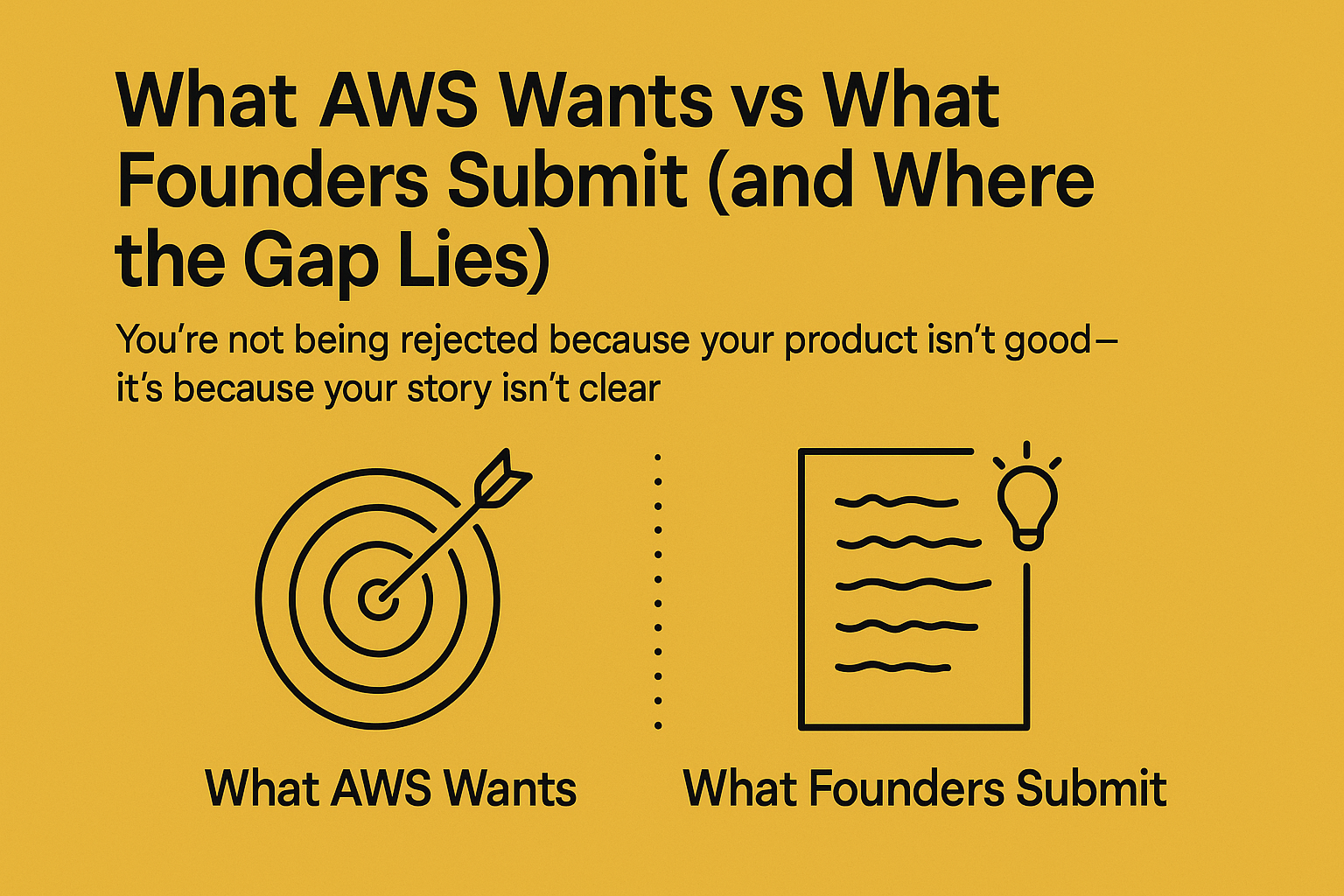Because “we’re a SaaS platform” isn’t enough
Introduction
When you’re listing on AWS Marketplace or preparing for a Co-Sell motion, your Solution Overview Document is often the first thing AWS Partner teams and reviewers read.
And if it doesn’t clearly explain what you do, how you do it, and why it matters on AWS, everything else—your case studies, deployment guide, and even your architecture—loses momentum.
This blog covers exactly what to include in your AWS-ready solution overview—and how to structure it for clarity, credibility, and Co-Sell alignment.
What’s the Purpose of the Solution Overview?
To answer this question—clearly and convincingly:
“What is your solution, and how does it deliver value on AWS?”
It should help AWS Partner Managers, Solution Architects, and even Account Executives quickly understand:
- What your product does
- Who it helps
- What AWS services it leverages
- Why it’s technically and commercially validated
- And how they can position it with their customers
Essential Sections in an AWS-Ready Solution Overview
| Section | What to Include |
|---|---|
| Product Summary | A 3–4 sentence overview of your solution—what it does, who it’s for, and what problem it solves |
| Key Features | Bullet list of high-value features or capabilities (especially those that align with AWS GTM focus areas: AI/ML, security, DevOps, etc |
| AWS Architecture | Short explanation (plus visual, if possible) of how your product is deployed on AWS |
| AWS Services Used | List AWS-native services you rely on—e.g., Amazon S3, RDS, KMS, ECS, Lambda |
| Differentiators | Why your product is better/faster/stronger than others in the same category |
| Target Customers / Industries | Which verticals, regions, or customer types you serve |
| Business Outcomes | Key impact metrics: reduced cost, faster deployment, better compliance, improved performance |
| Partner Readiness | Co-Sell status, Marketplace listing status, Competency status (if applicable) |
Writing Tips for a Reviewer-First Solution Overview
- Keep it non-jargon-heavy—remember, it’s often read by GTM leaders, not just engineers
- Lead with the problem you solve, not just your features
- Always connect your solution back to AWS infrastructure
- Mention how customers deploy, use, and benefit from your solution on AWS
- Add metrics and short customer examples wherever possible
Common Mistakes to Avoid
- Overloading with buzzwords (“AI-powered cloud-native digital orchestration layer”)
- No mention of AWS services or architecture
- Features listed without context (“Real-time sync”—for what?)
- Sounding like a sales brochure instead of a strategic overview
- Too long—if it’s more than 2 pages, it’s probably not getting read
Tip: If a Partner Manager can’t pitch your solution from this doc alone, it’s not ready yet.
Why It Matters Beyond Validation
Your Solution Overview isn’t just for AWS submissions.
It also powers:
- Marketplace listings
- Co-Sell briefing decks
- Account team enablement
- Customer onboarding collateral
- Press kits and product sheets
Treat it like your technical elevator pitch built to scale.
Conclusion
Your AWS Solution Overview isn’t fluff; it’s a validation asset and a sales enabler.
Done well, it helps AWS teams:
- Understand your value
- Trust your deployment model
- And position your product confidently in front of buyers
Want to see a real-world Solution Overview that passed AWS Co-Sell review?
Contact us for more details

